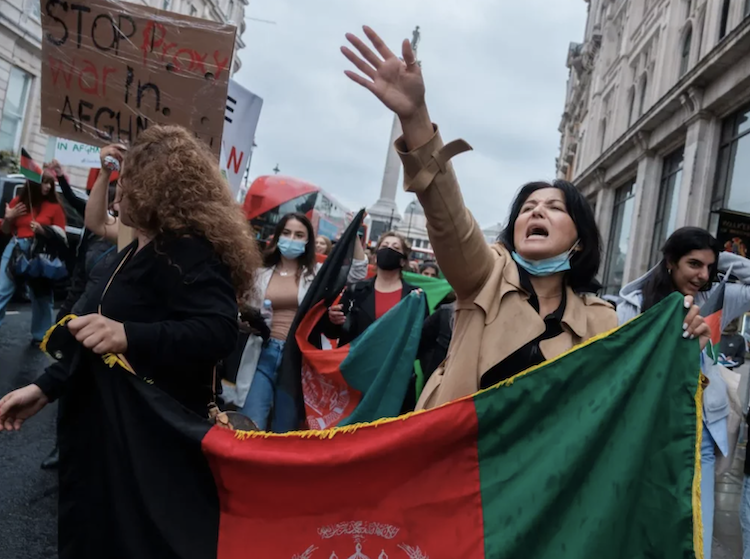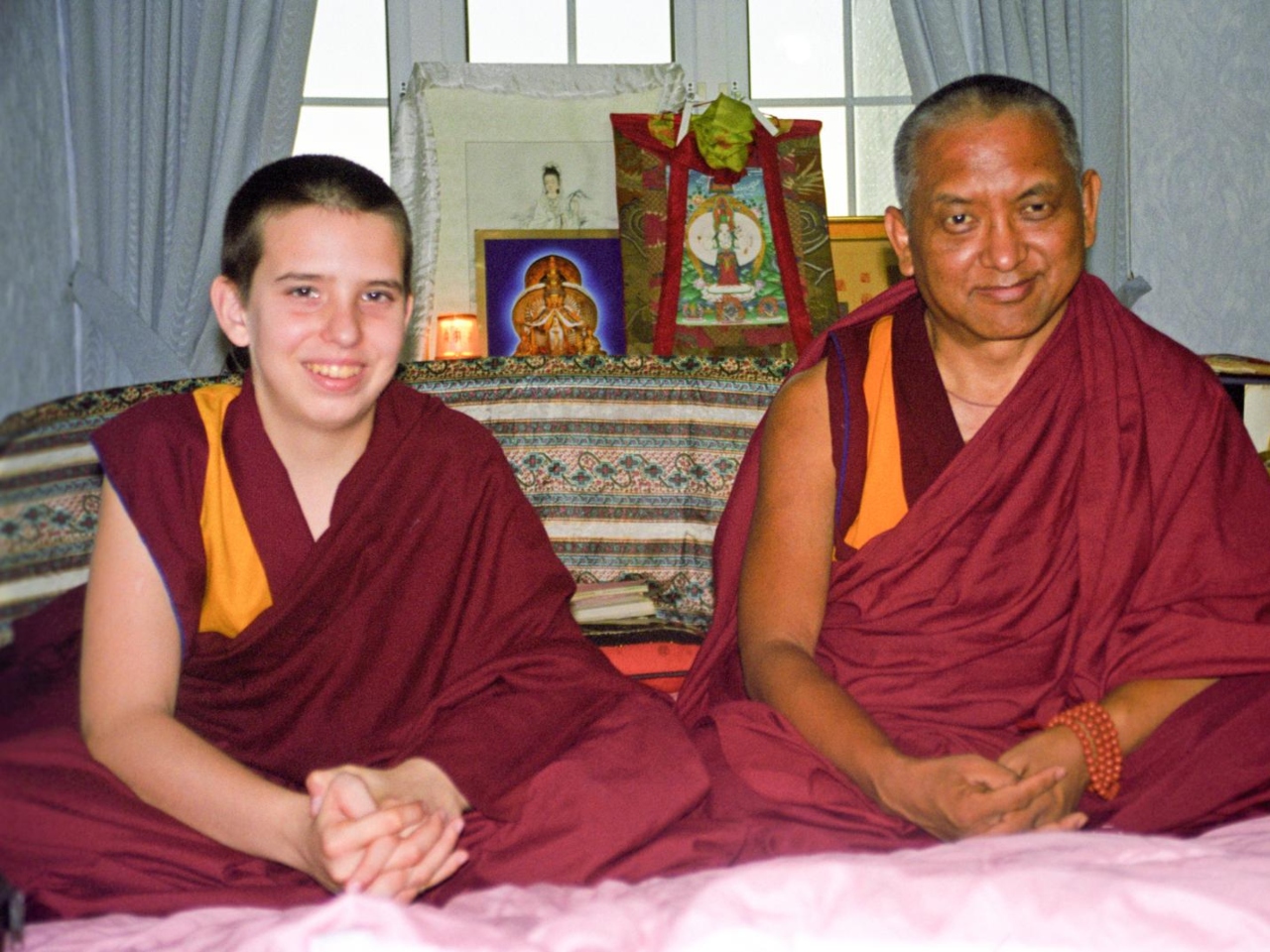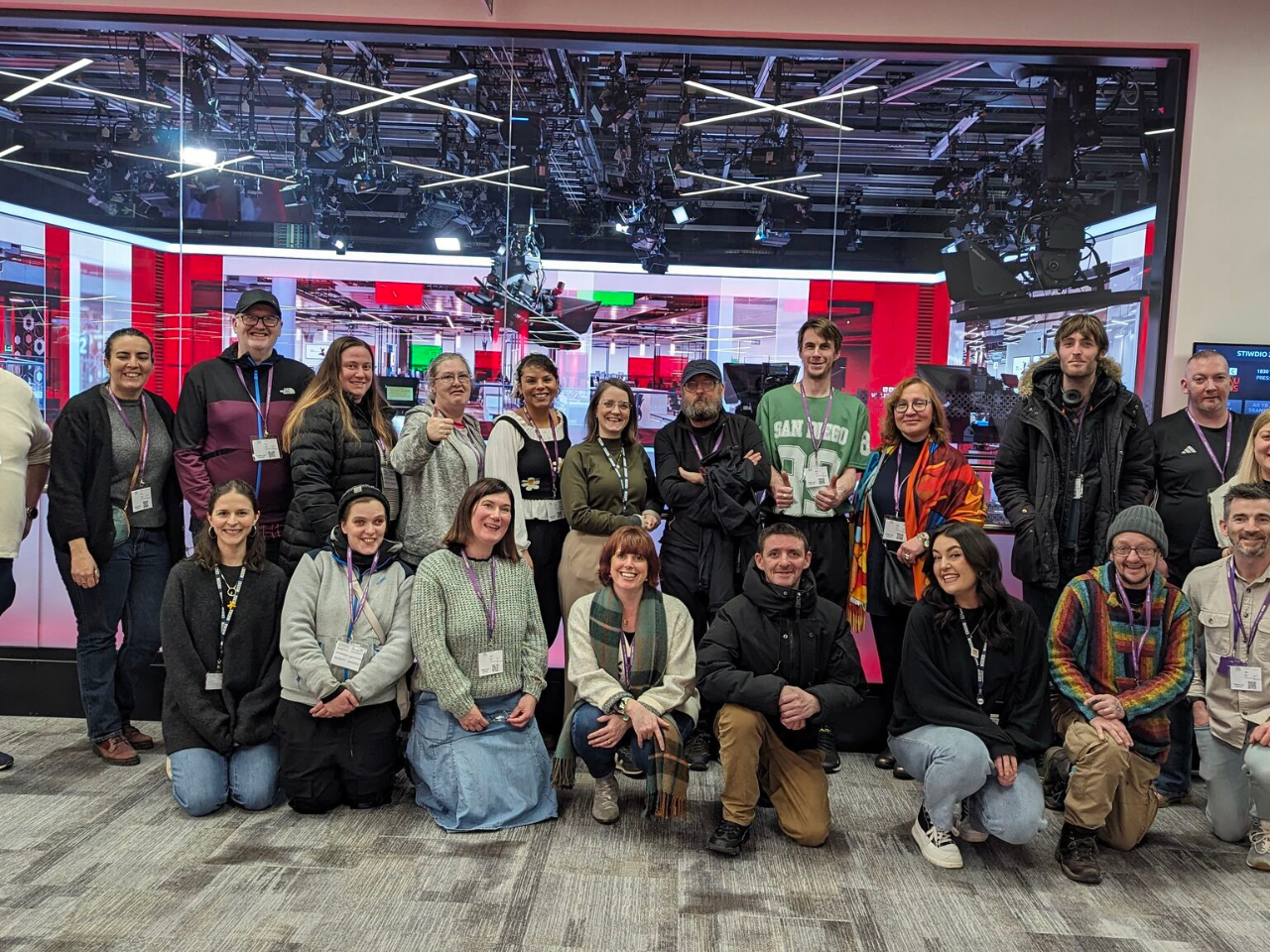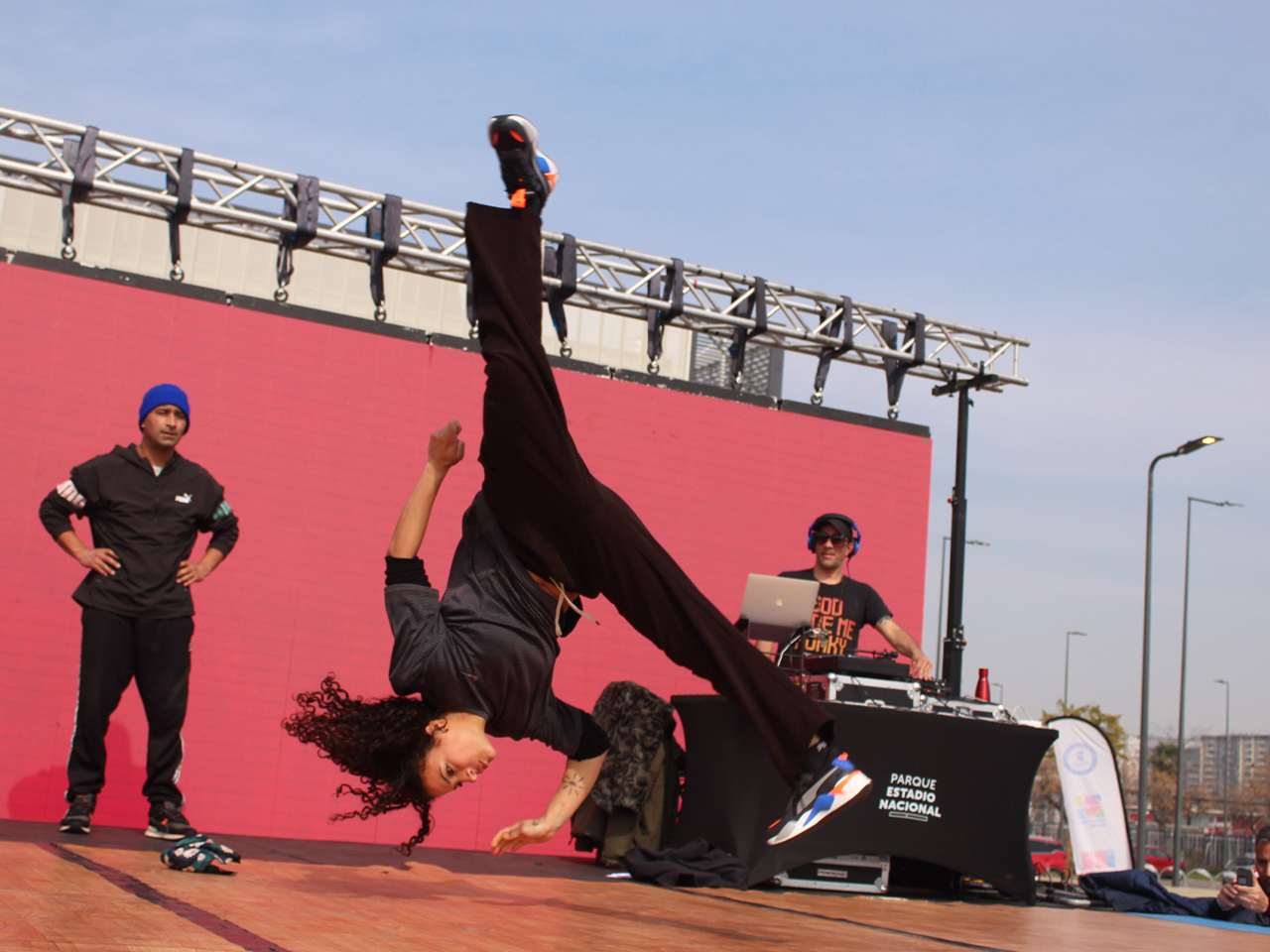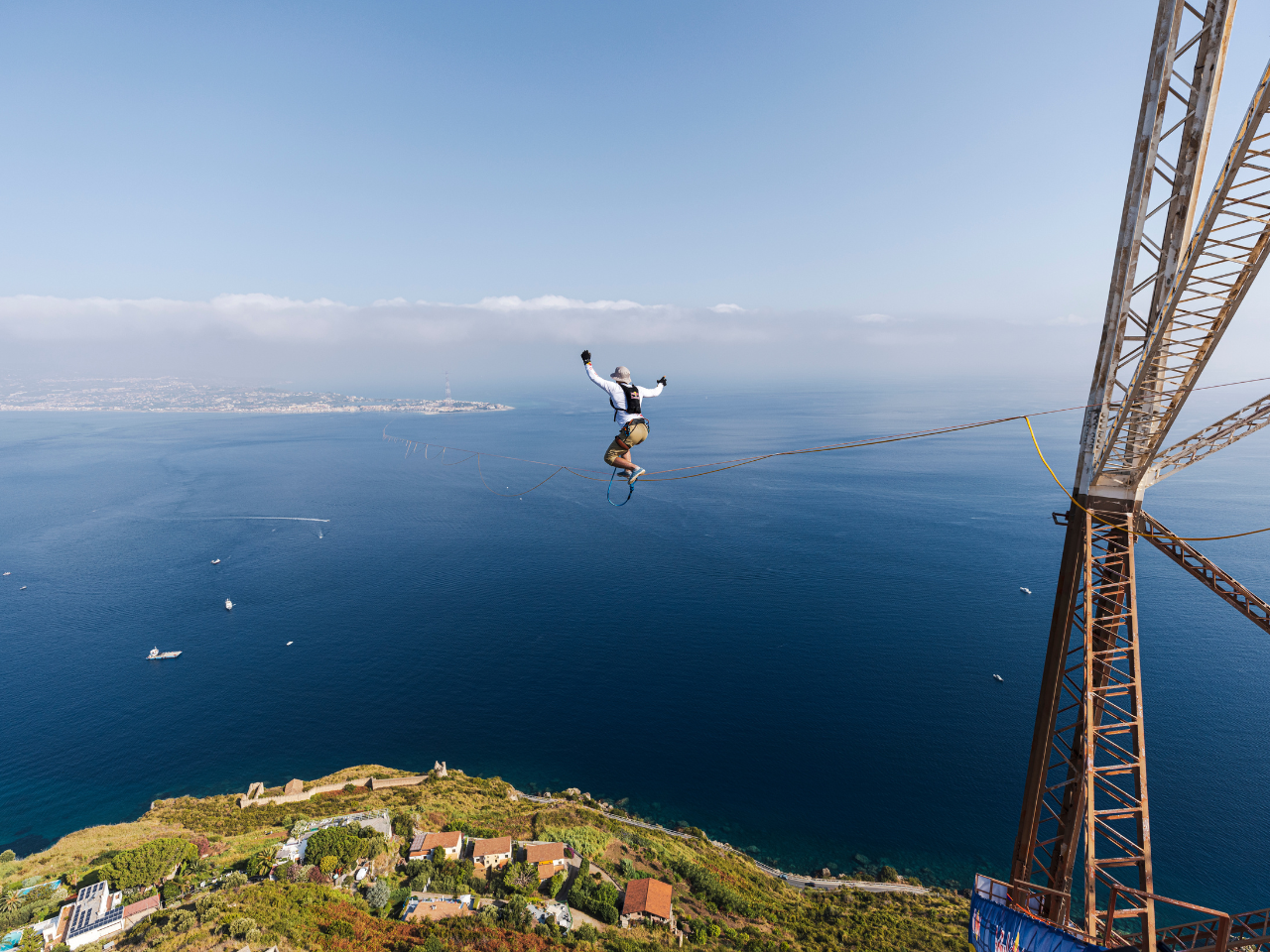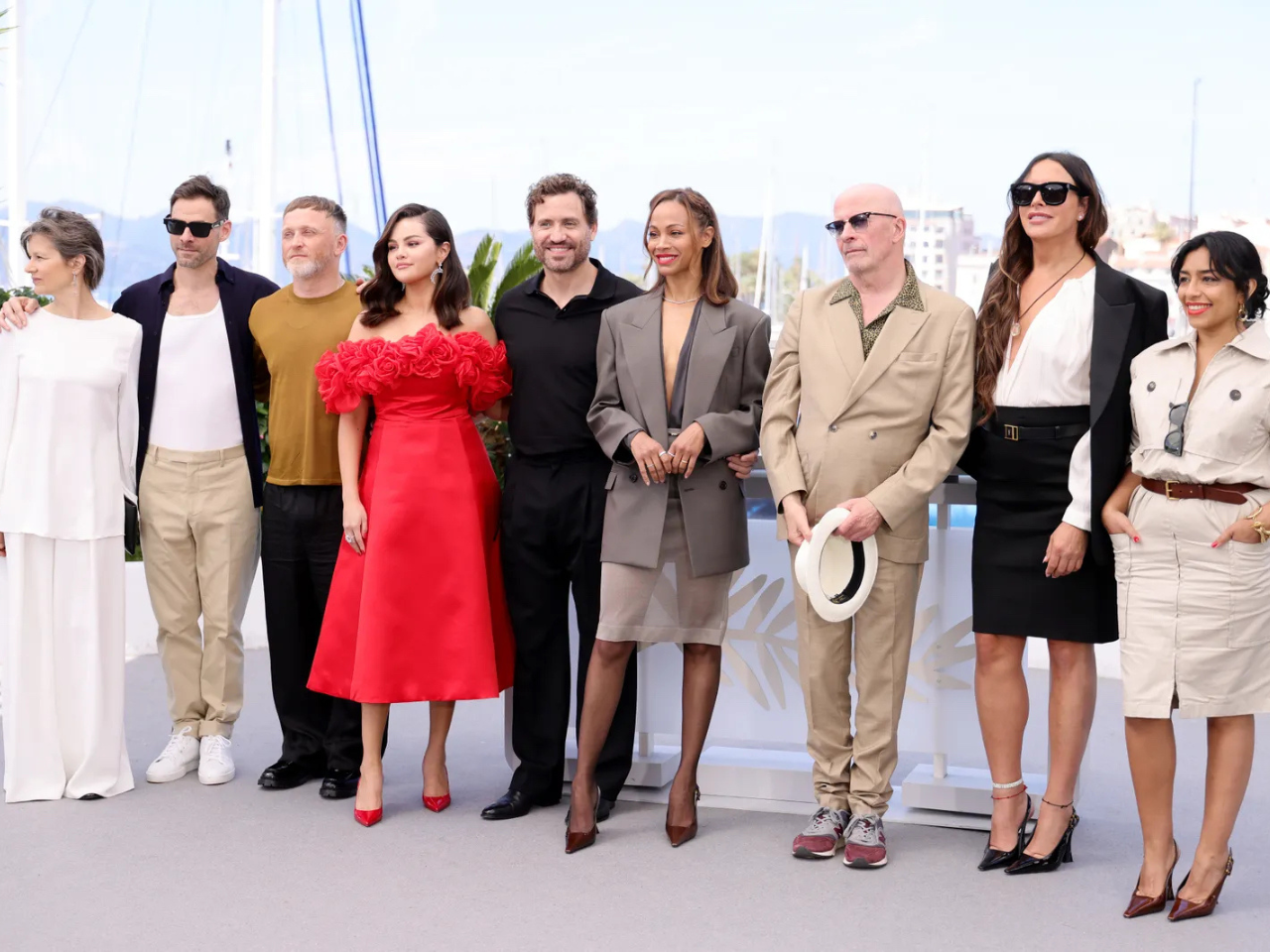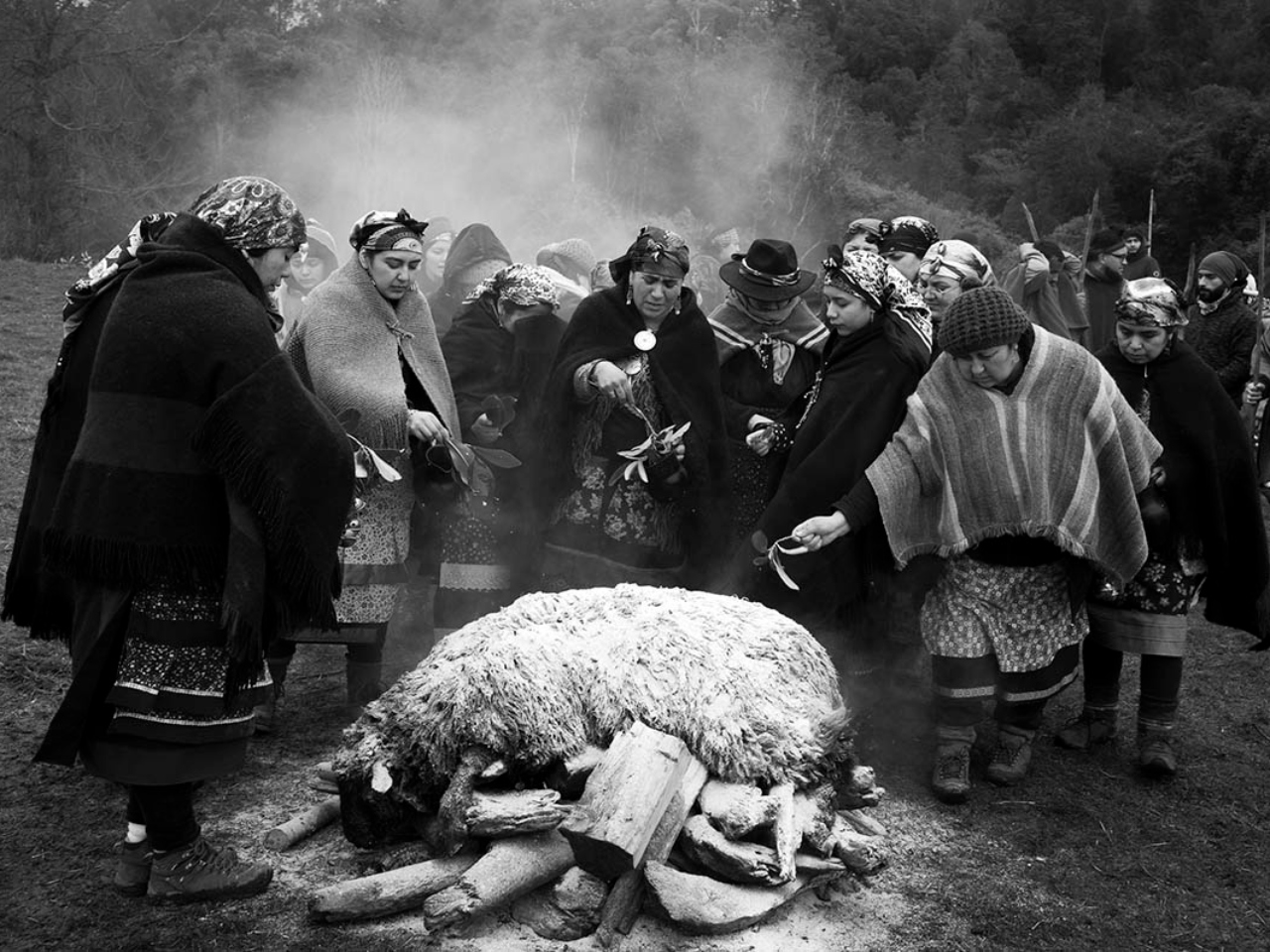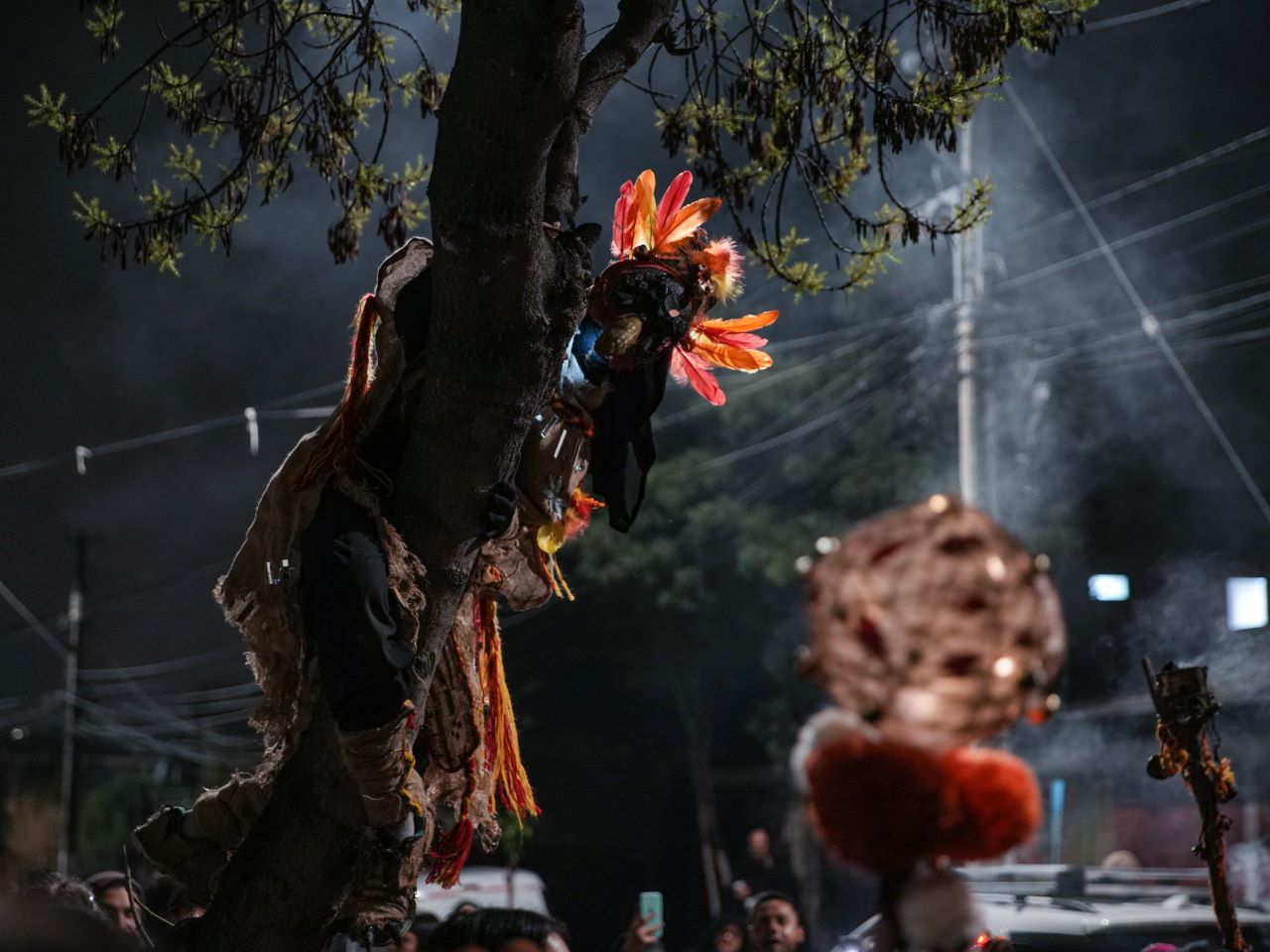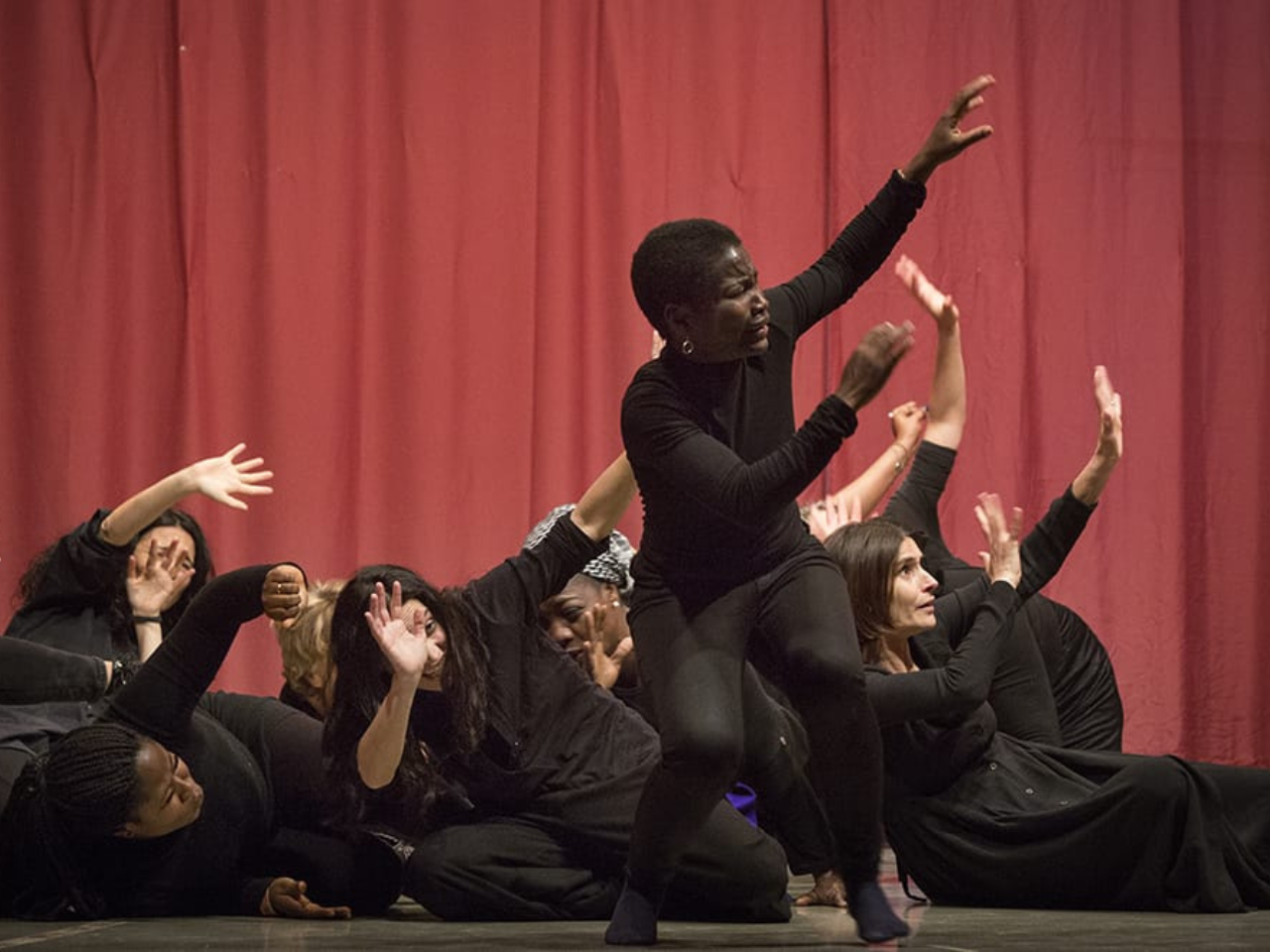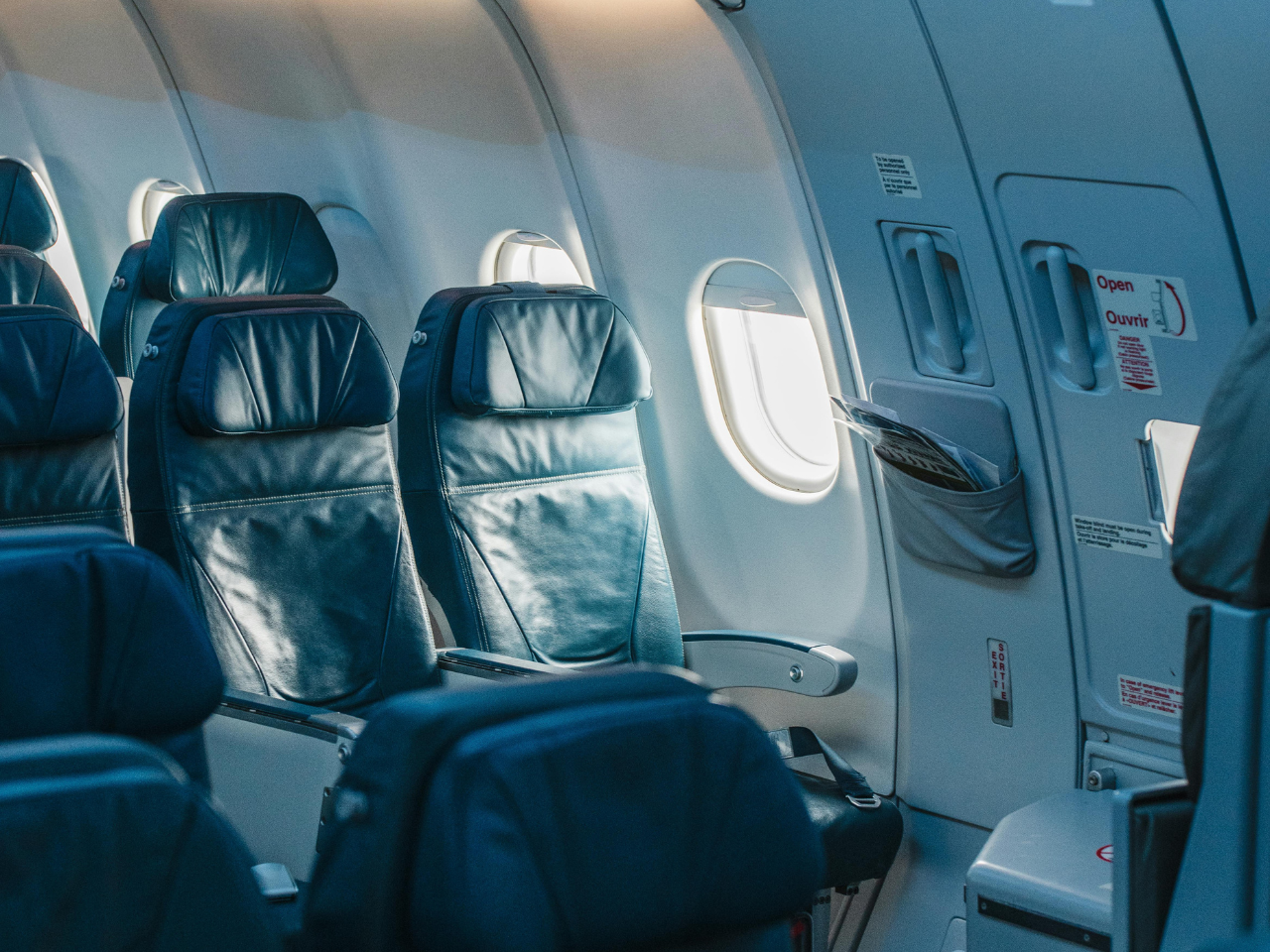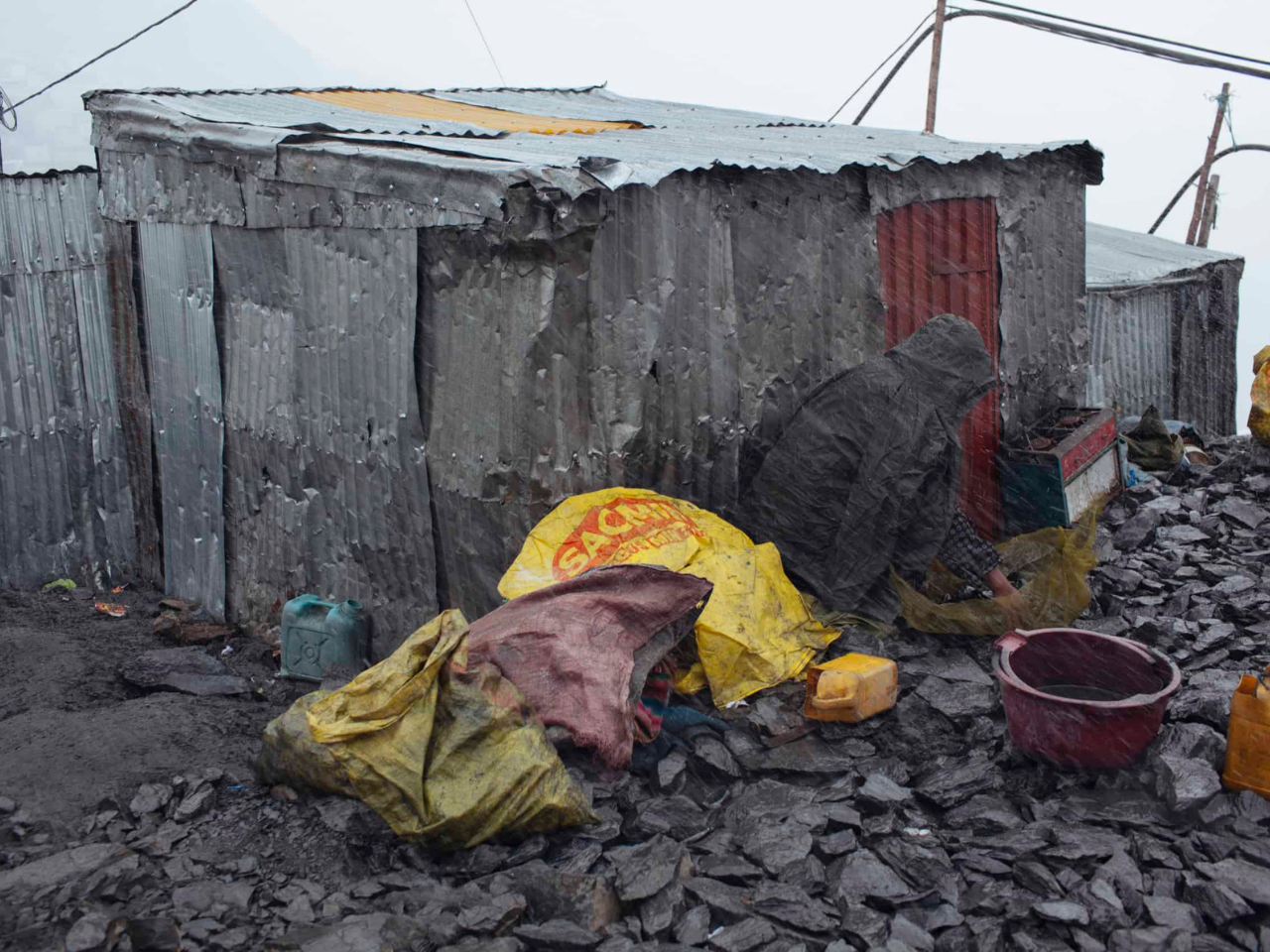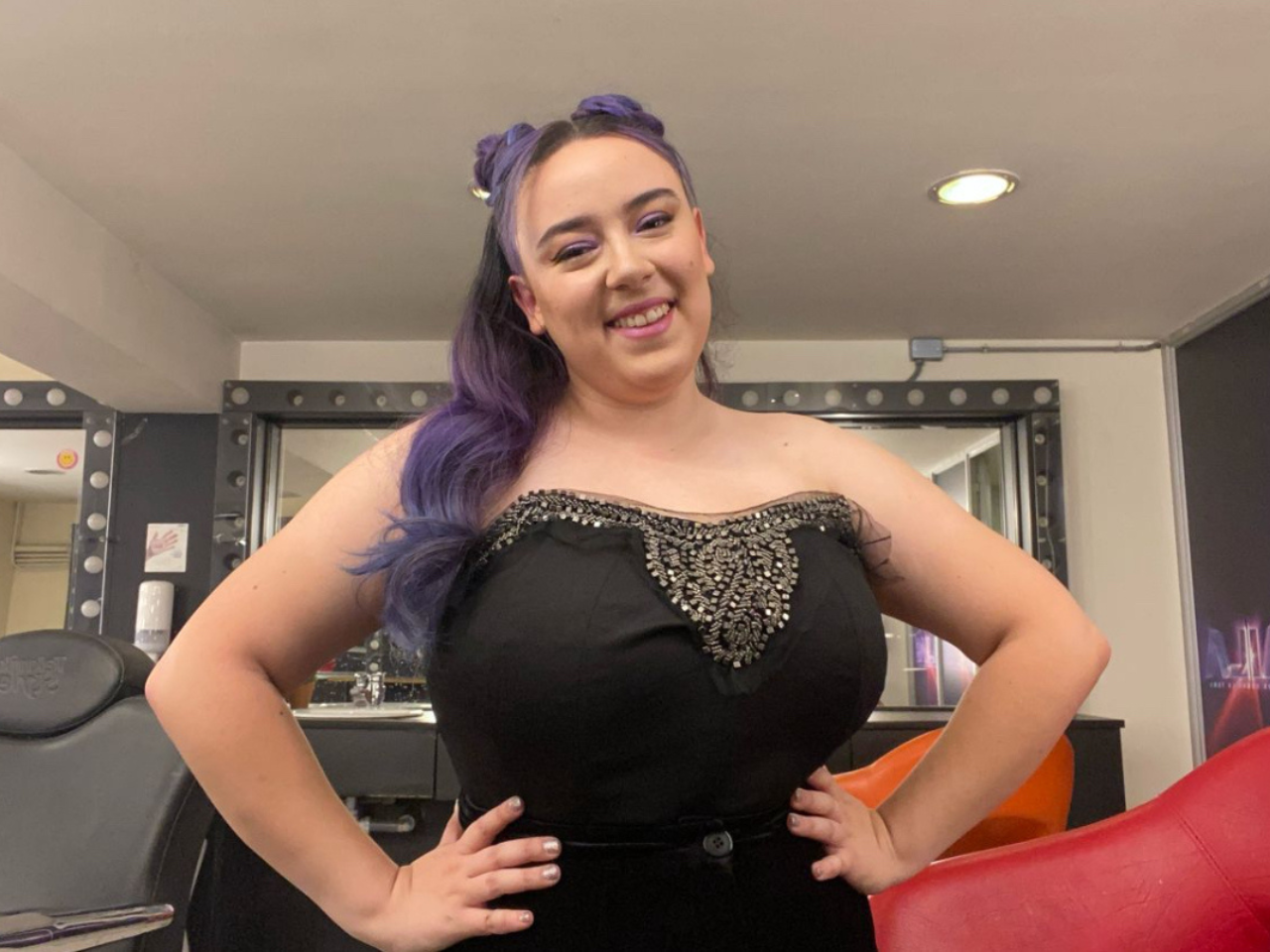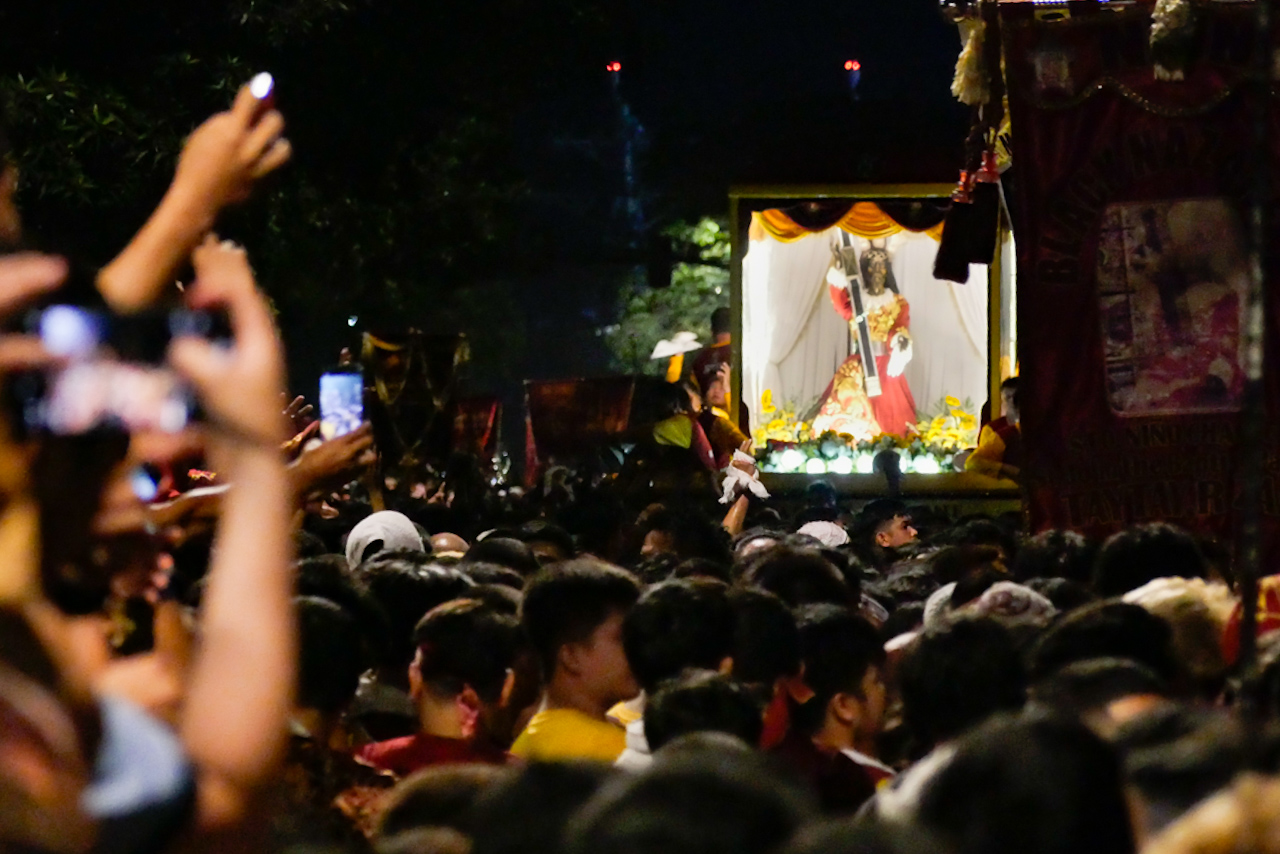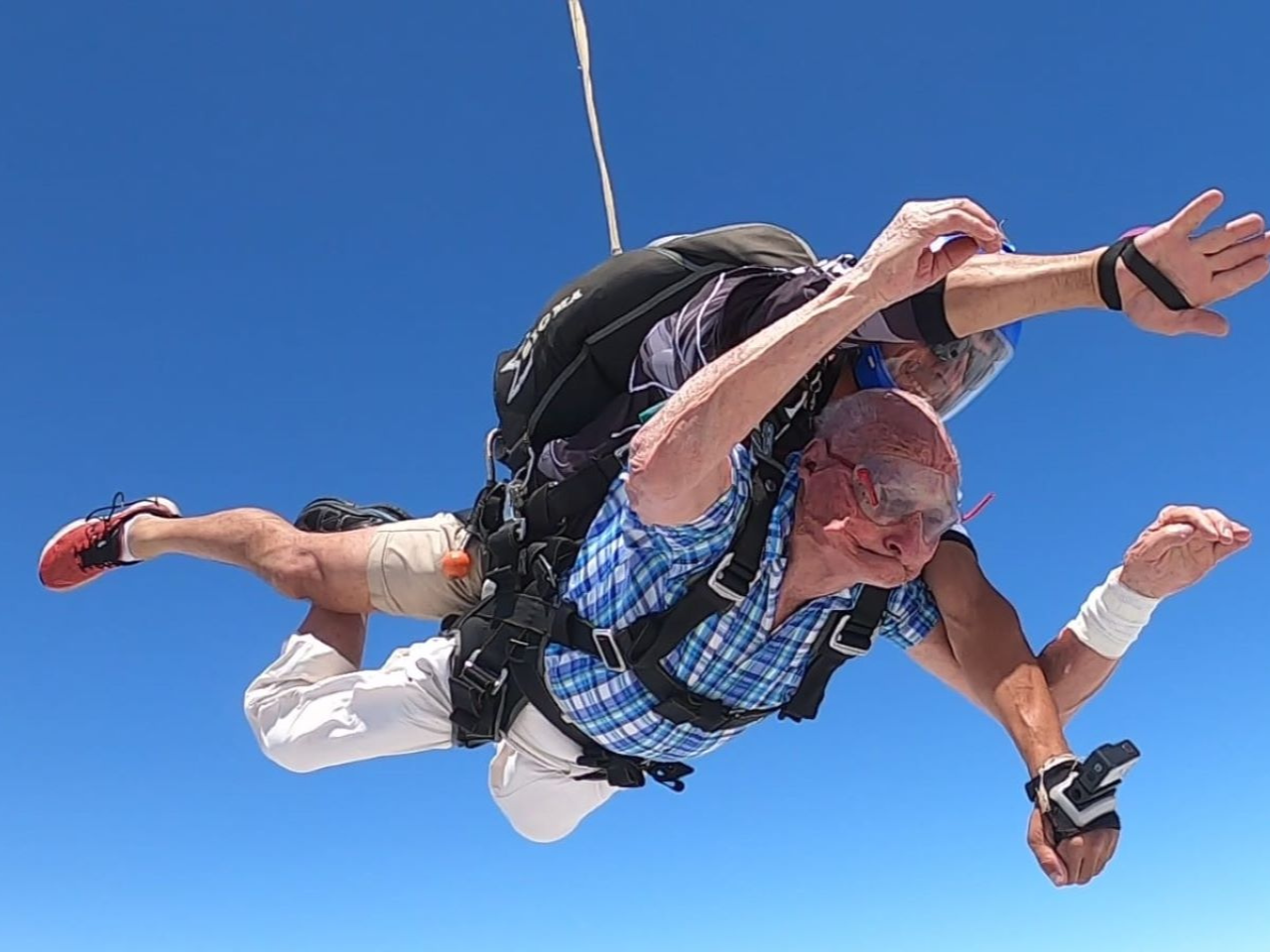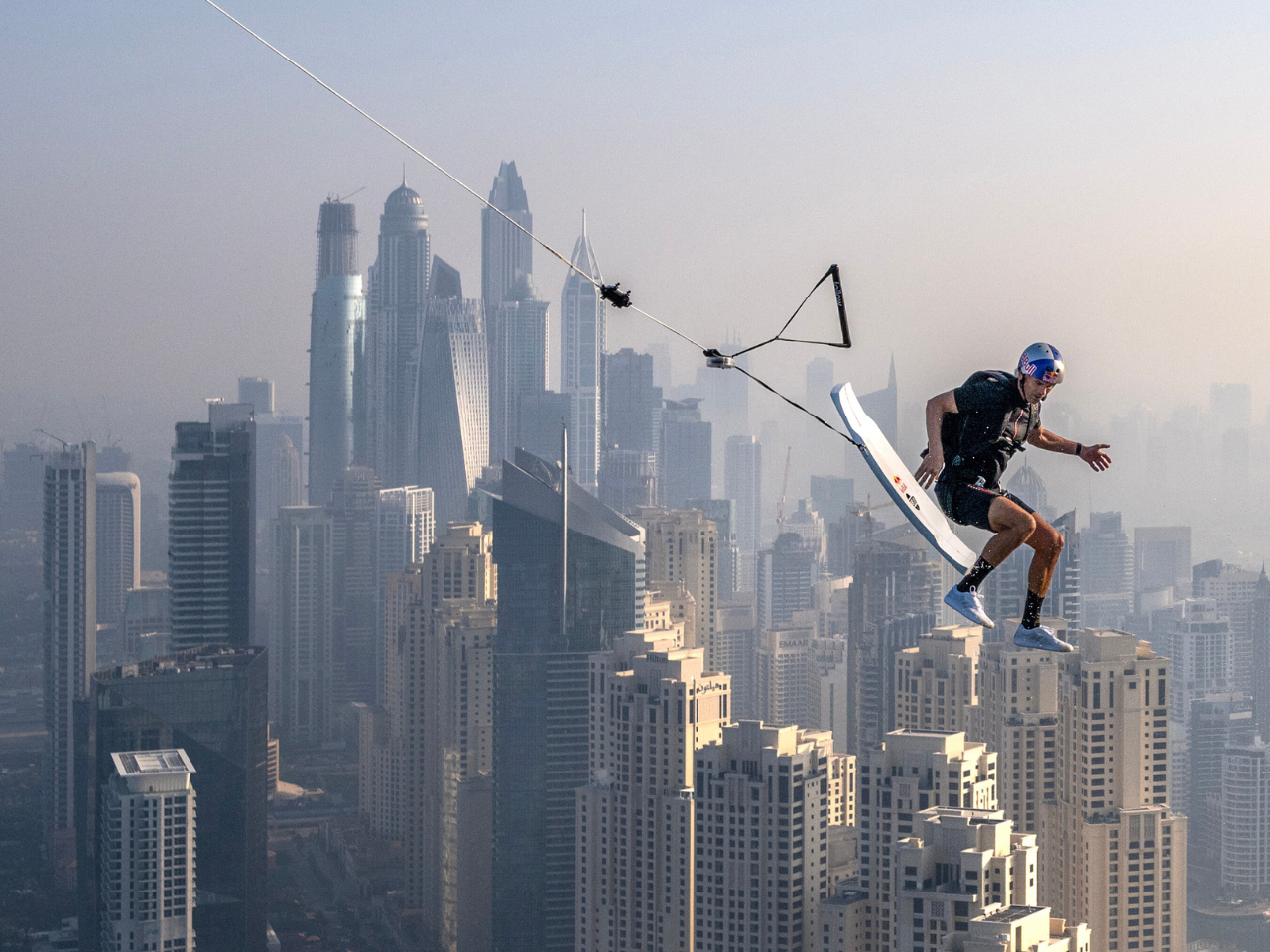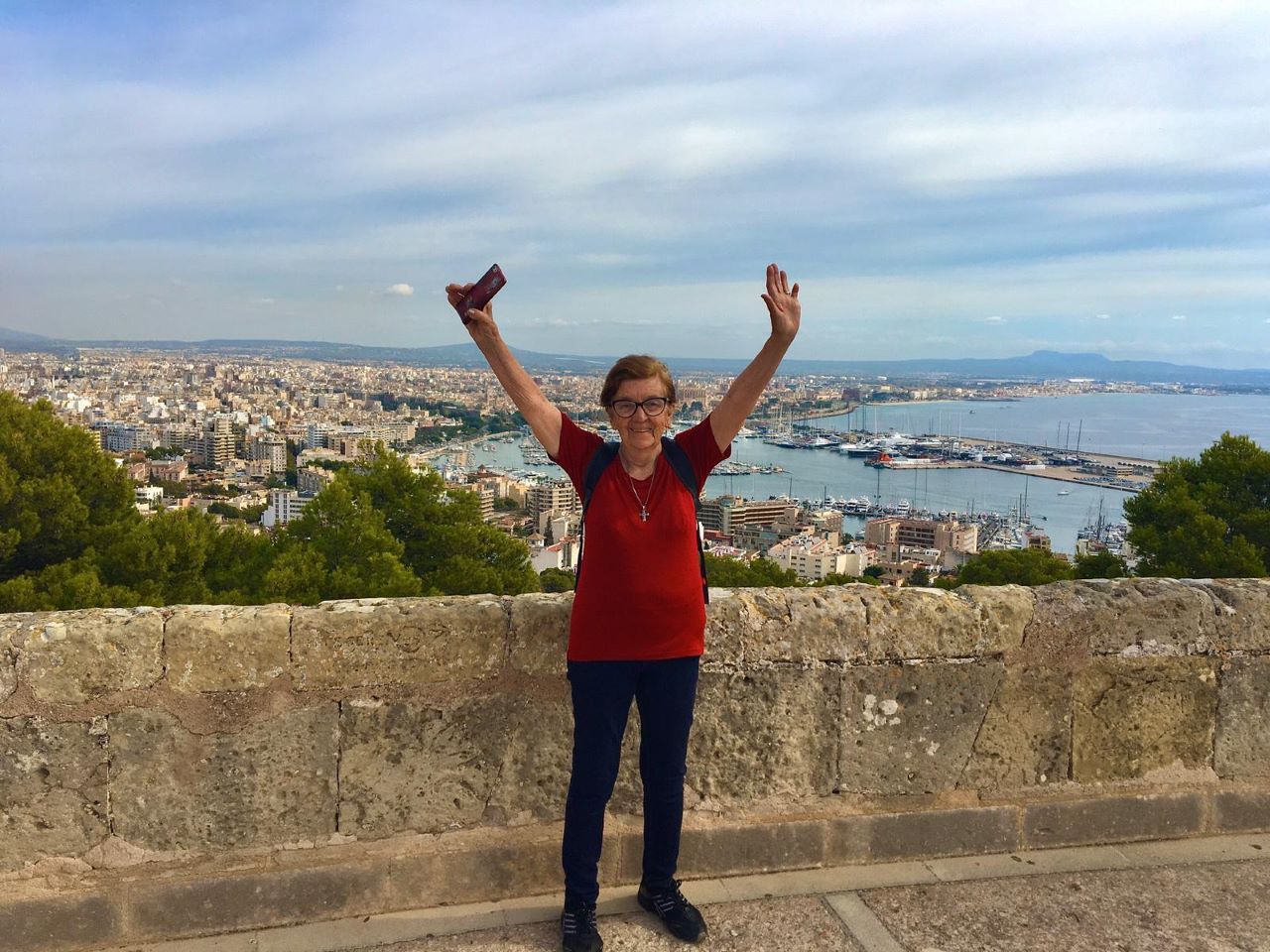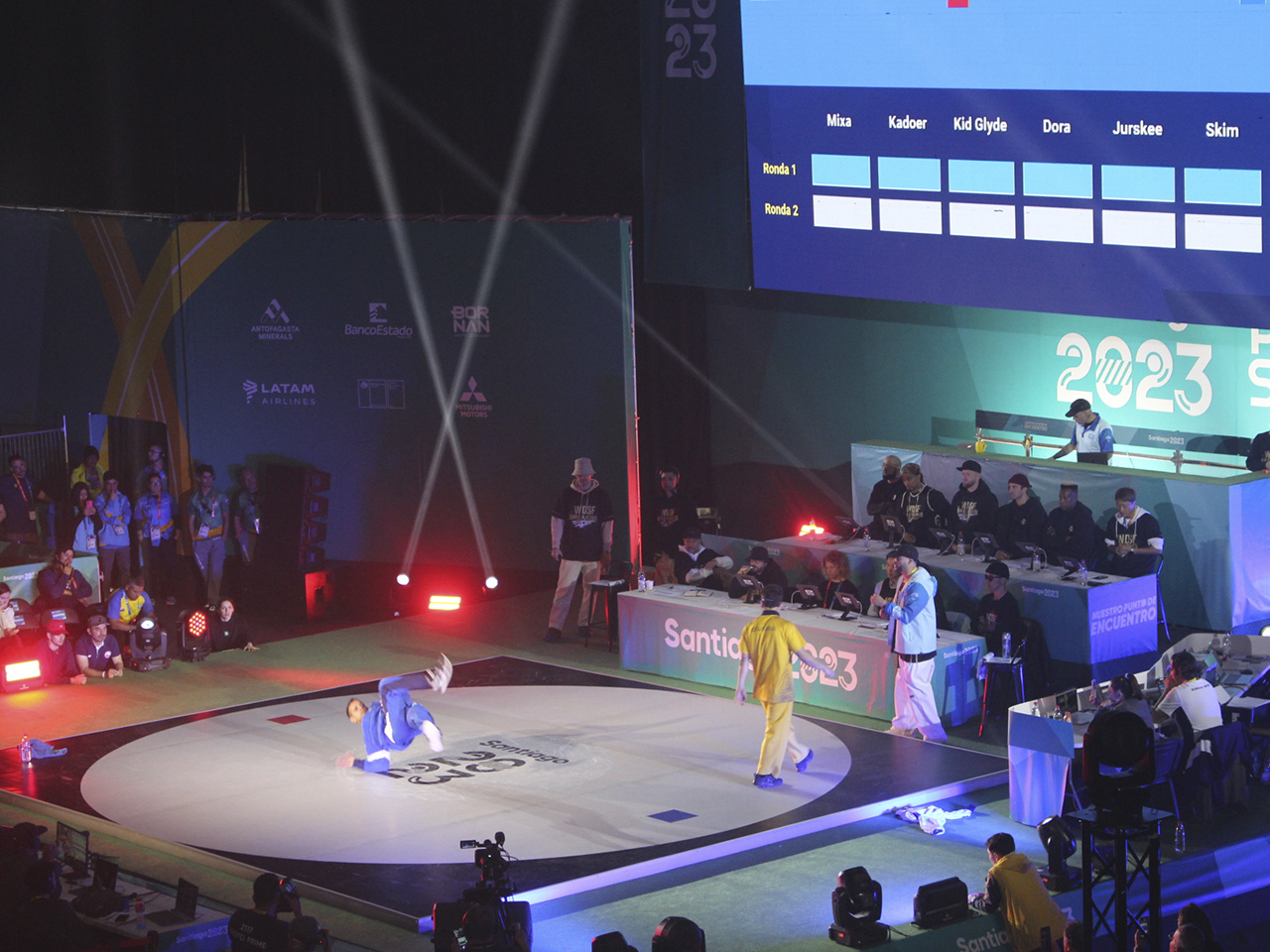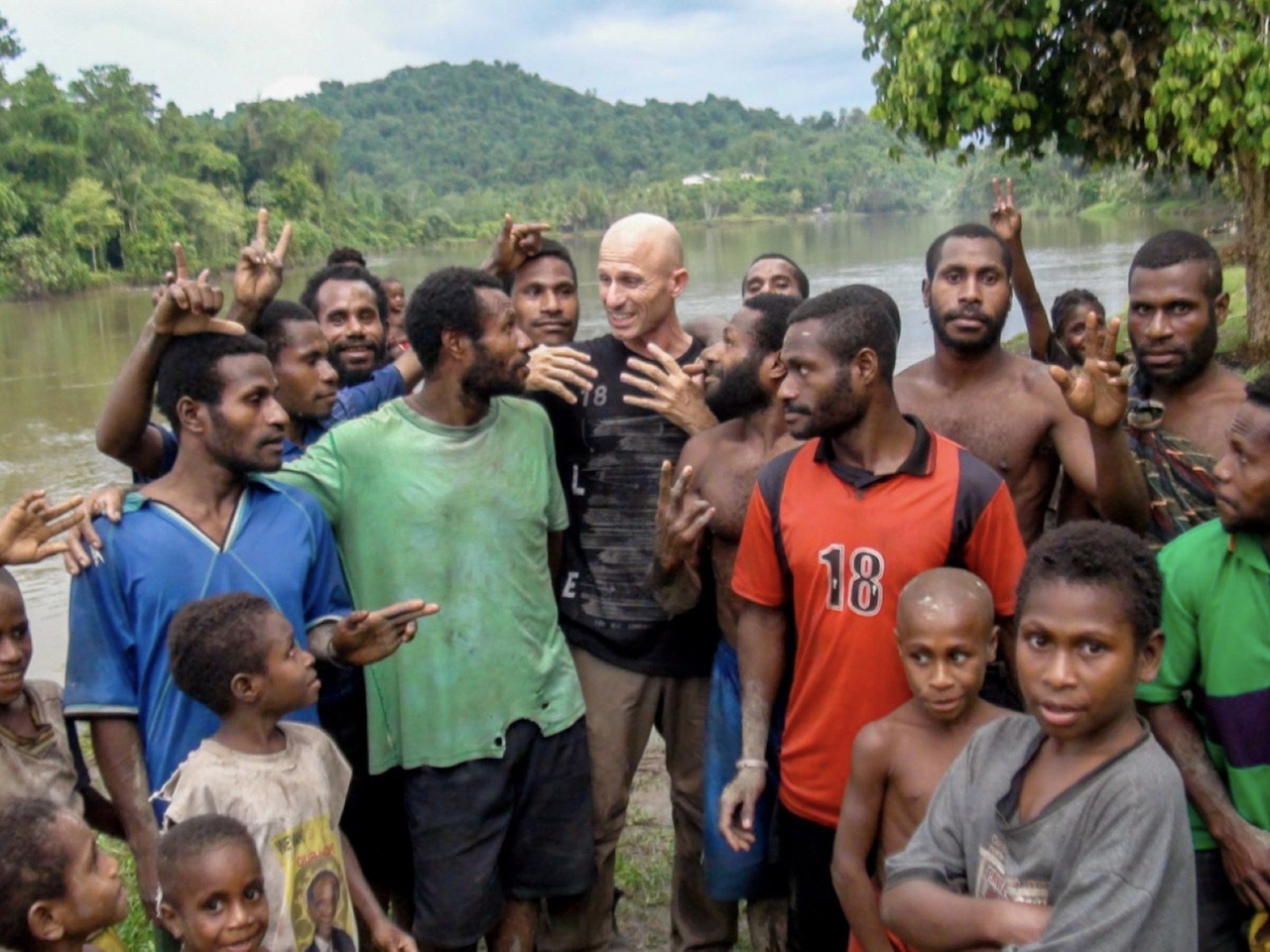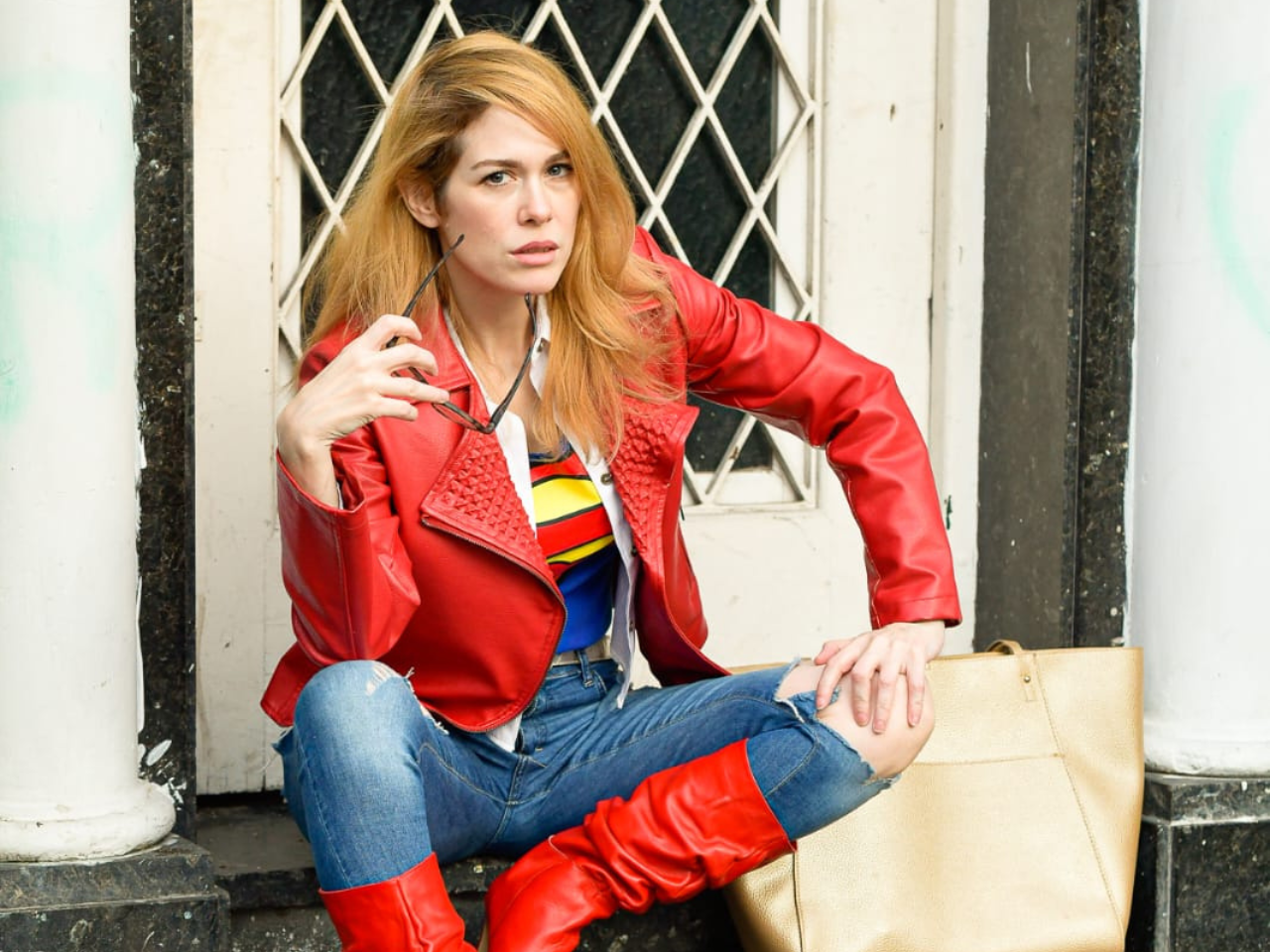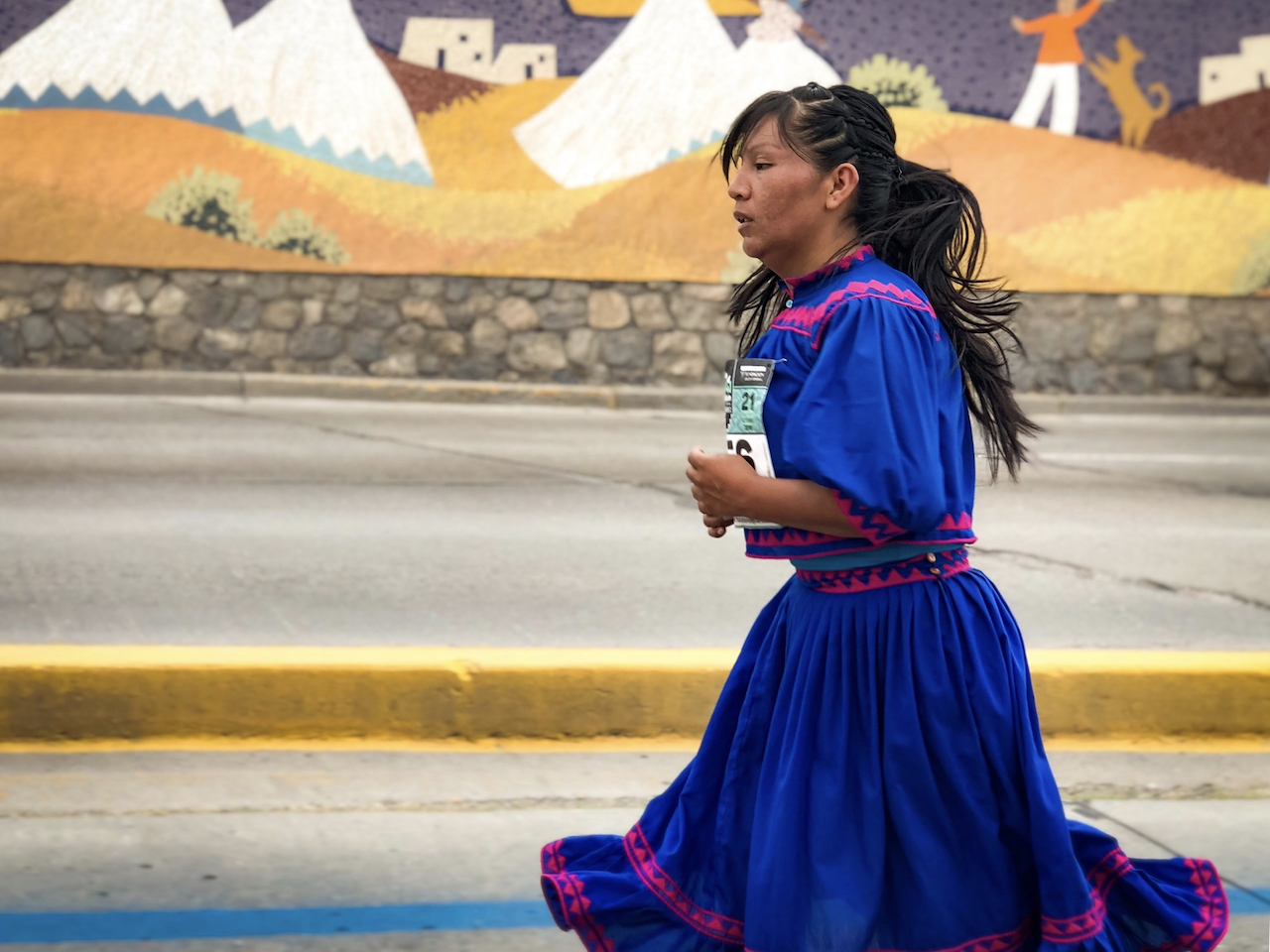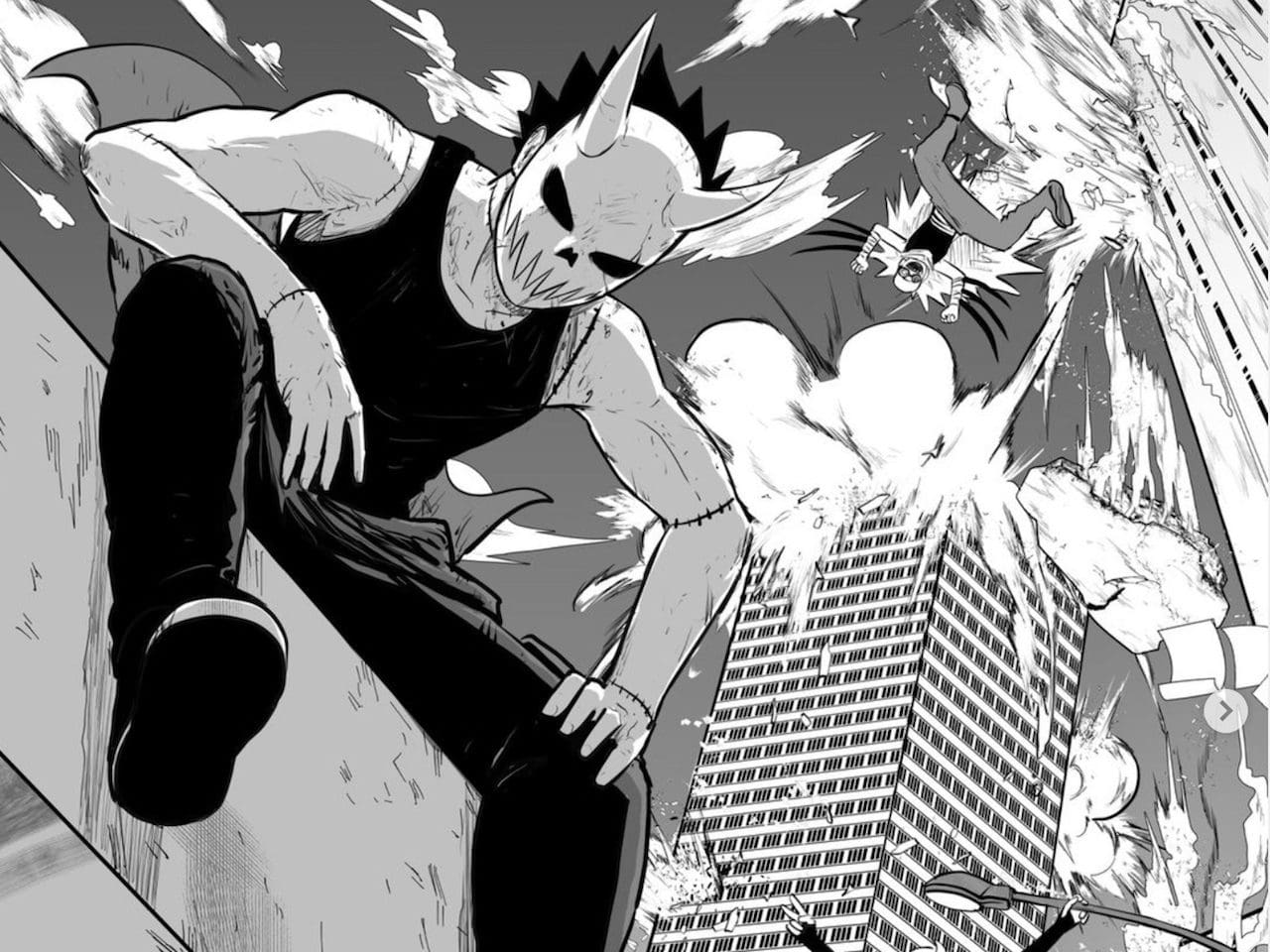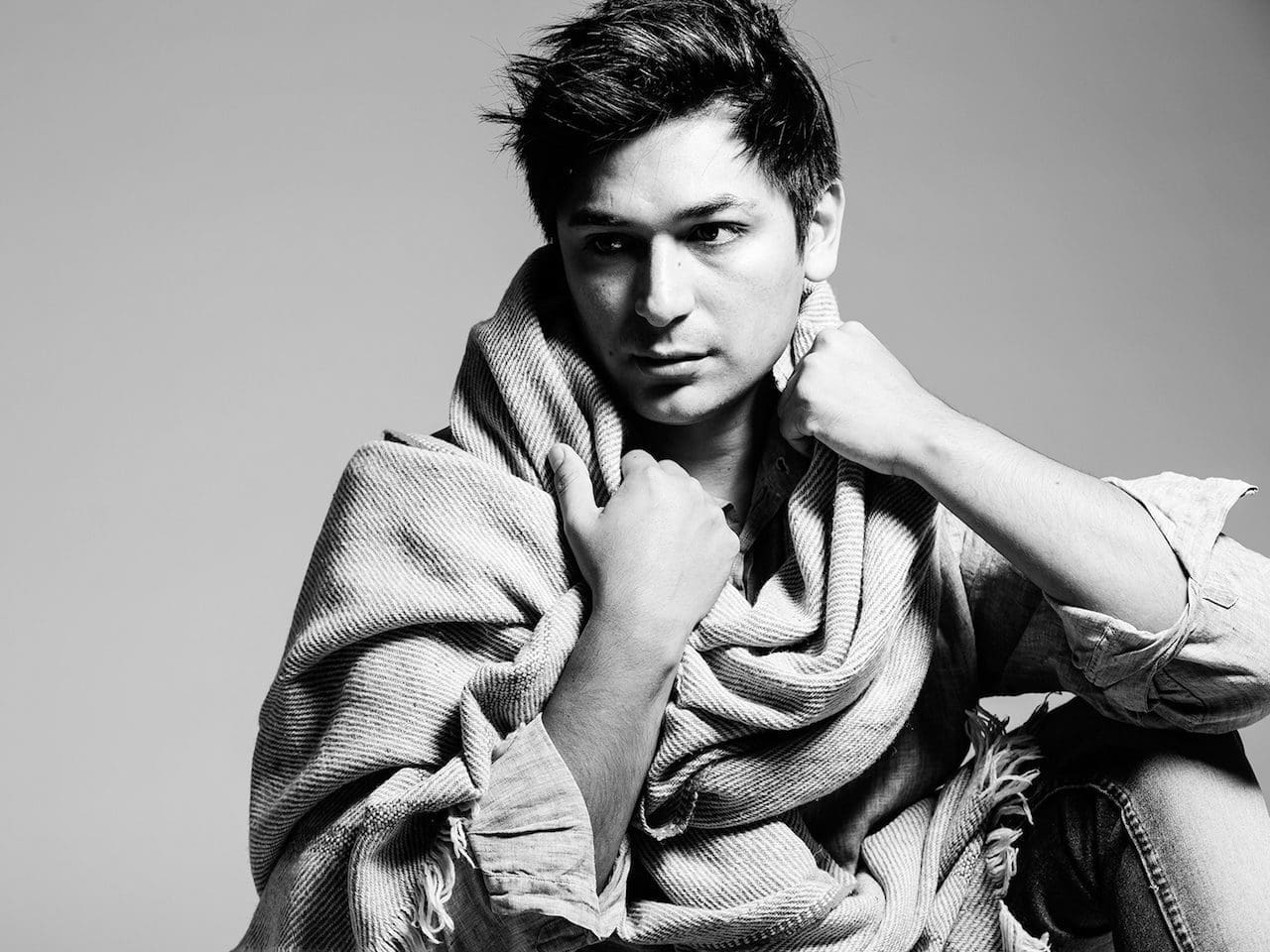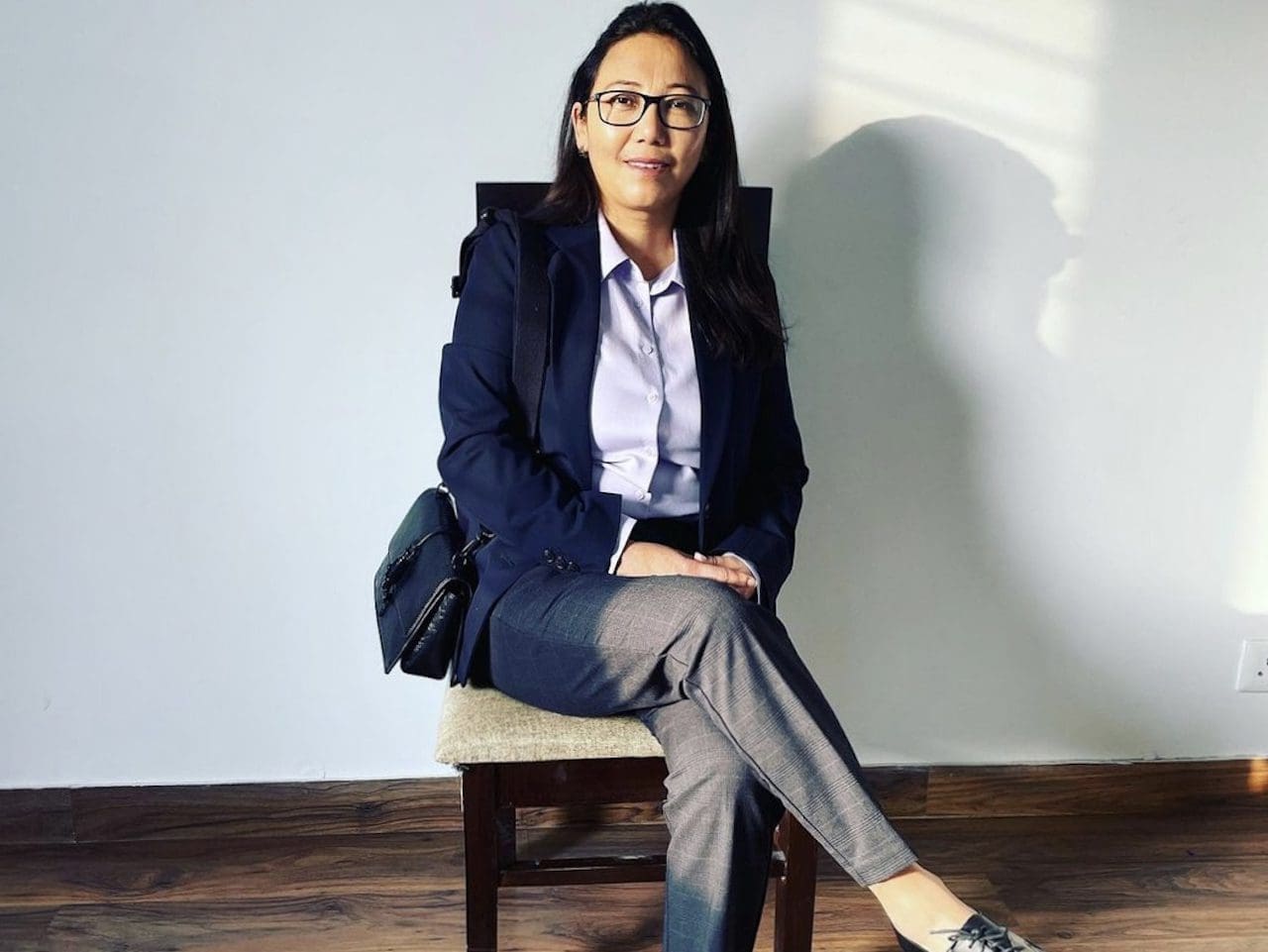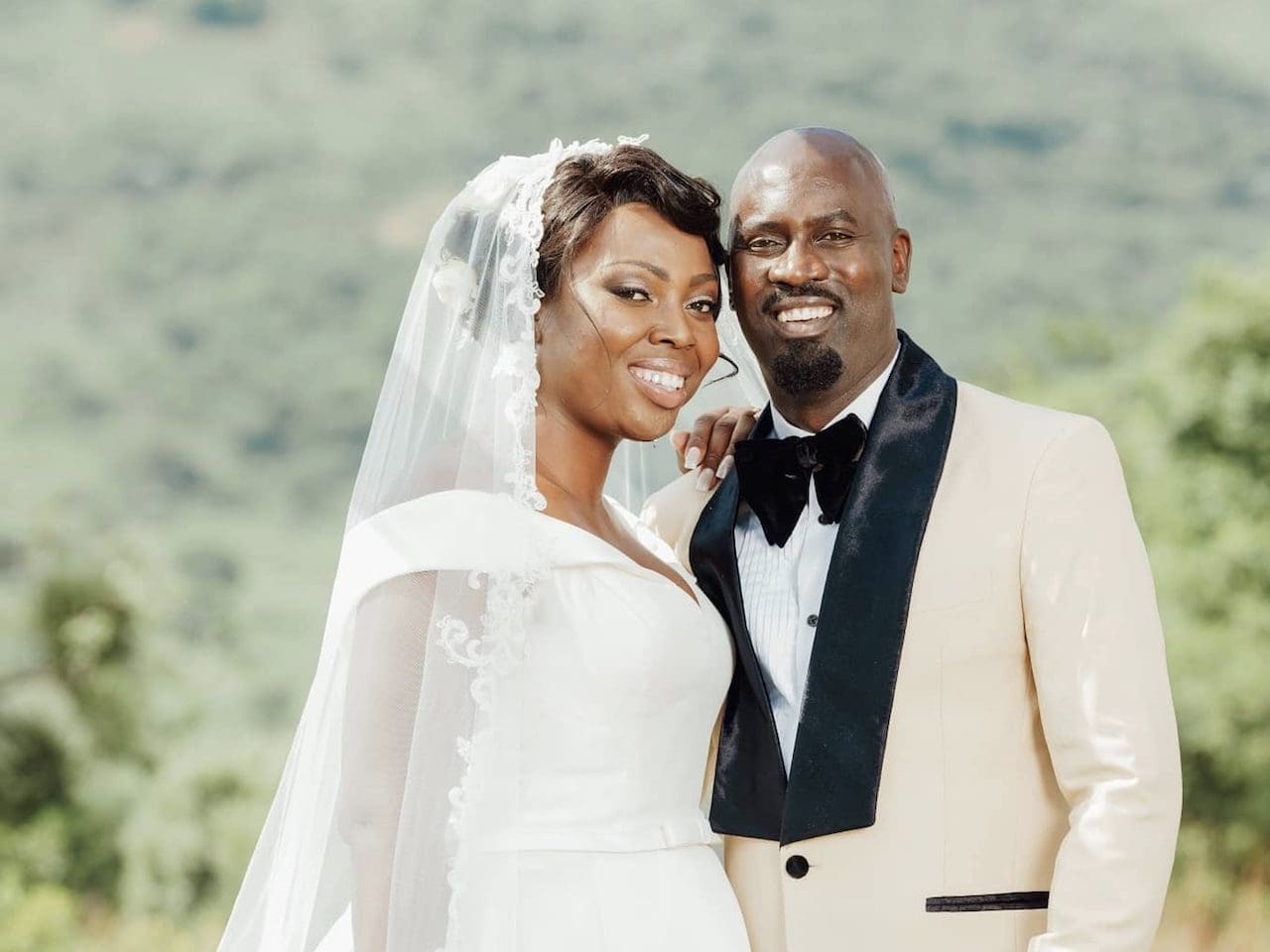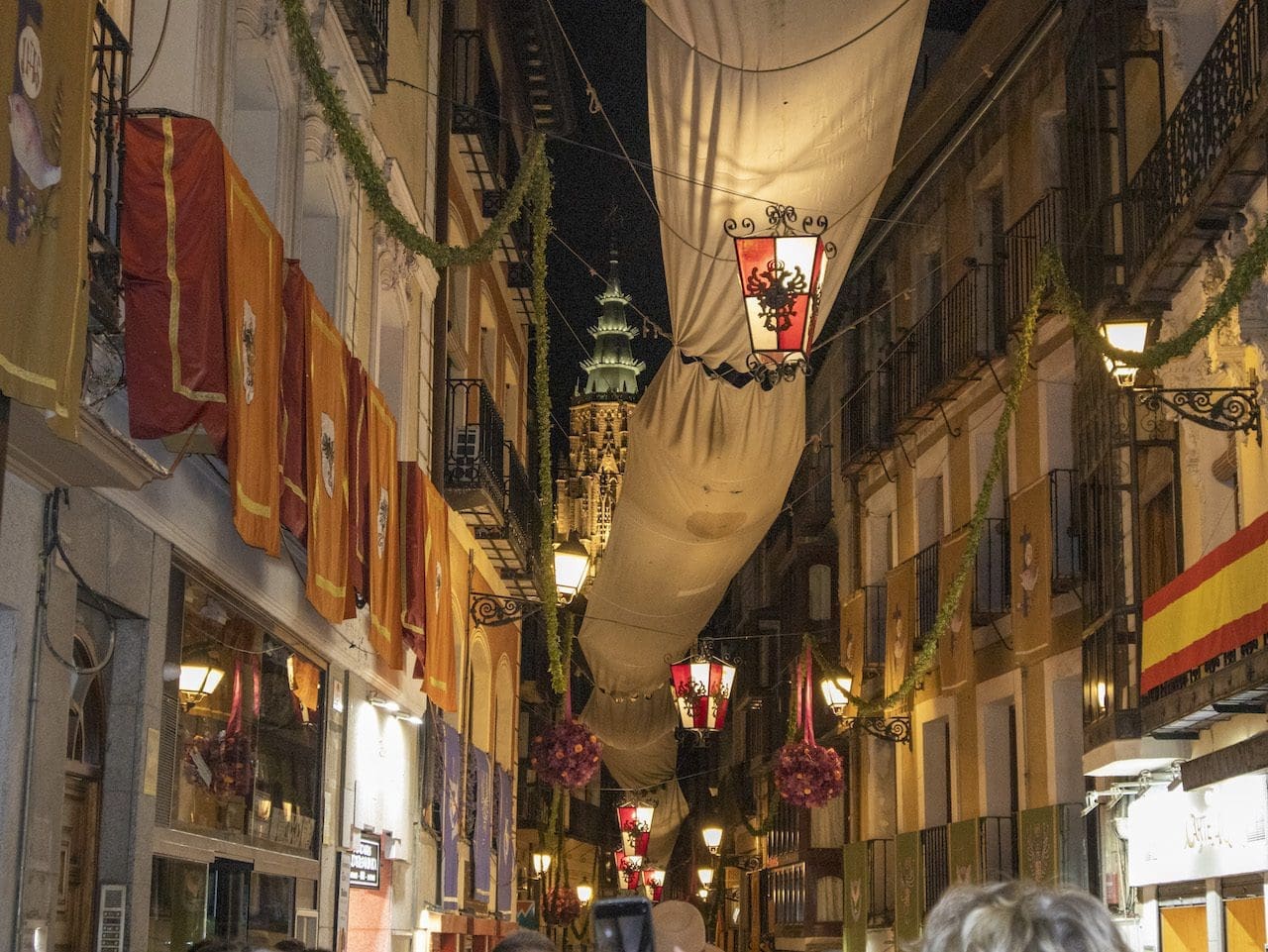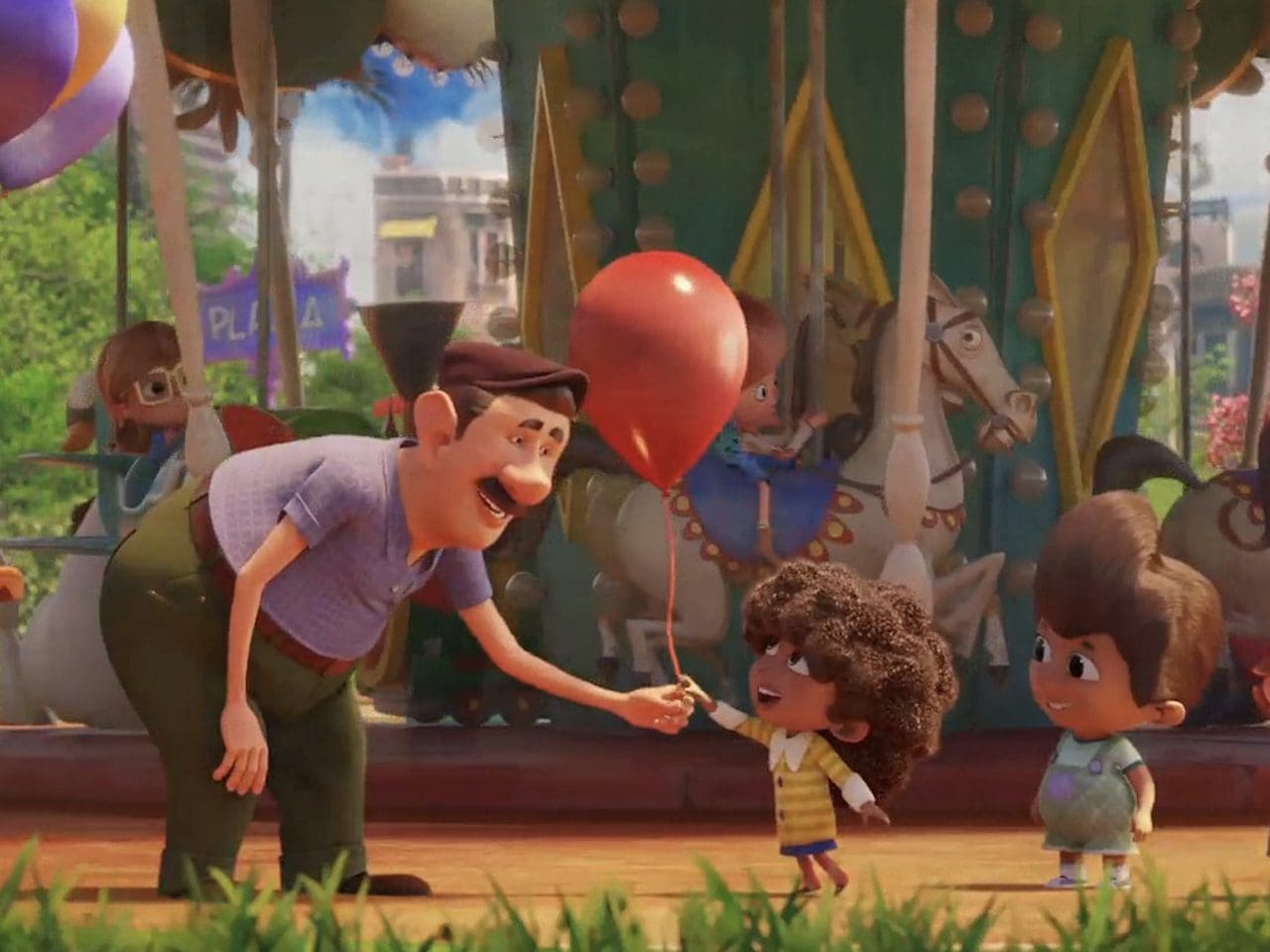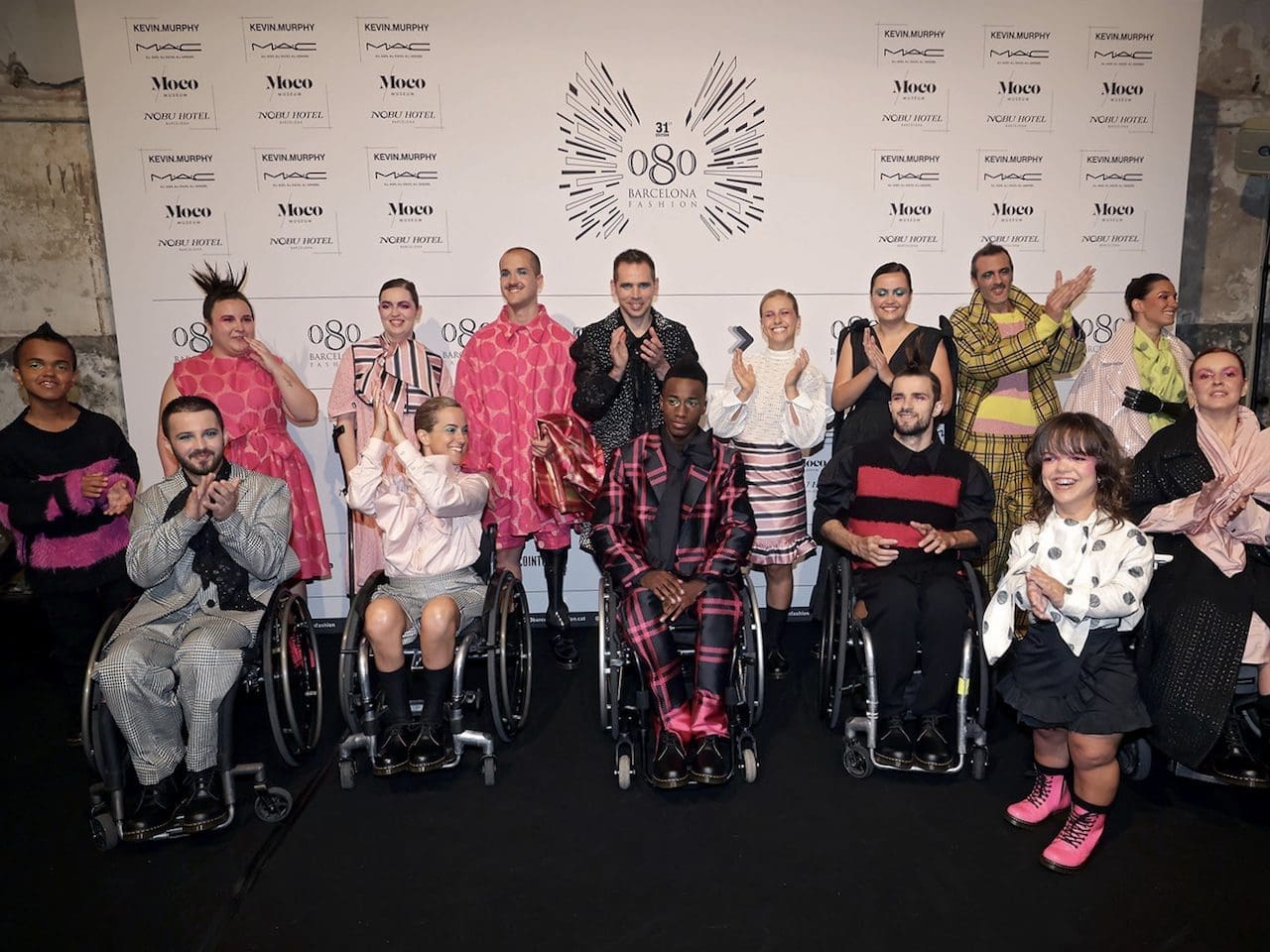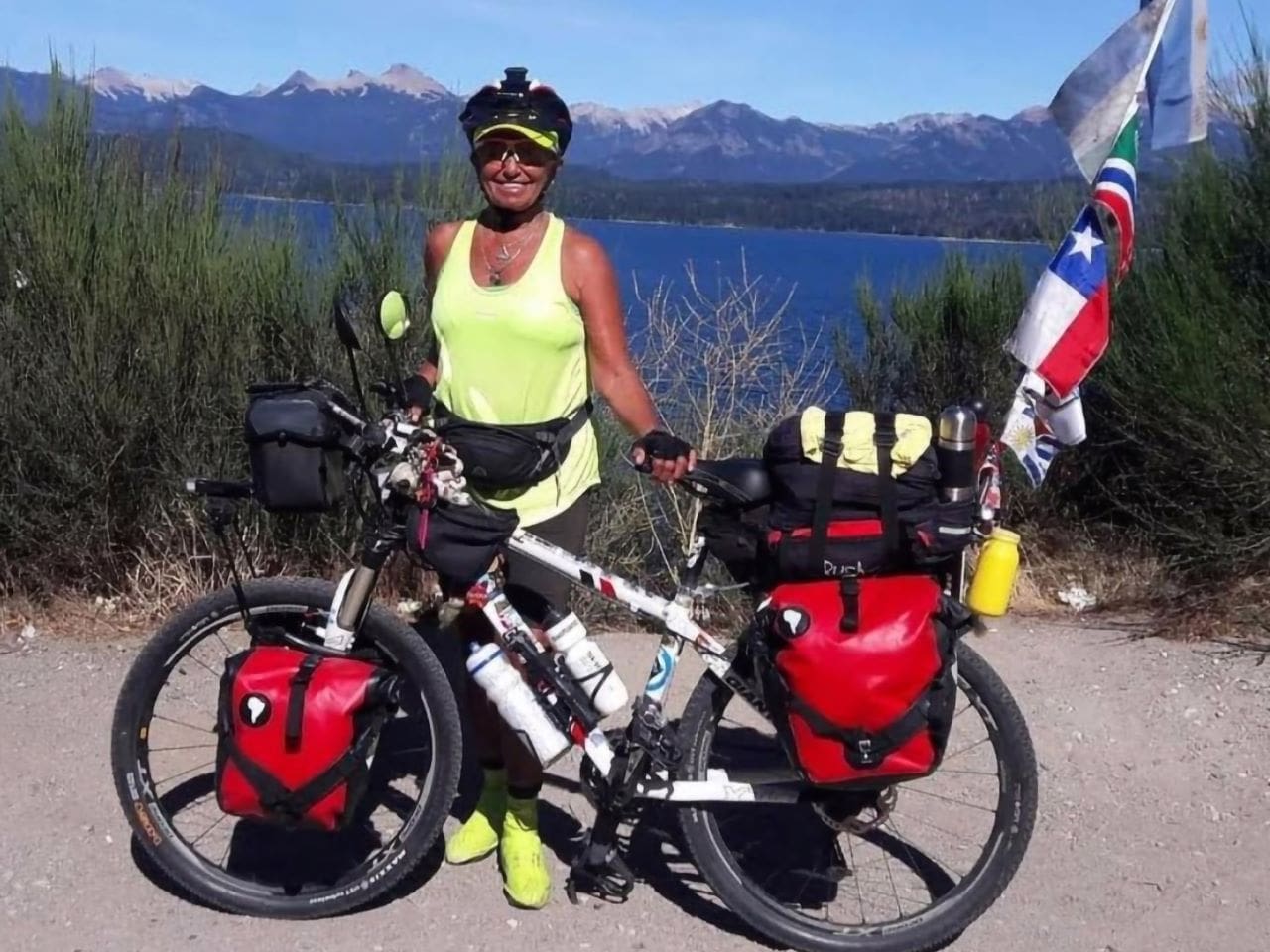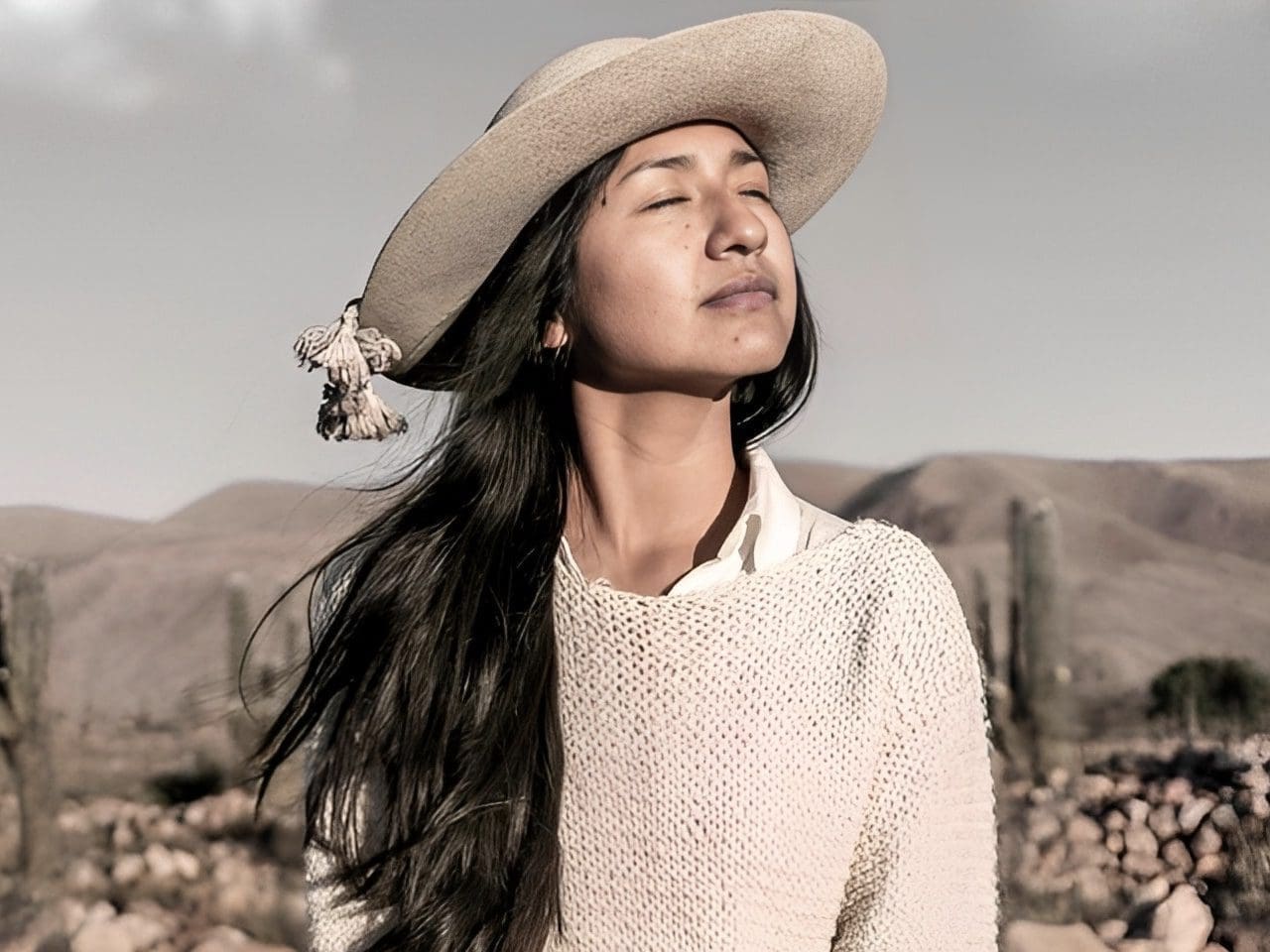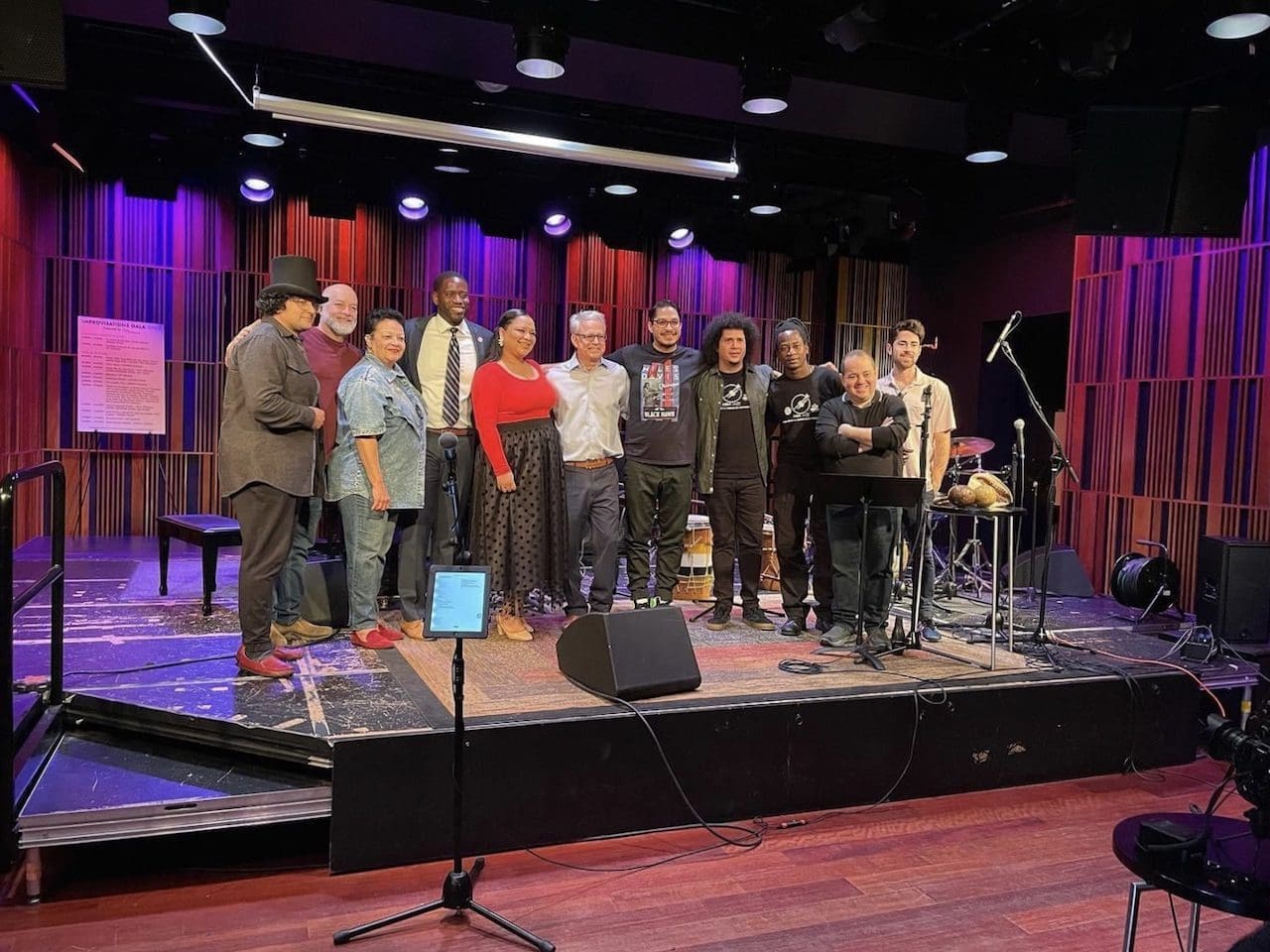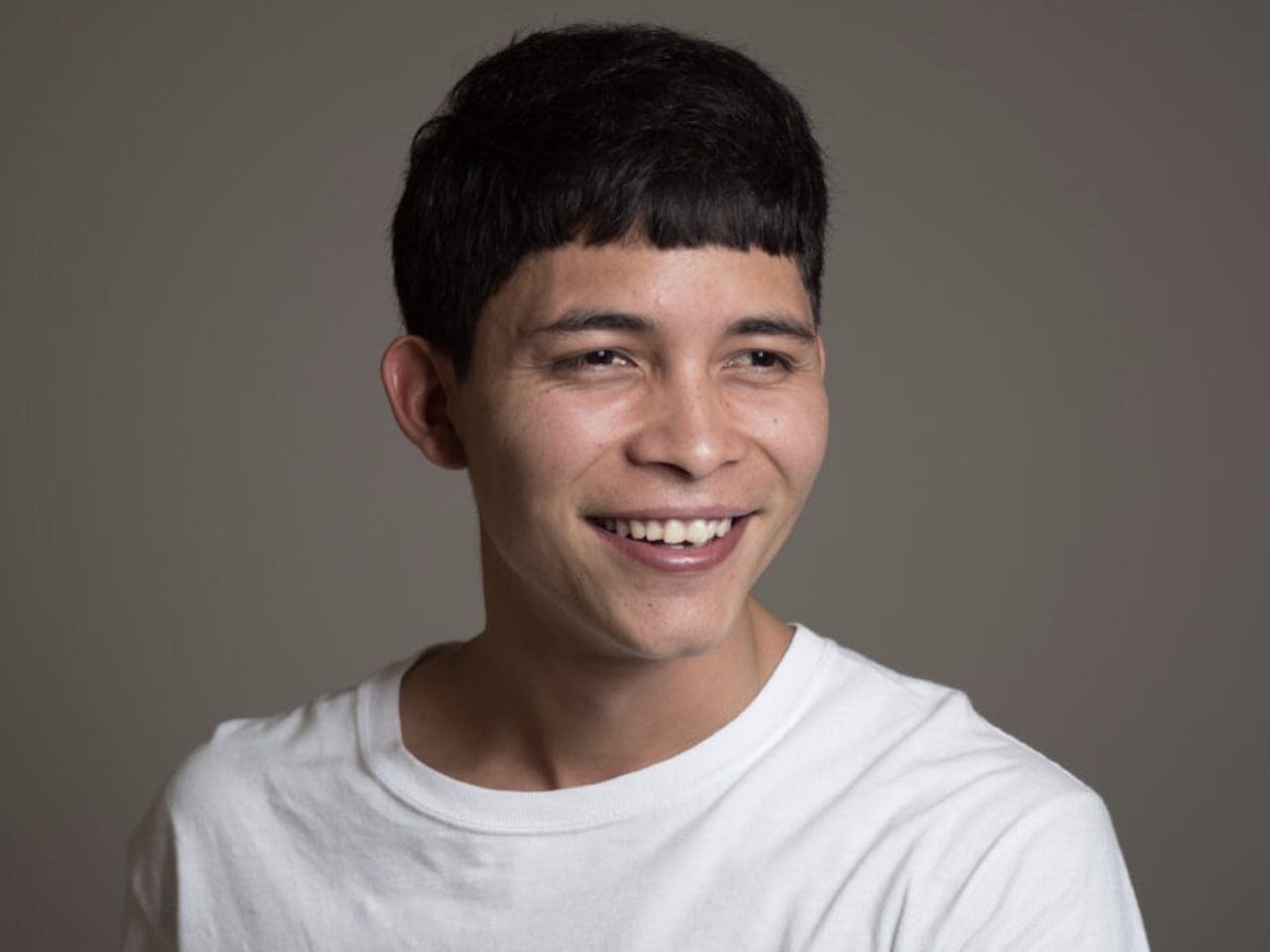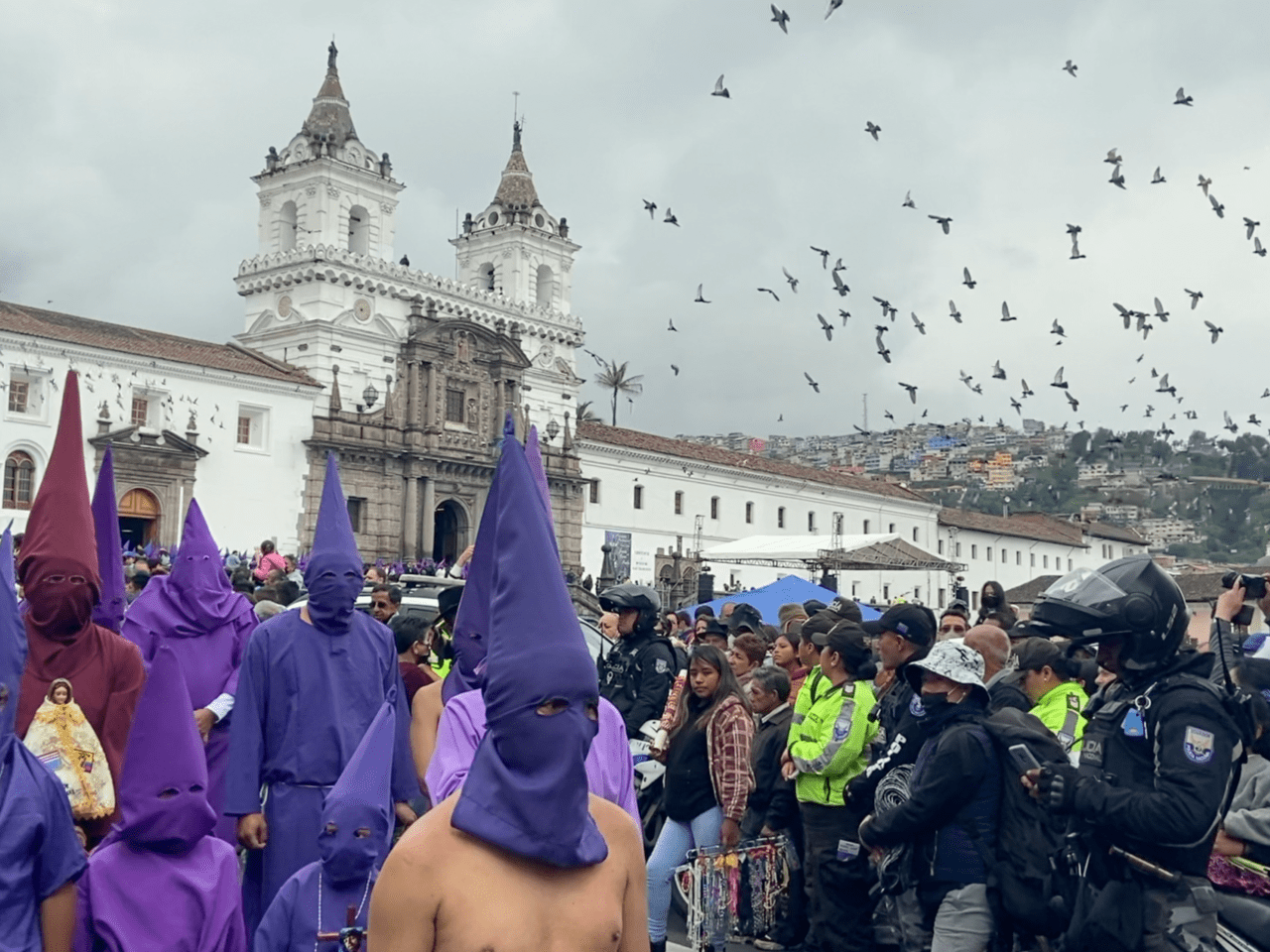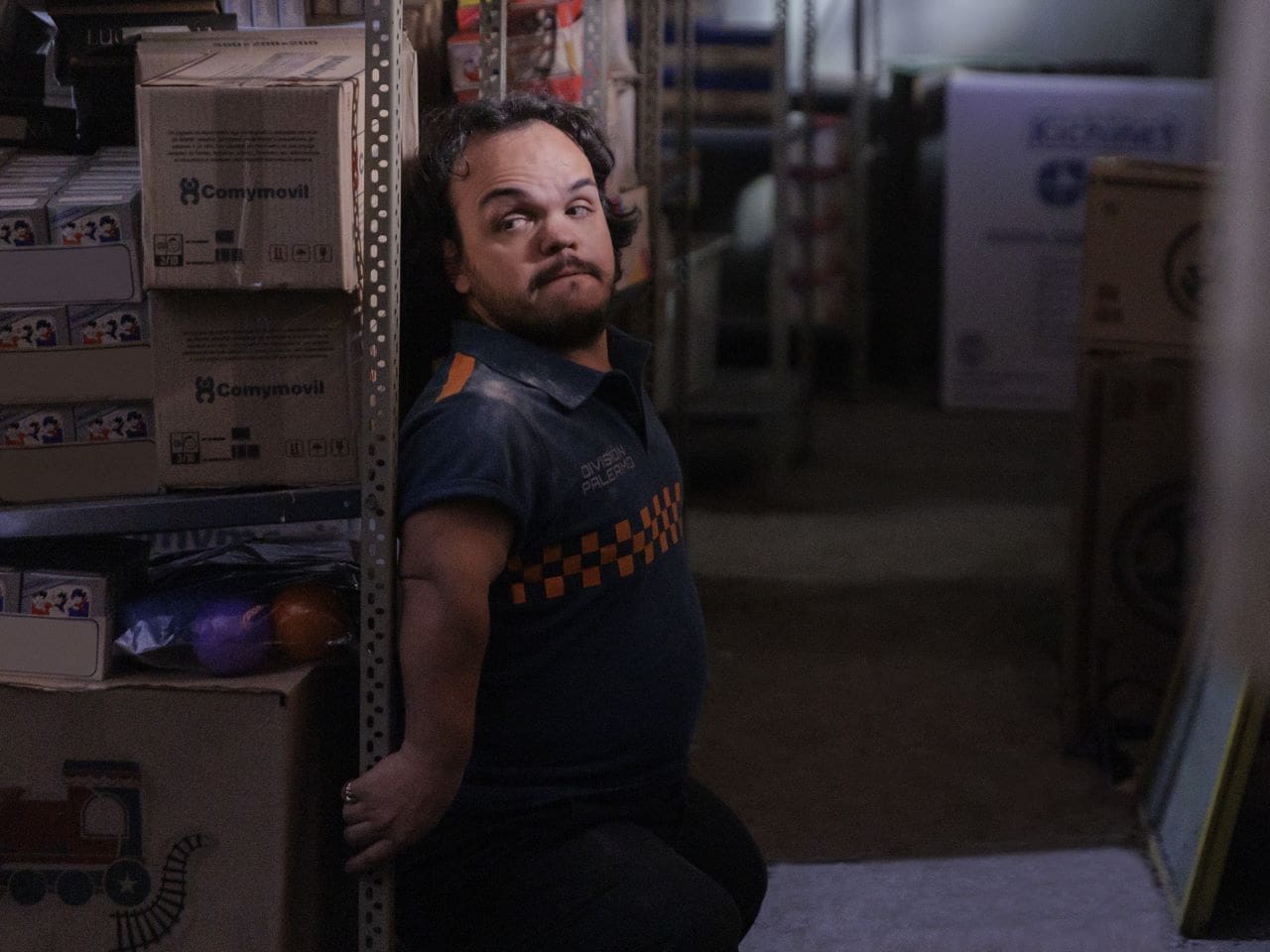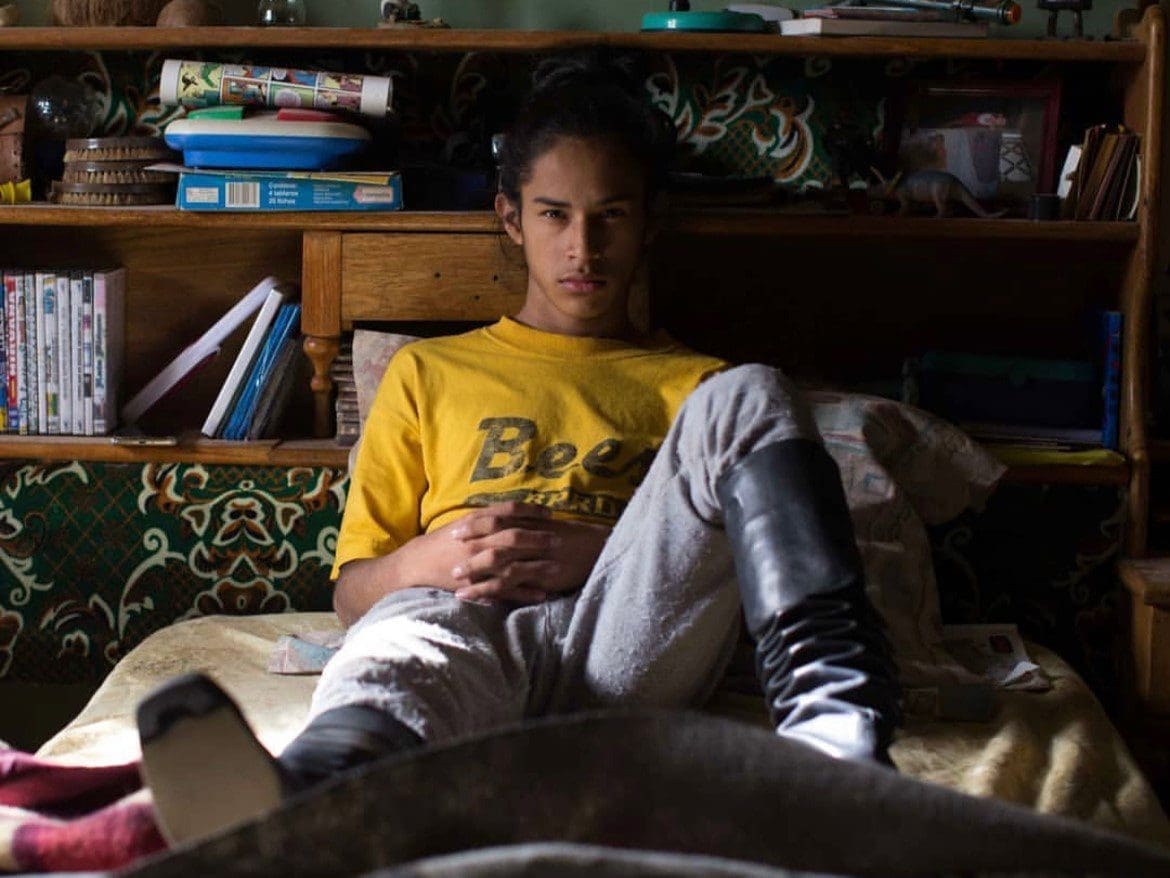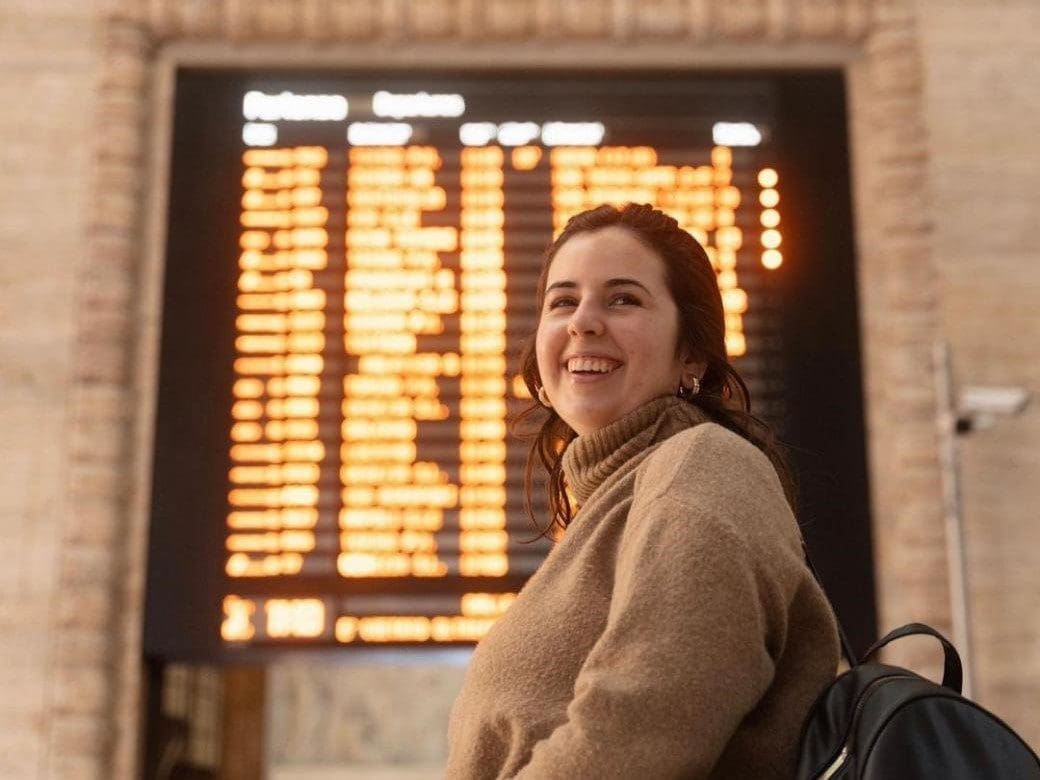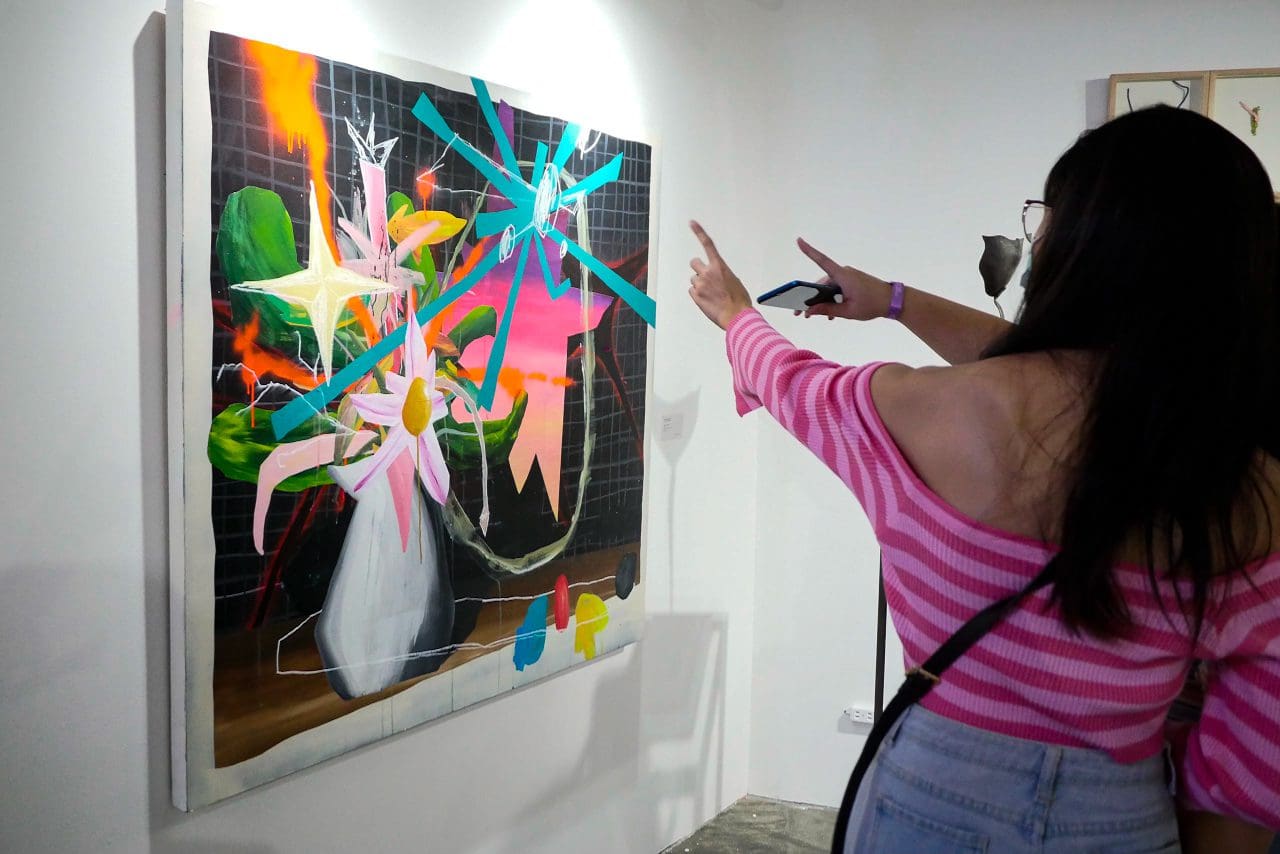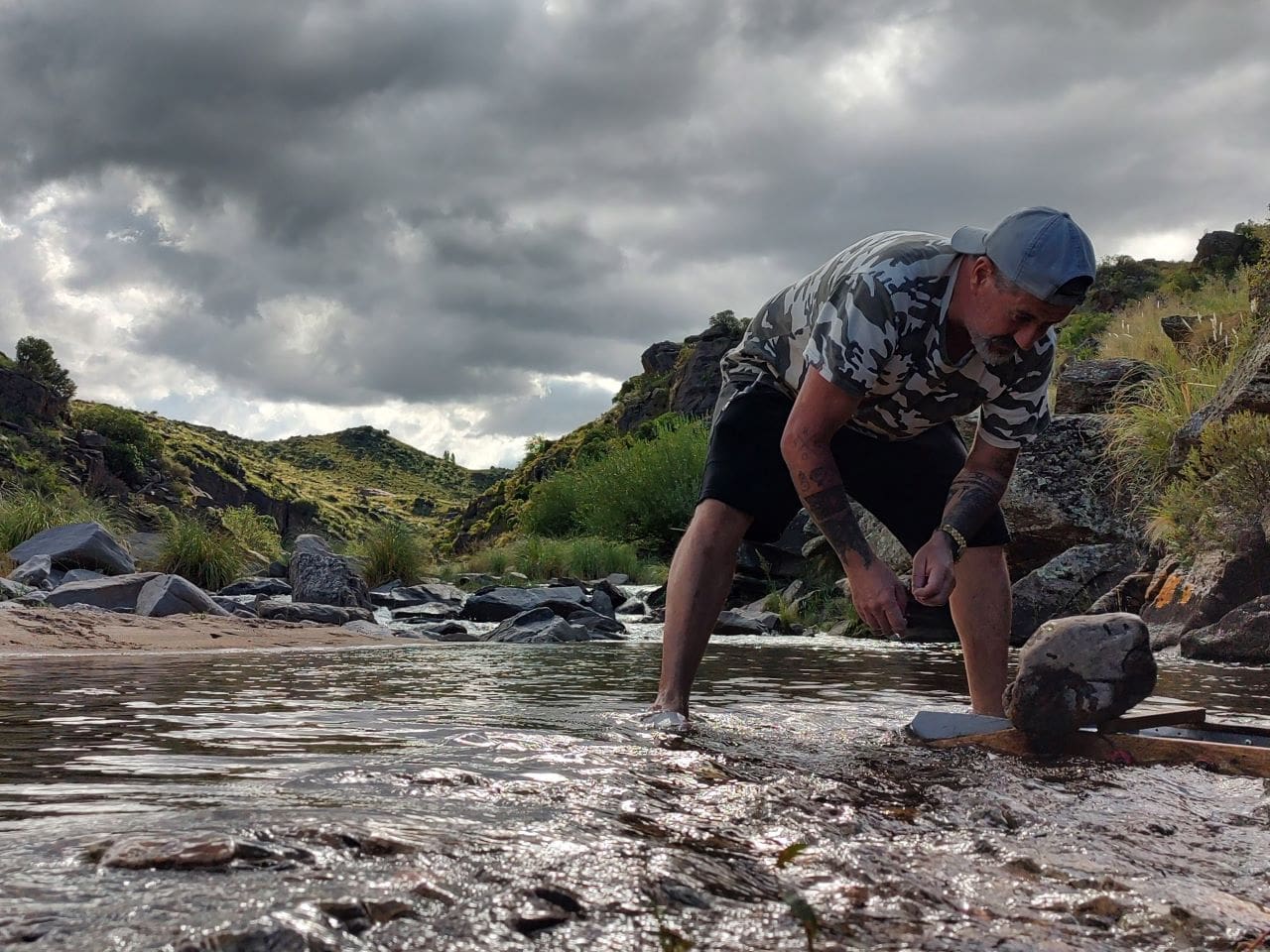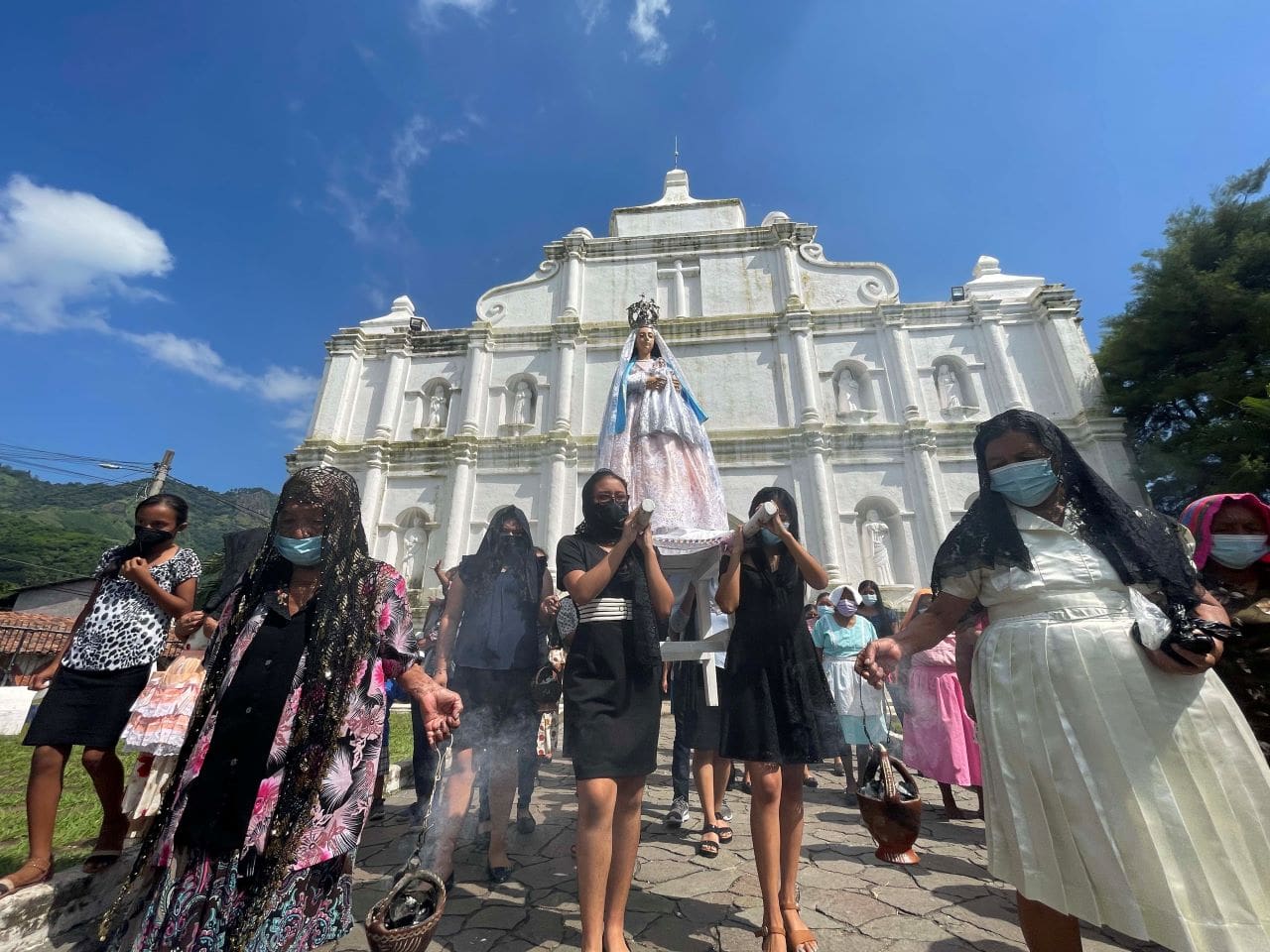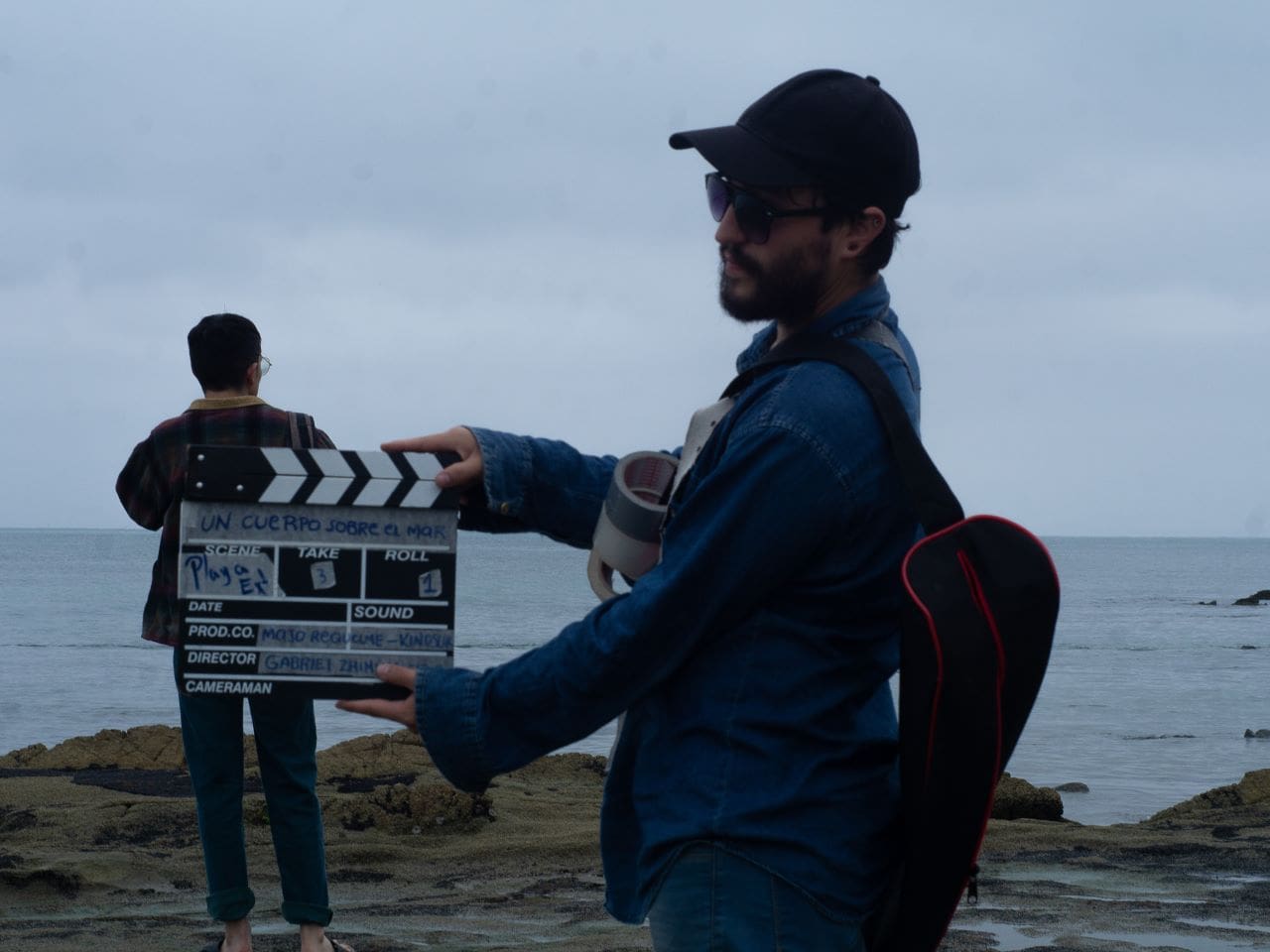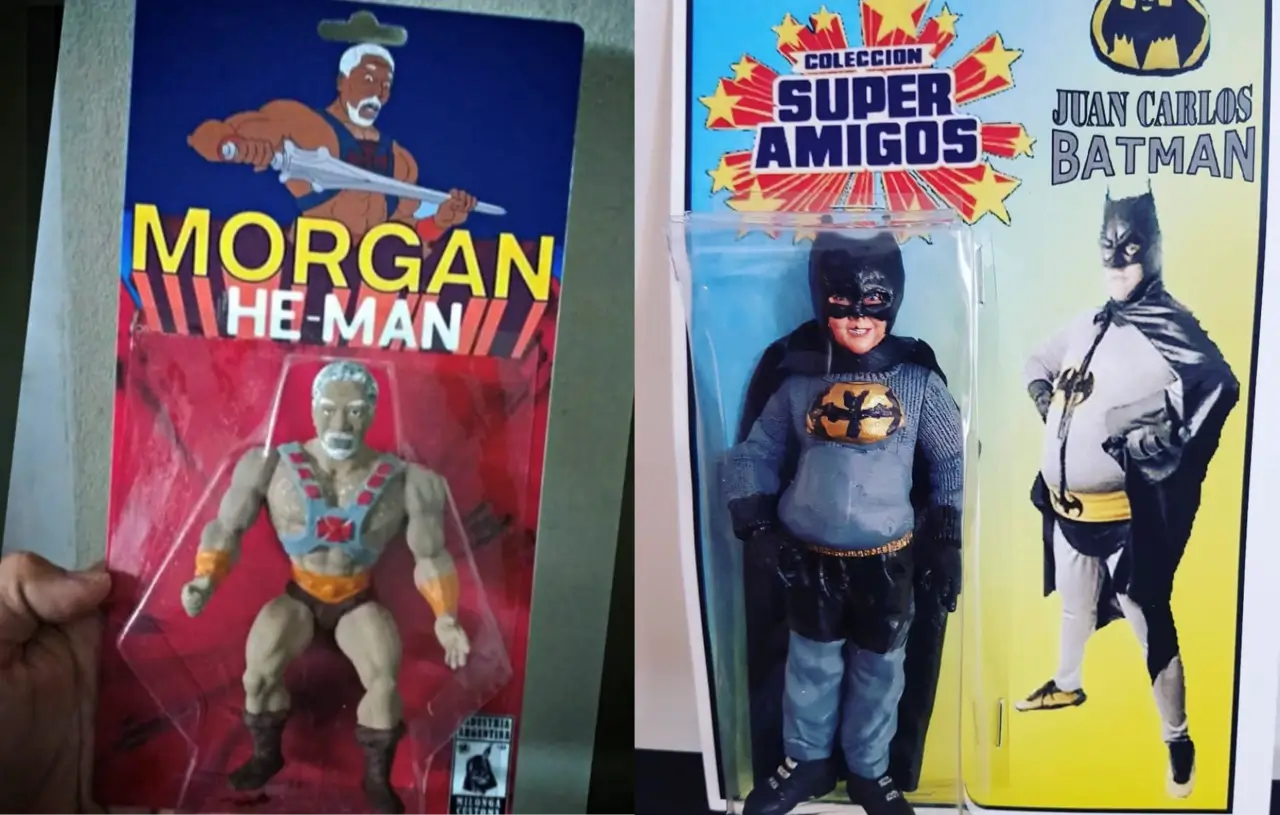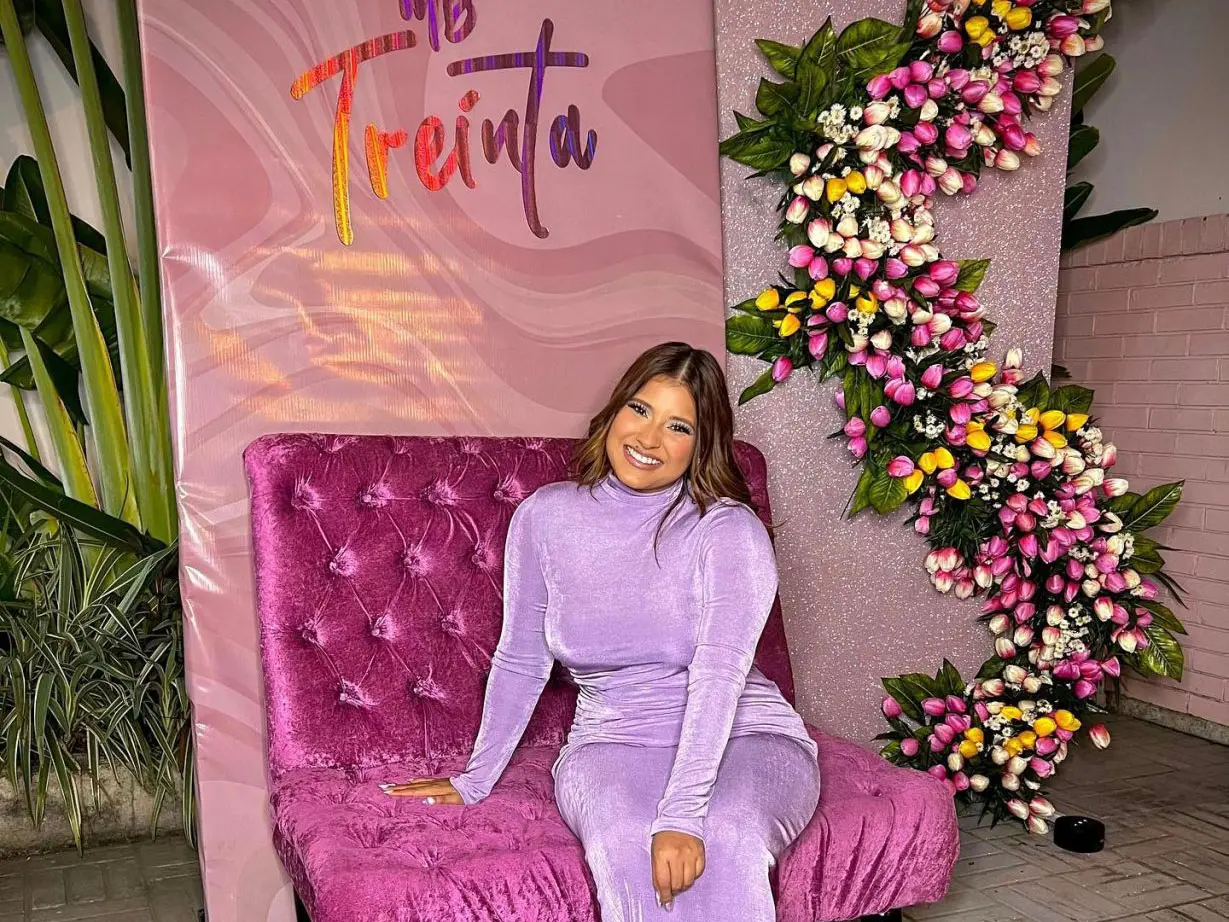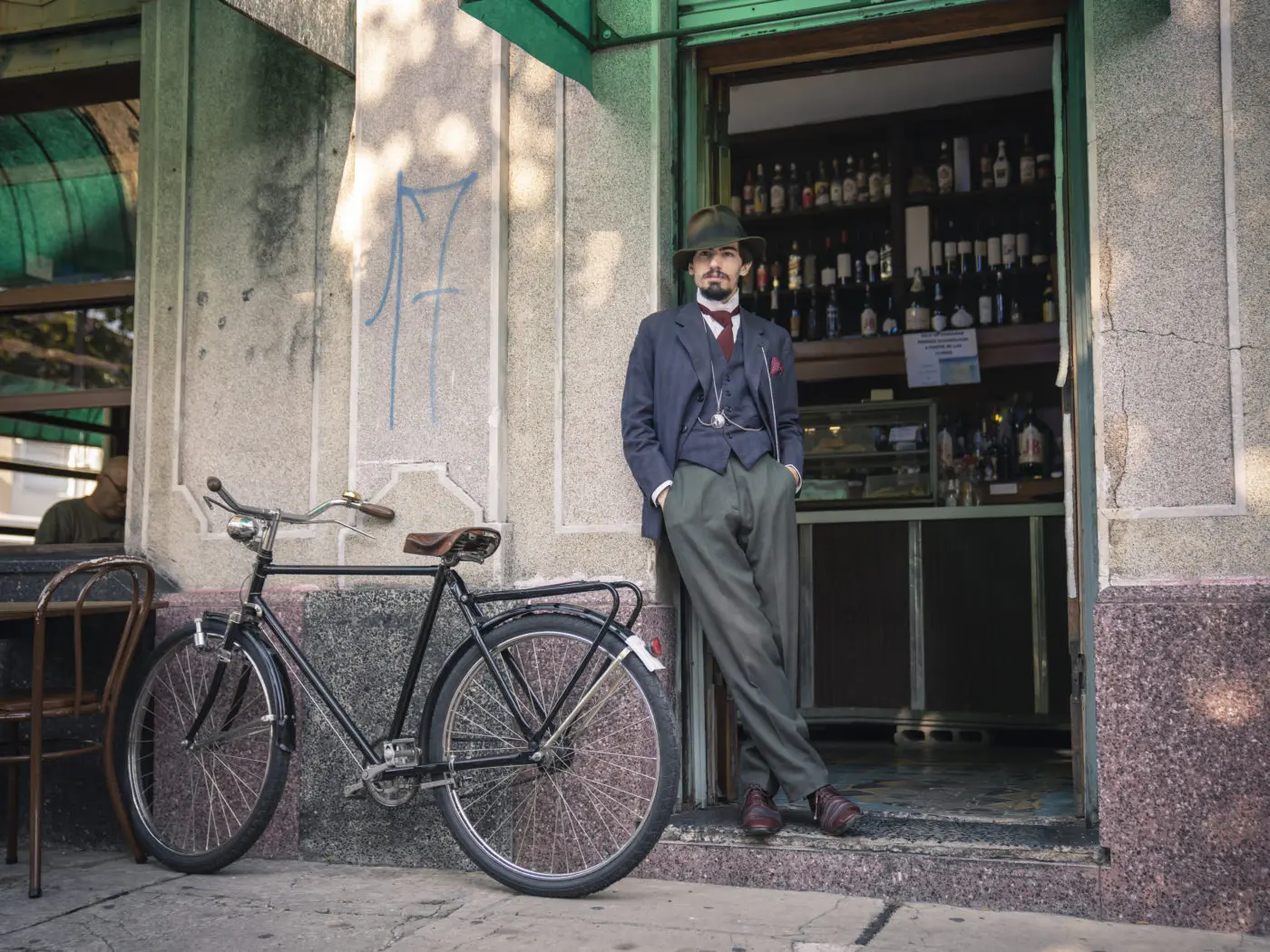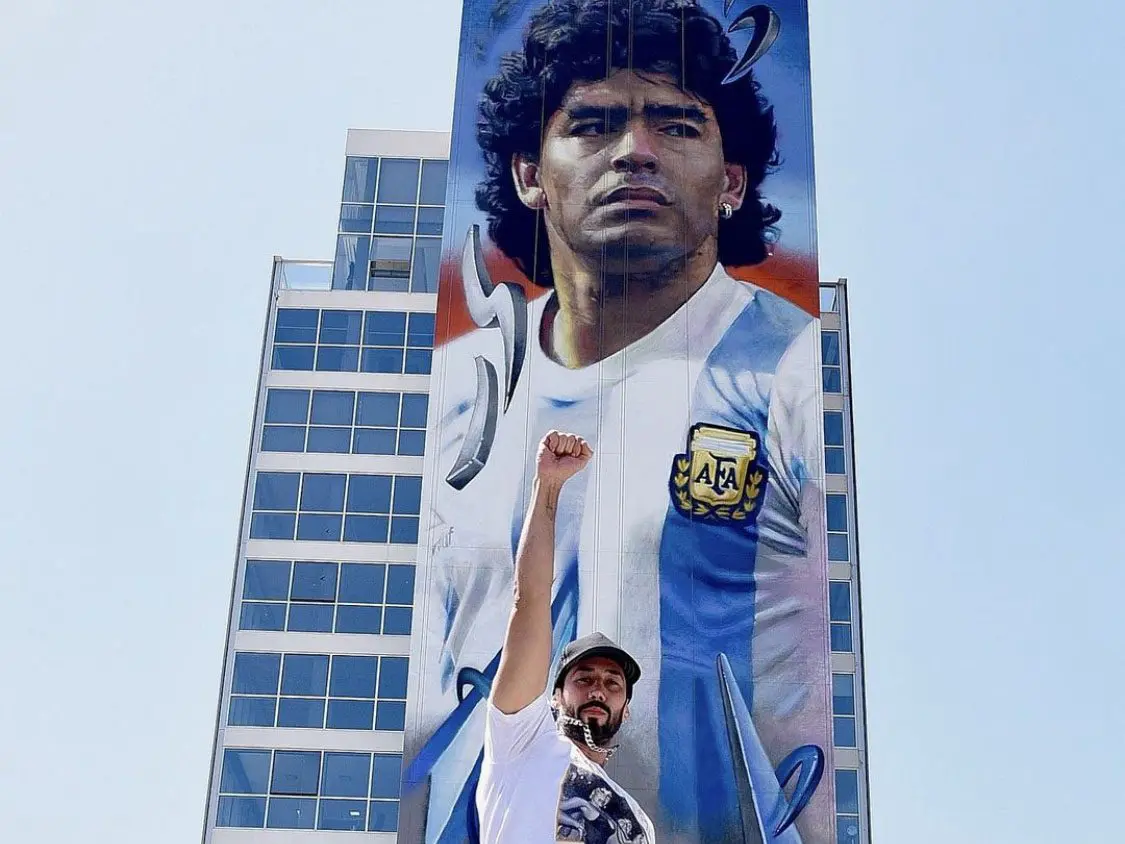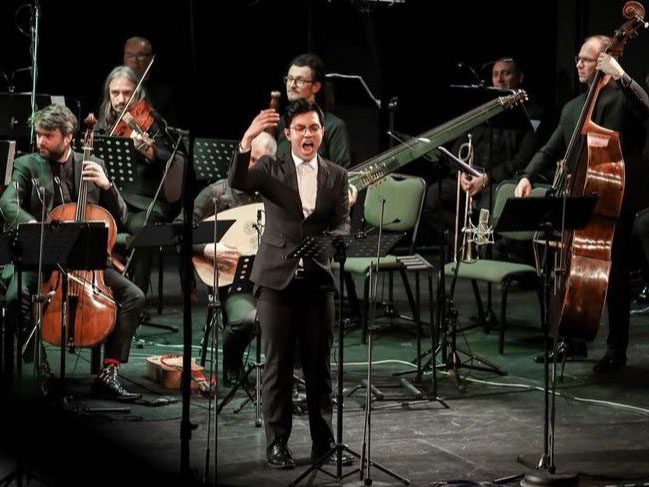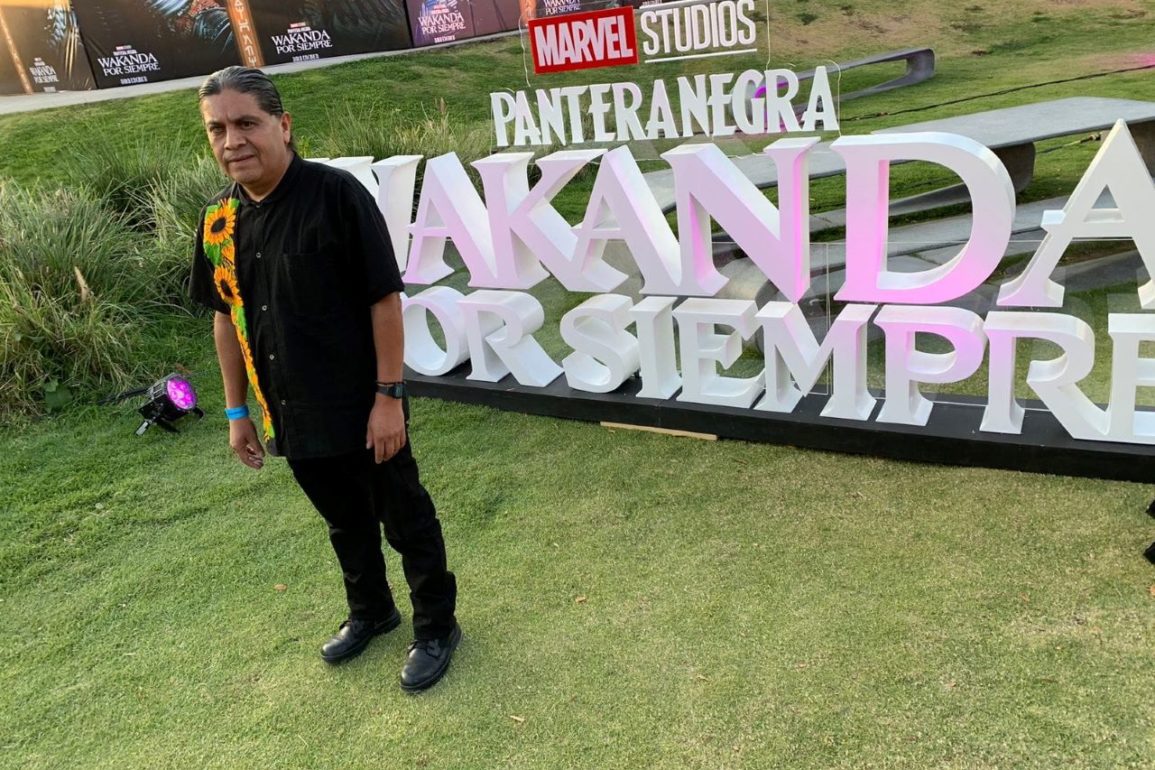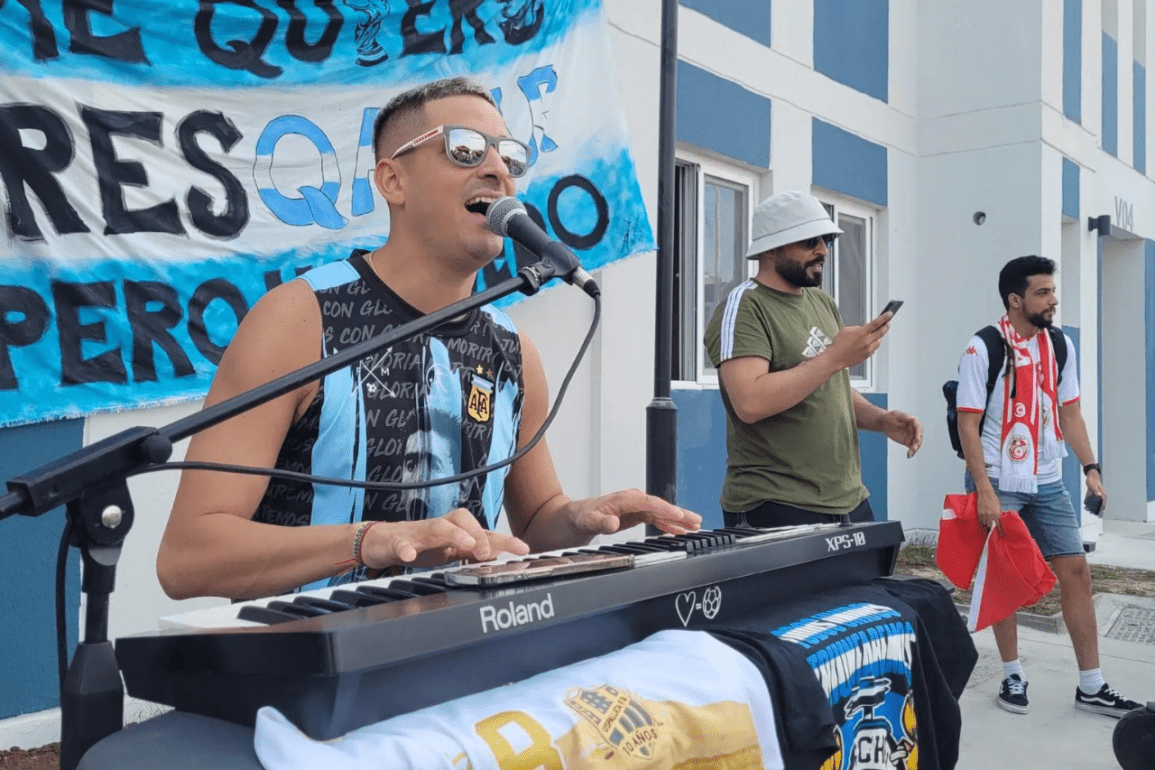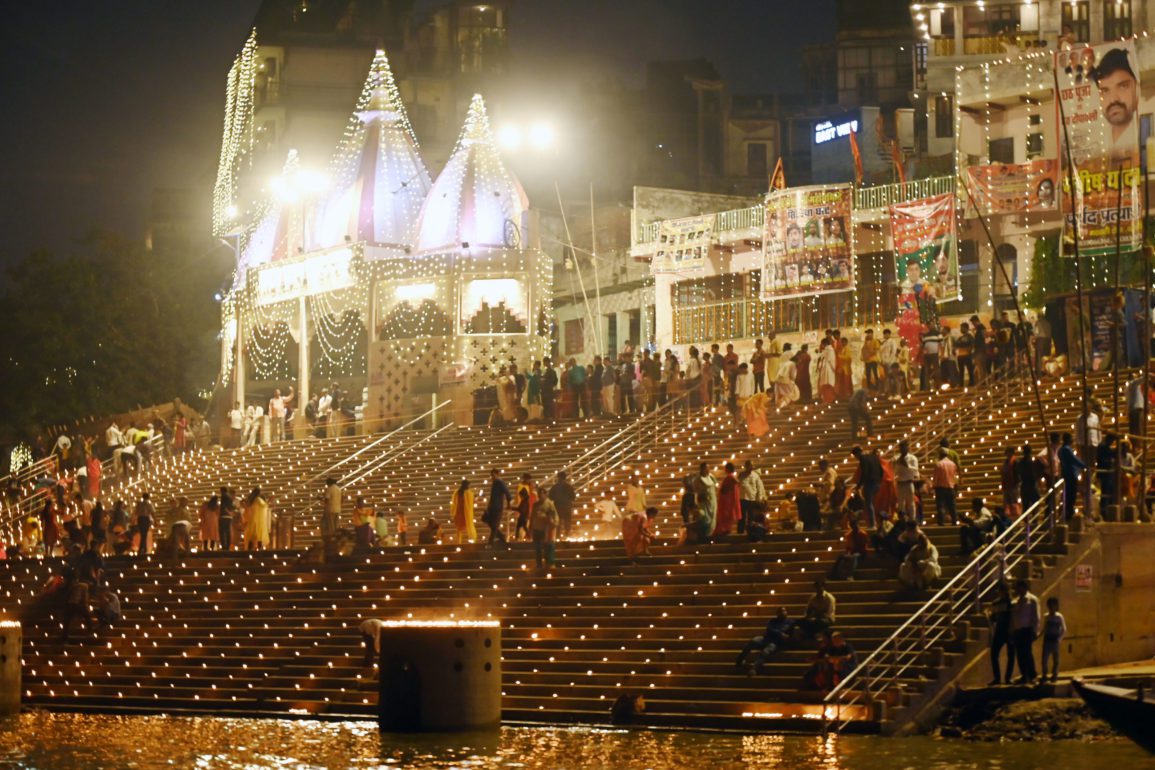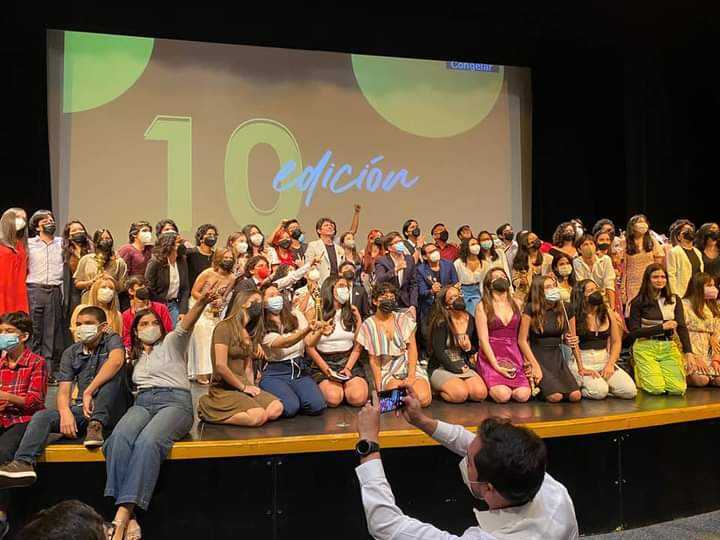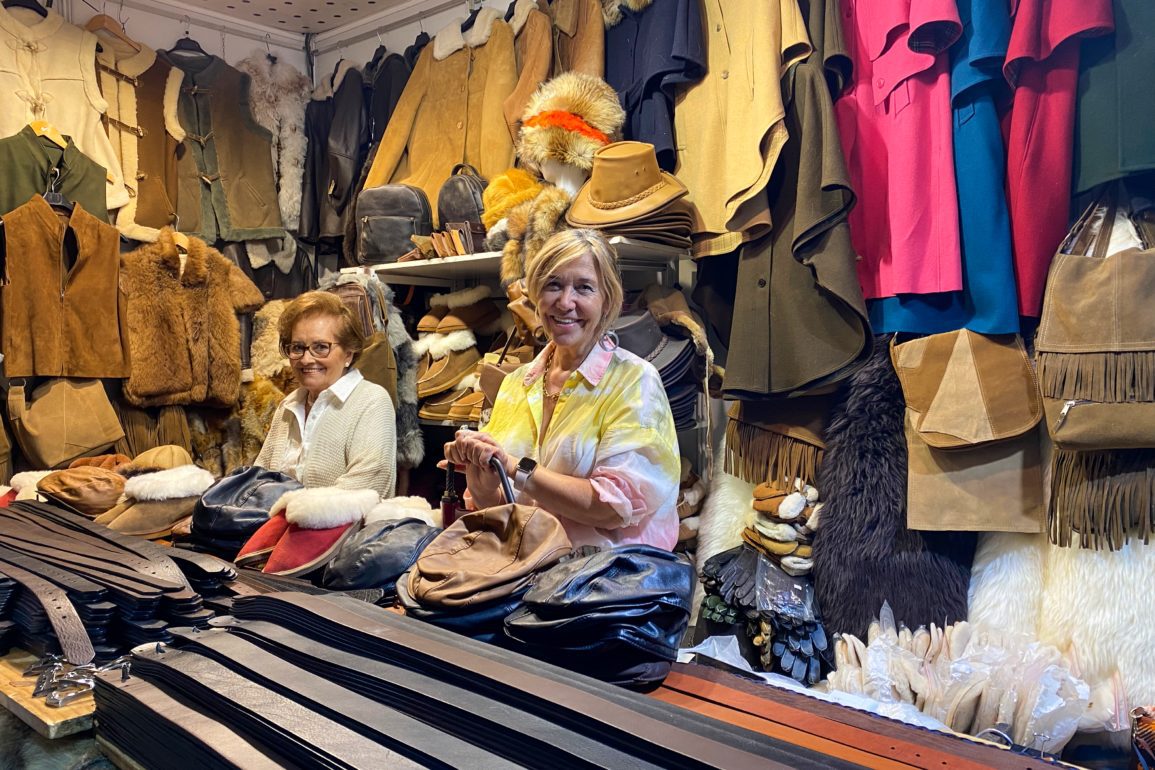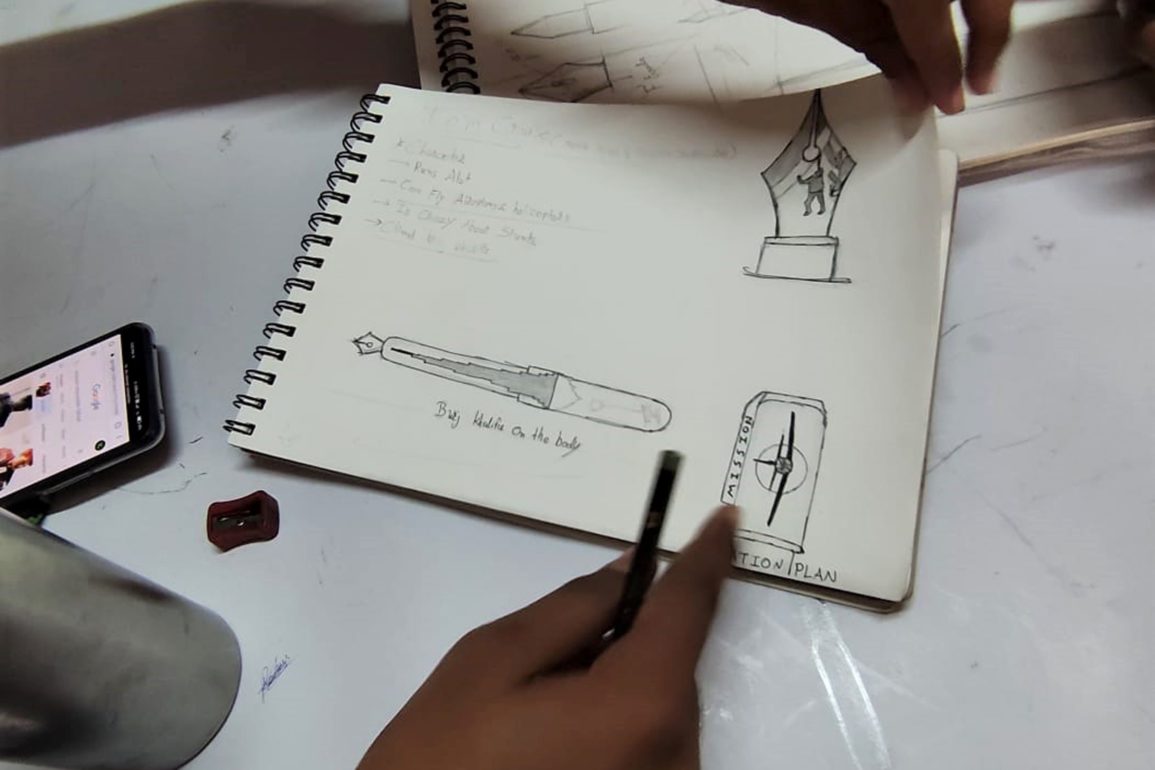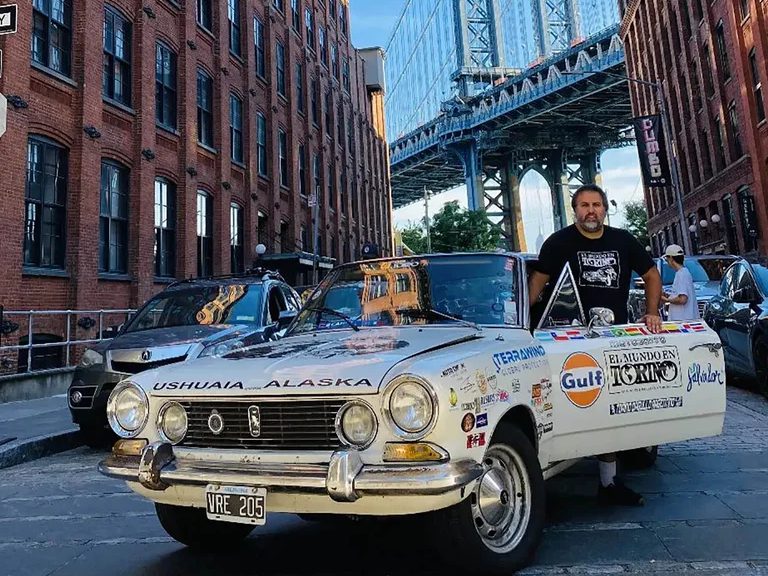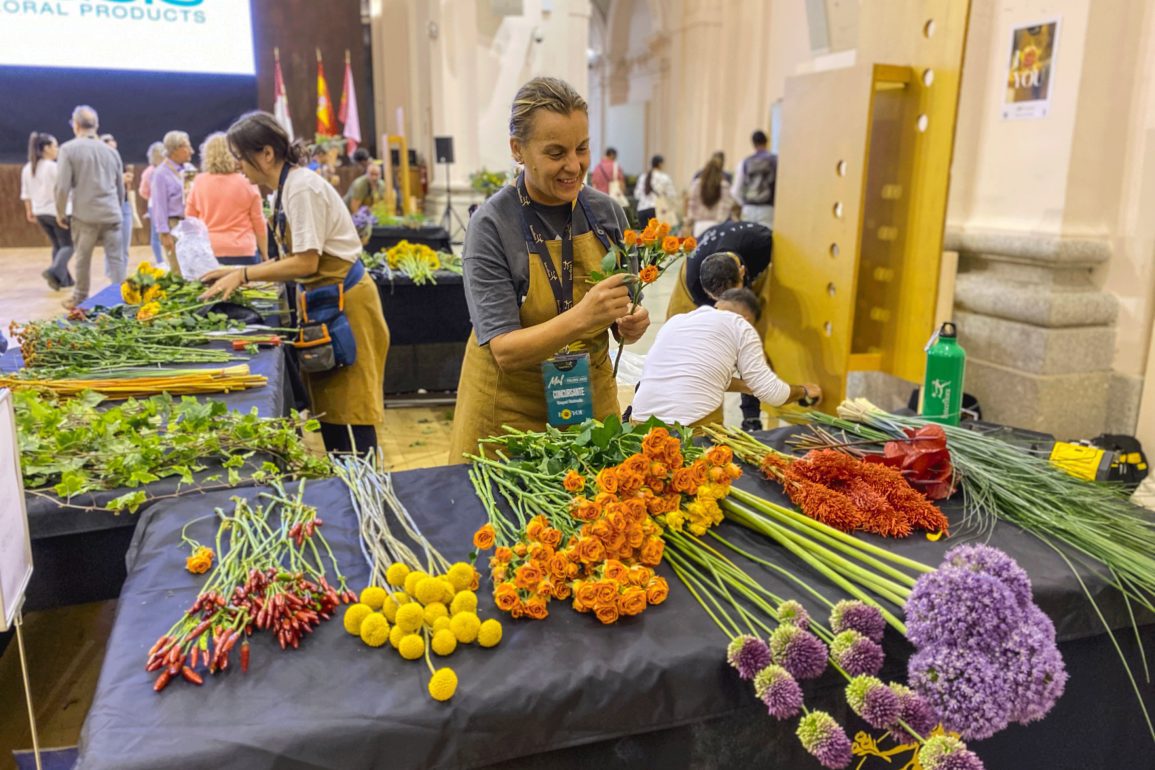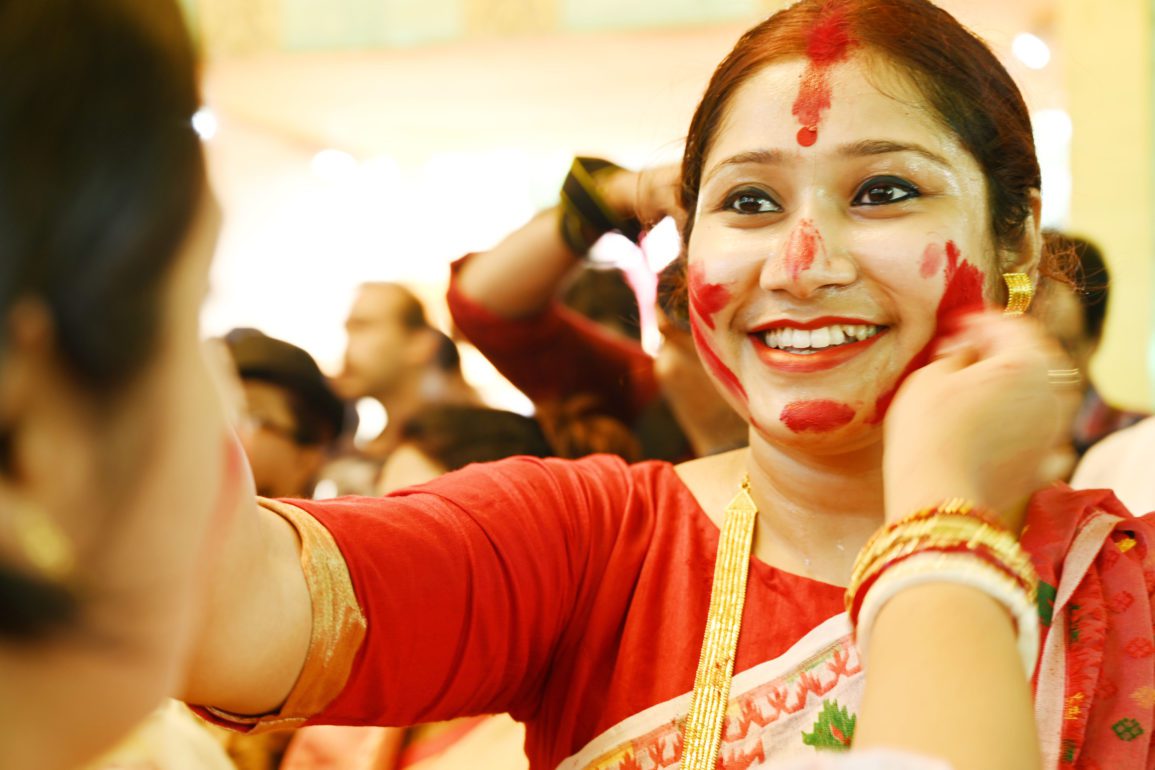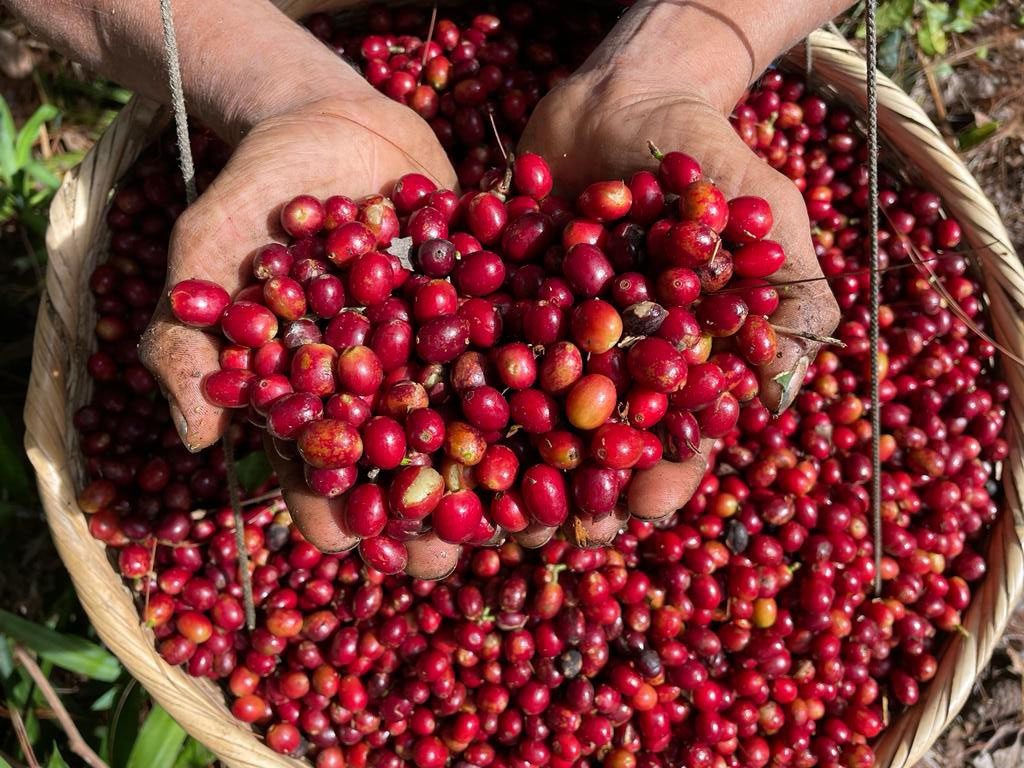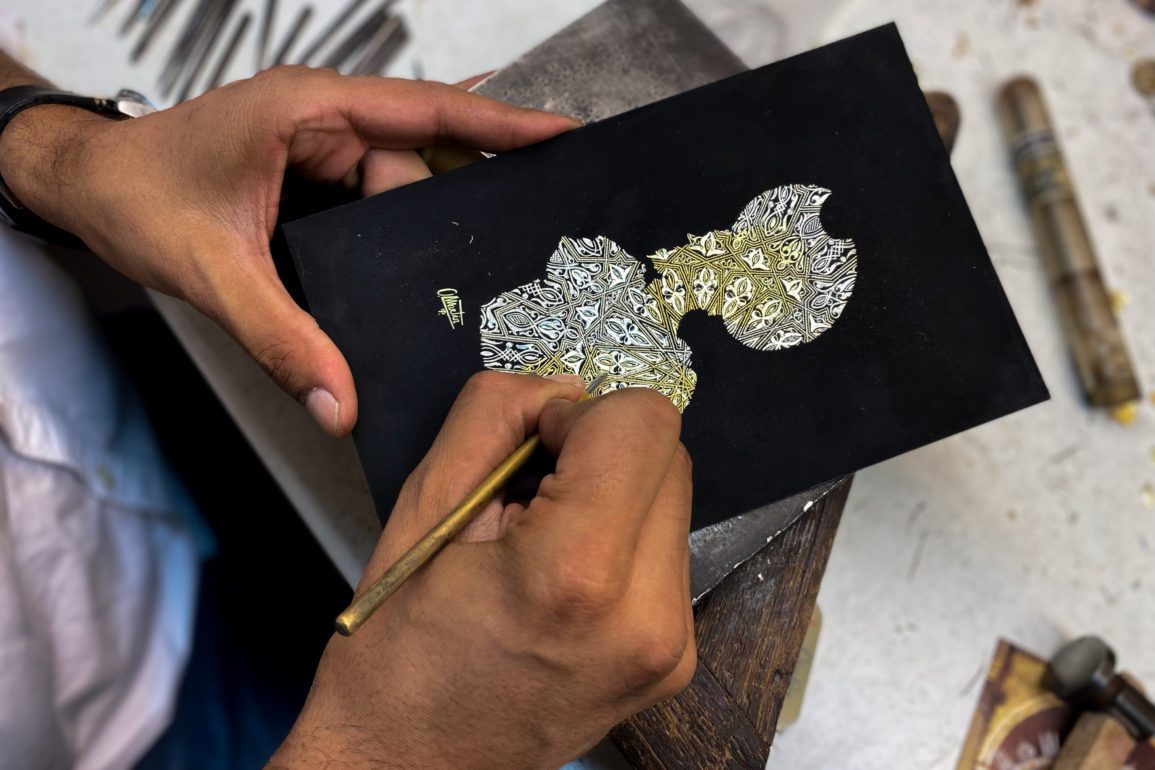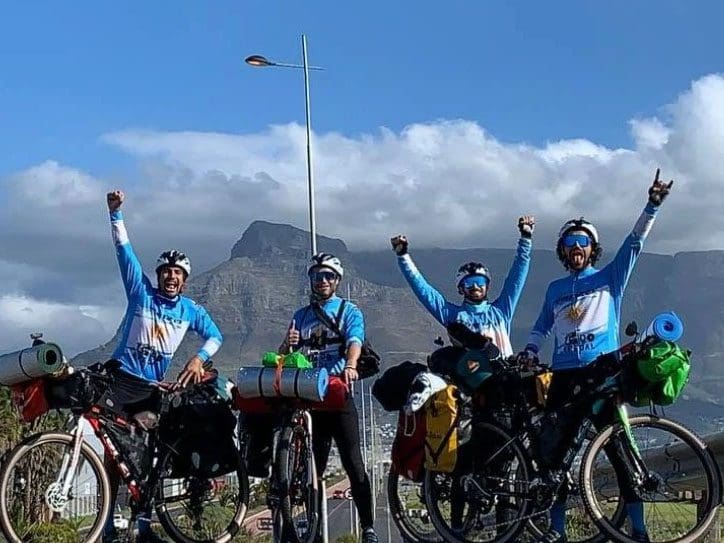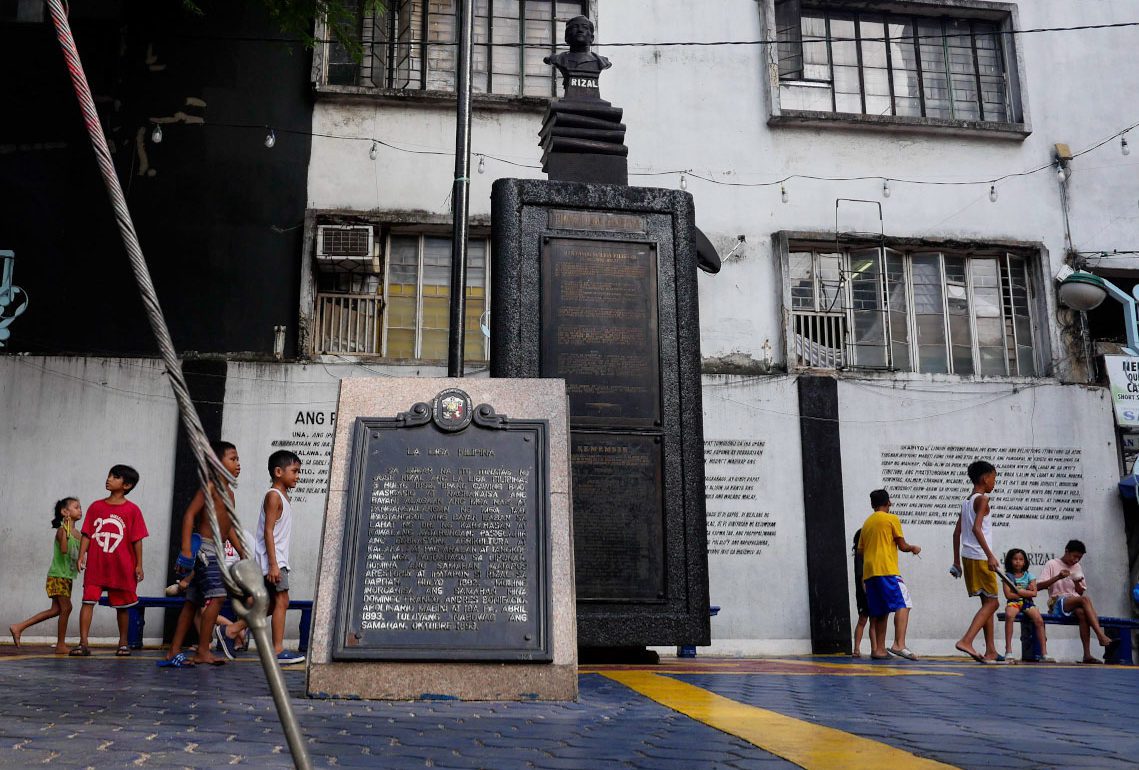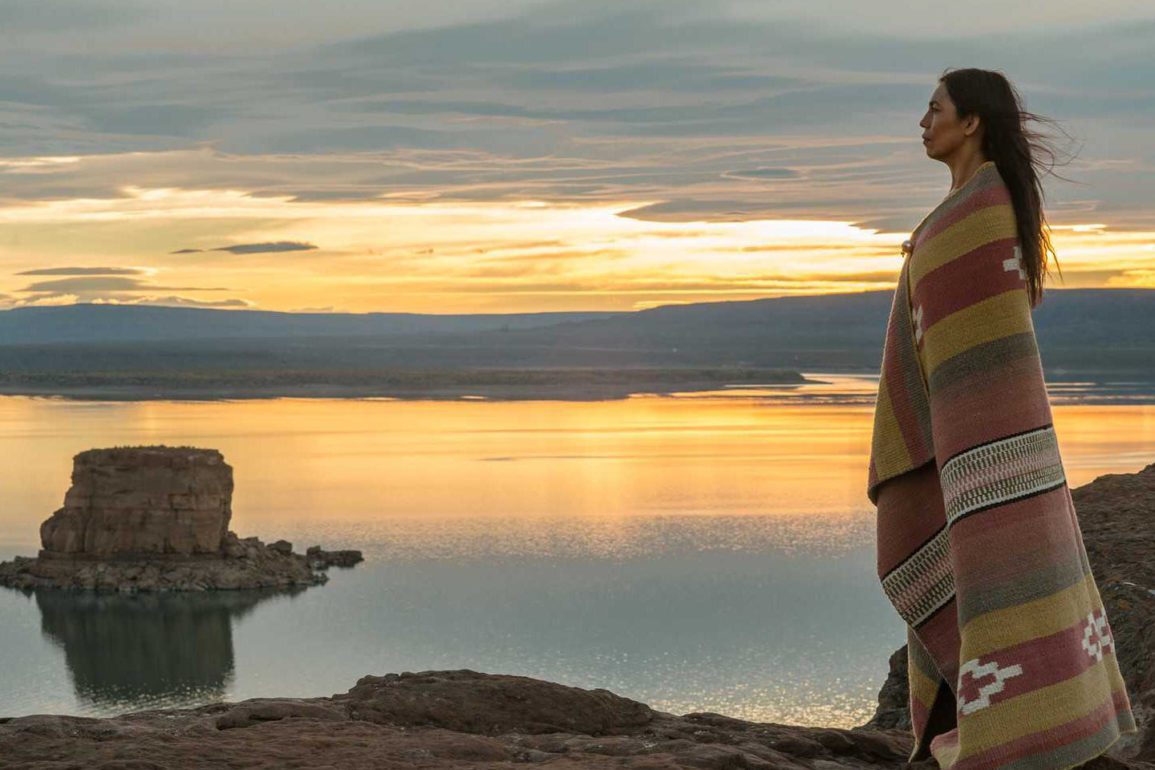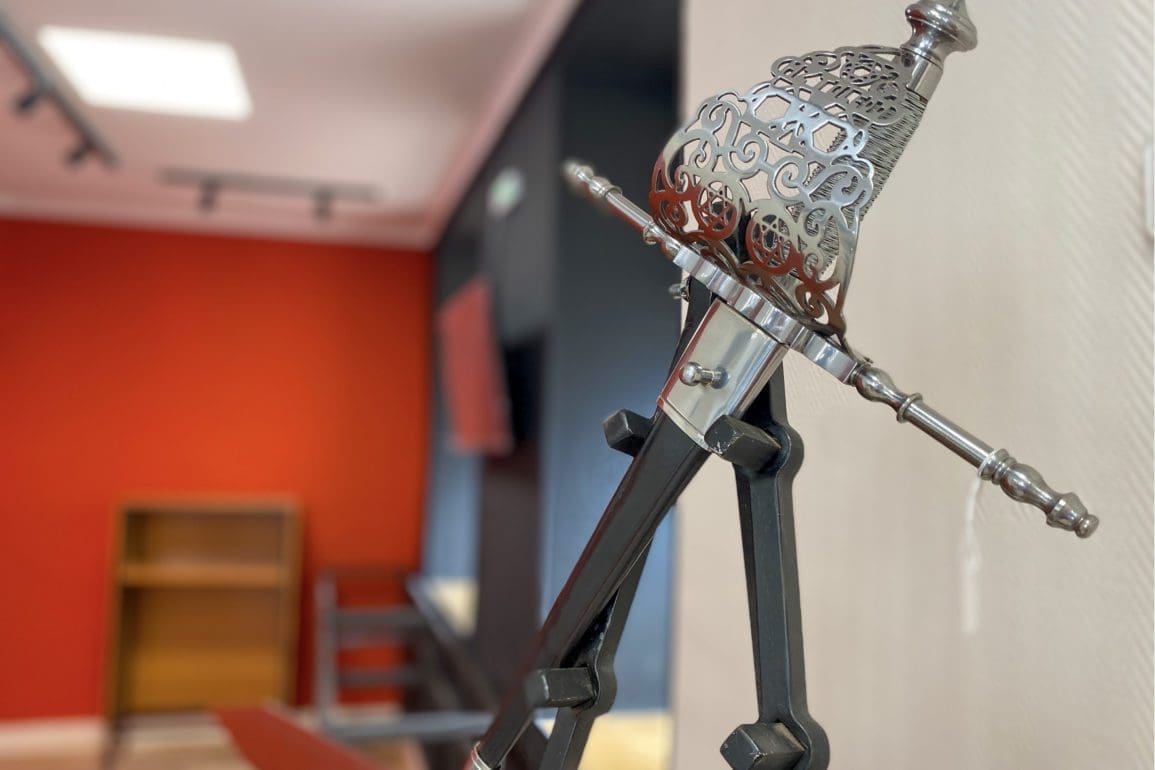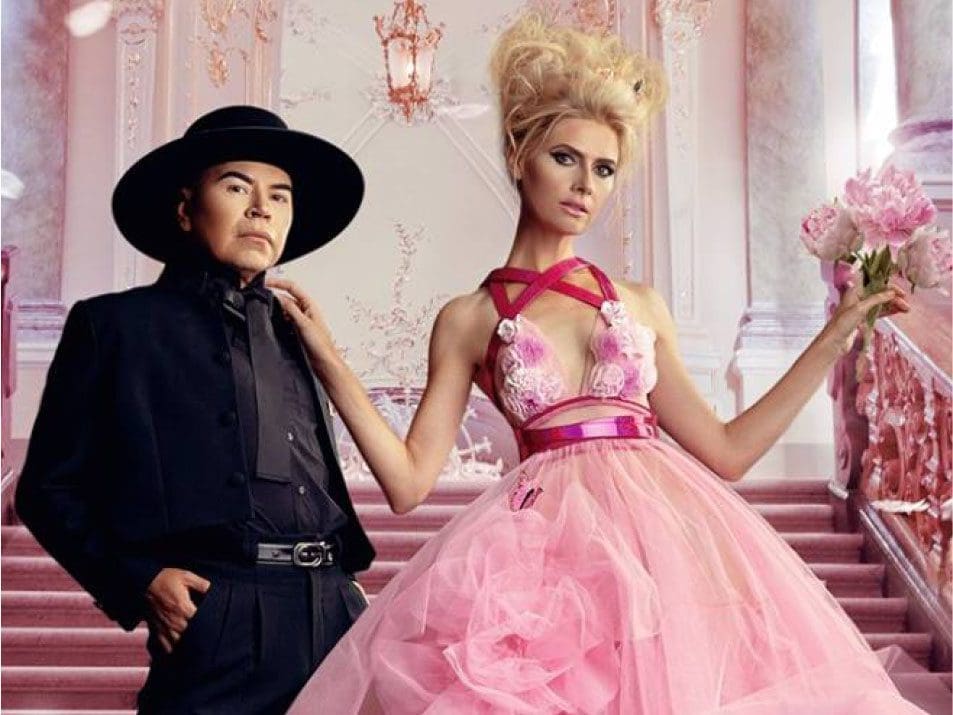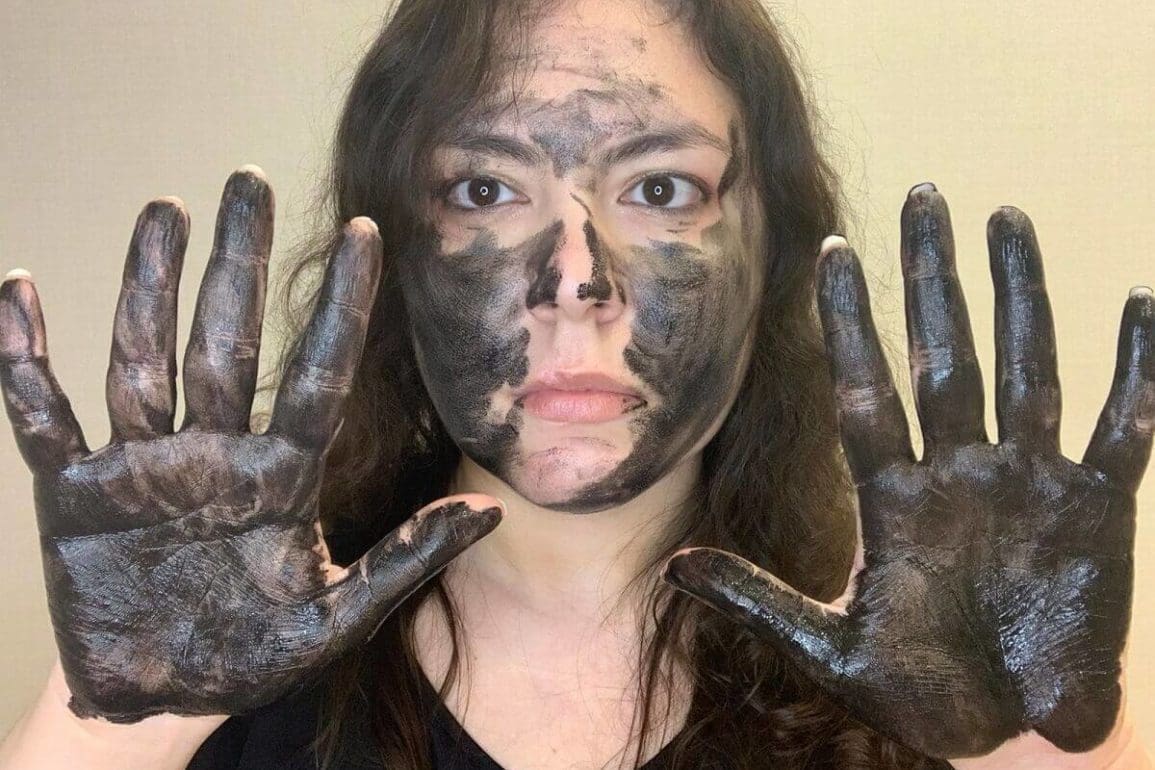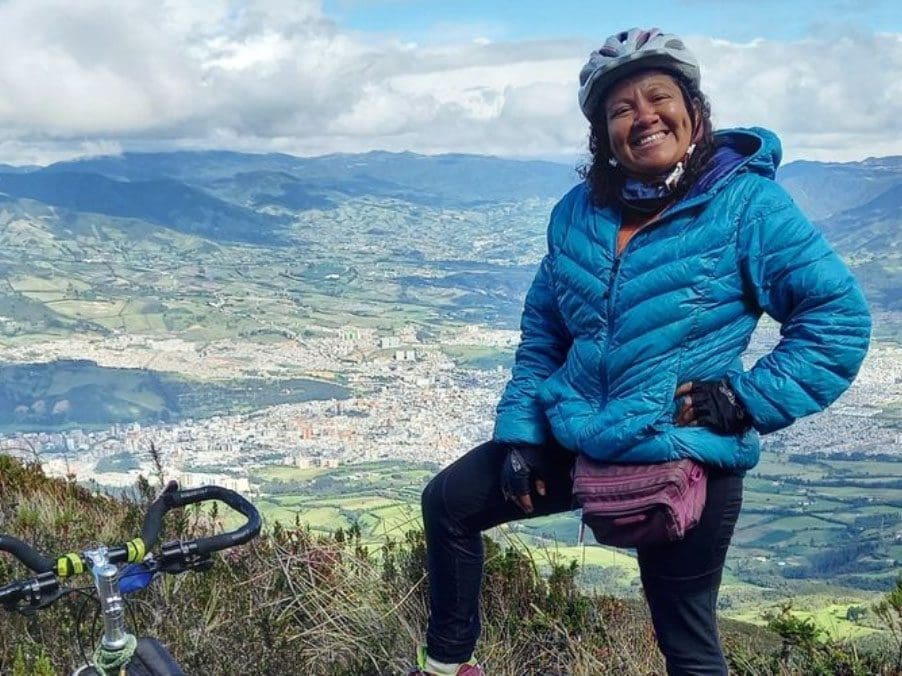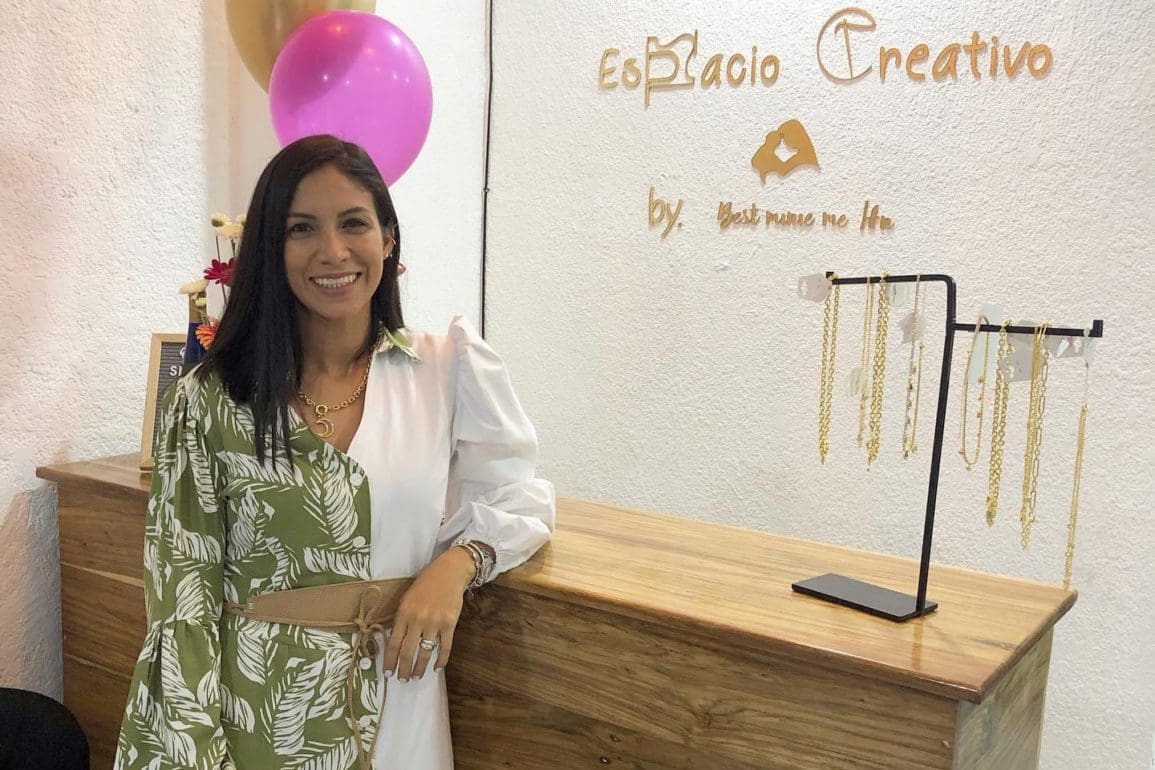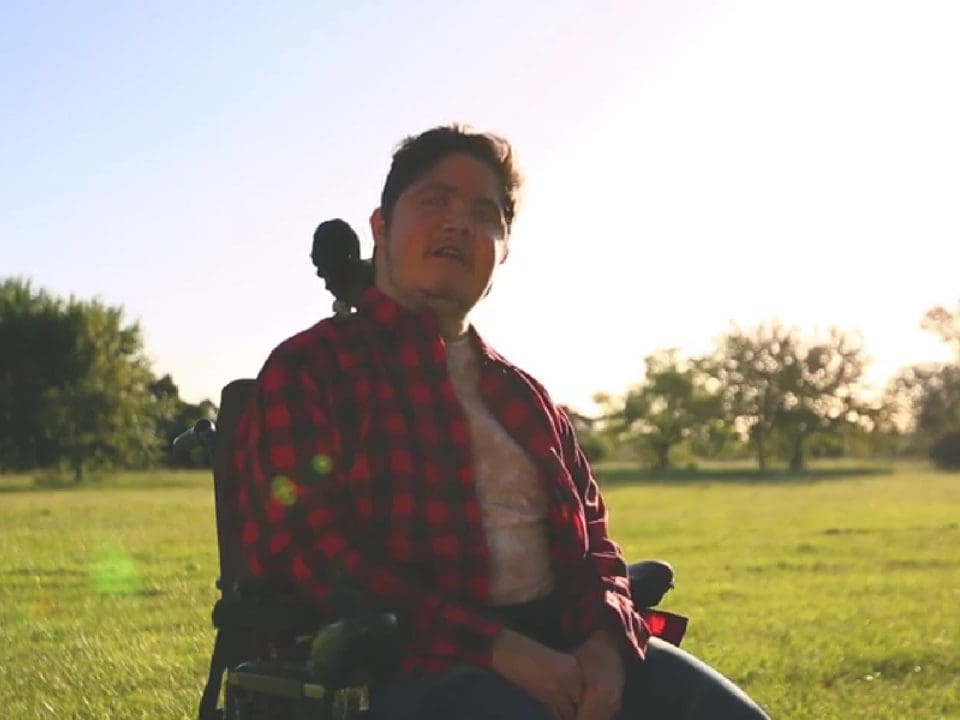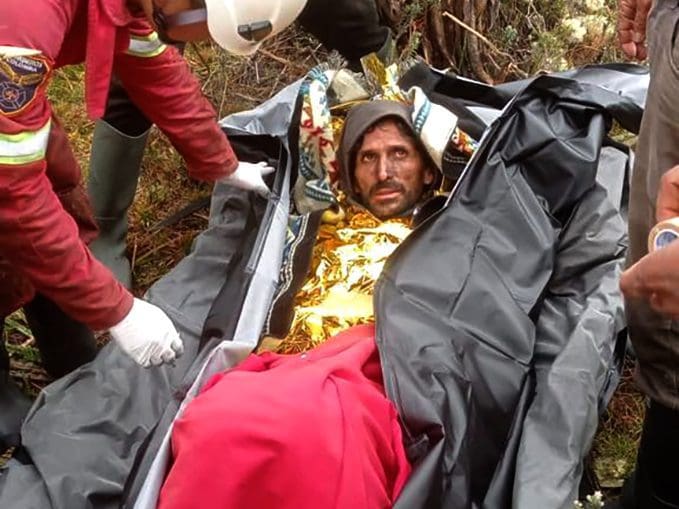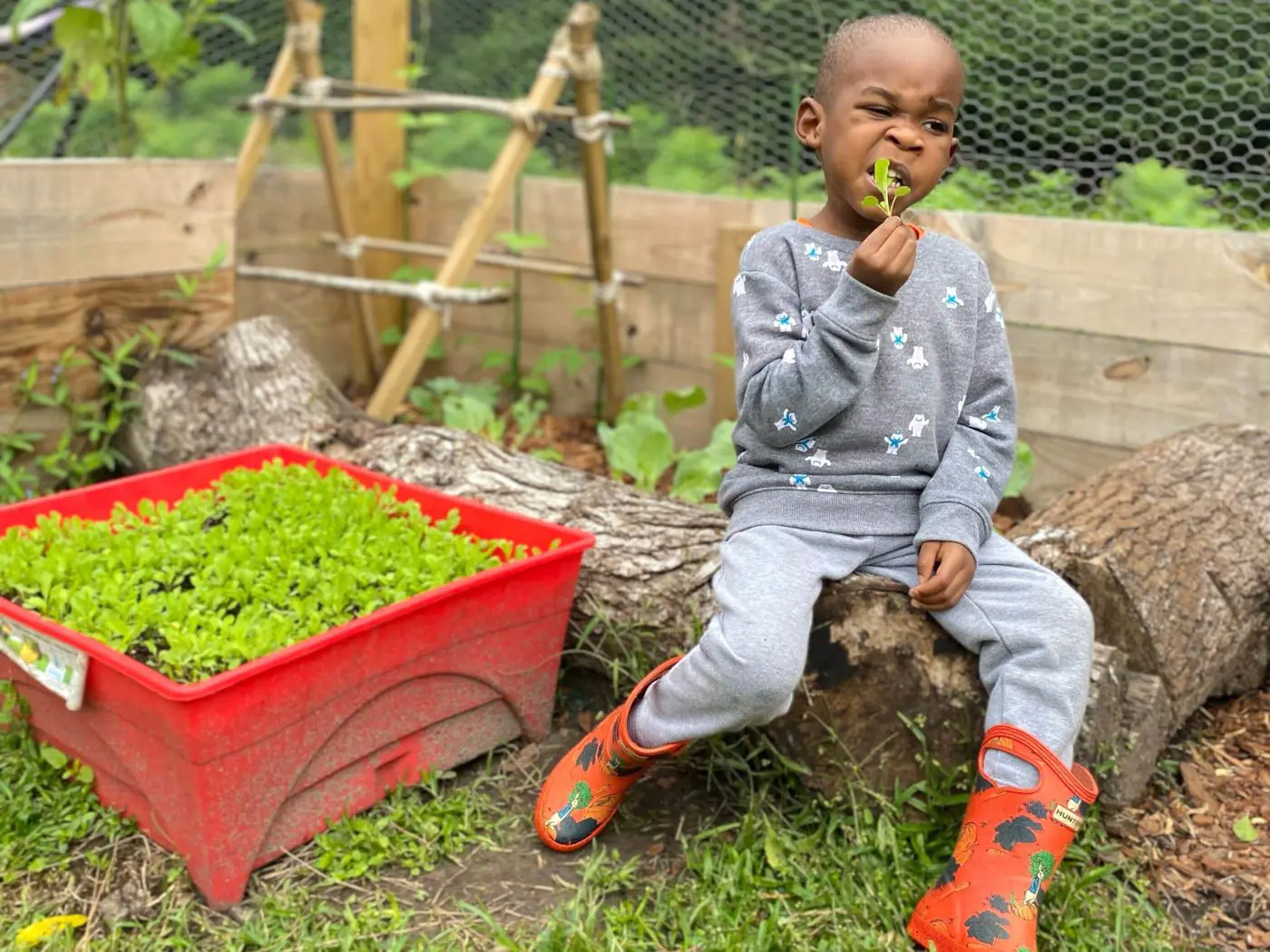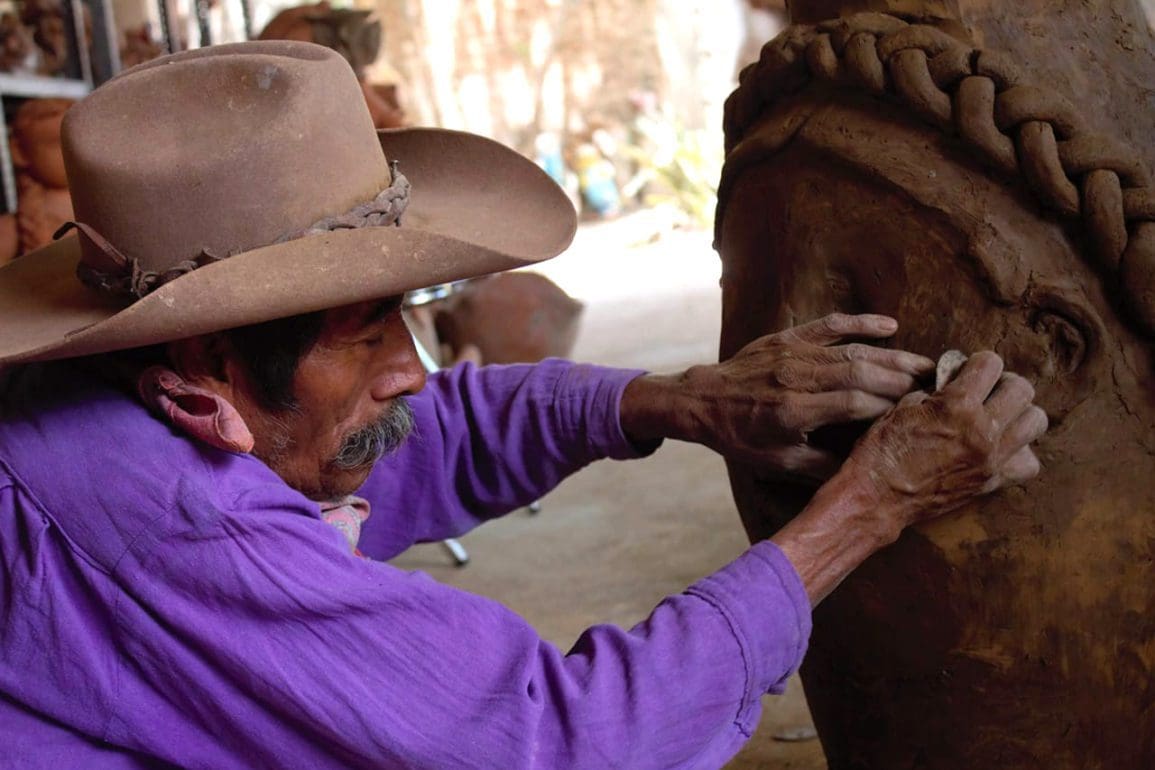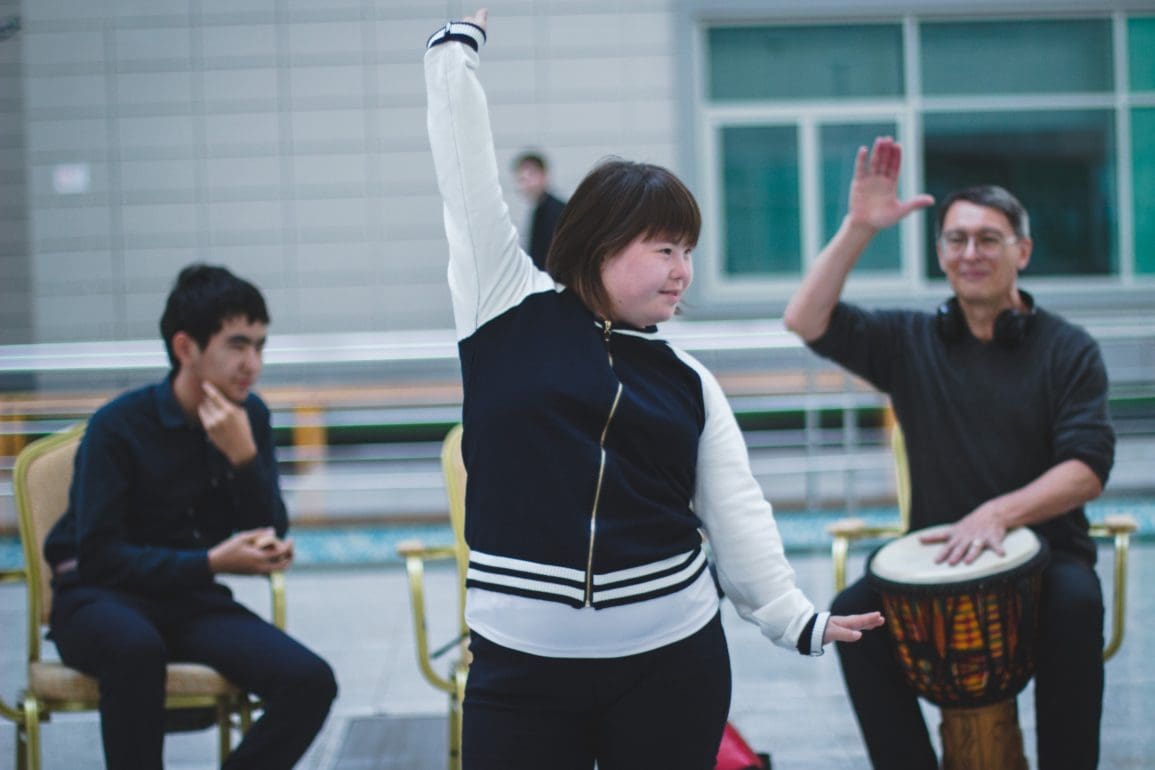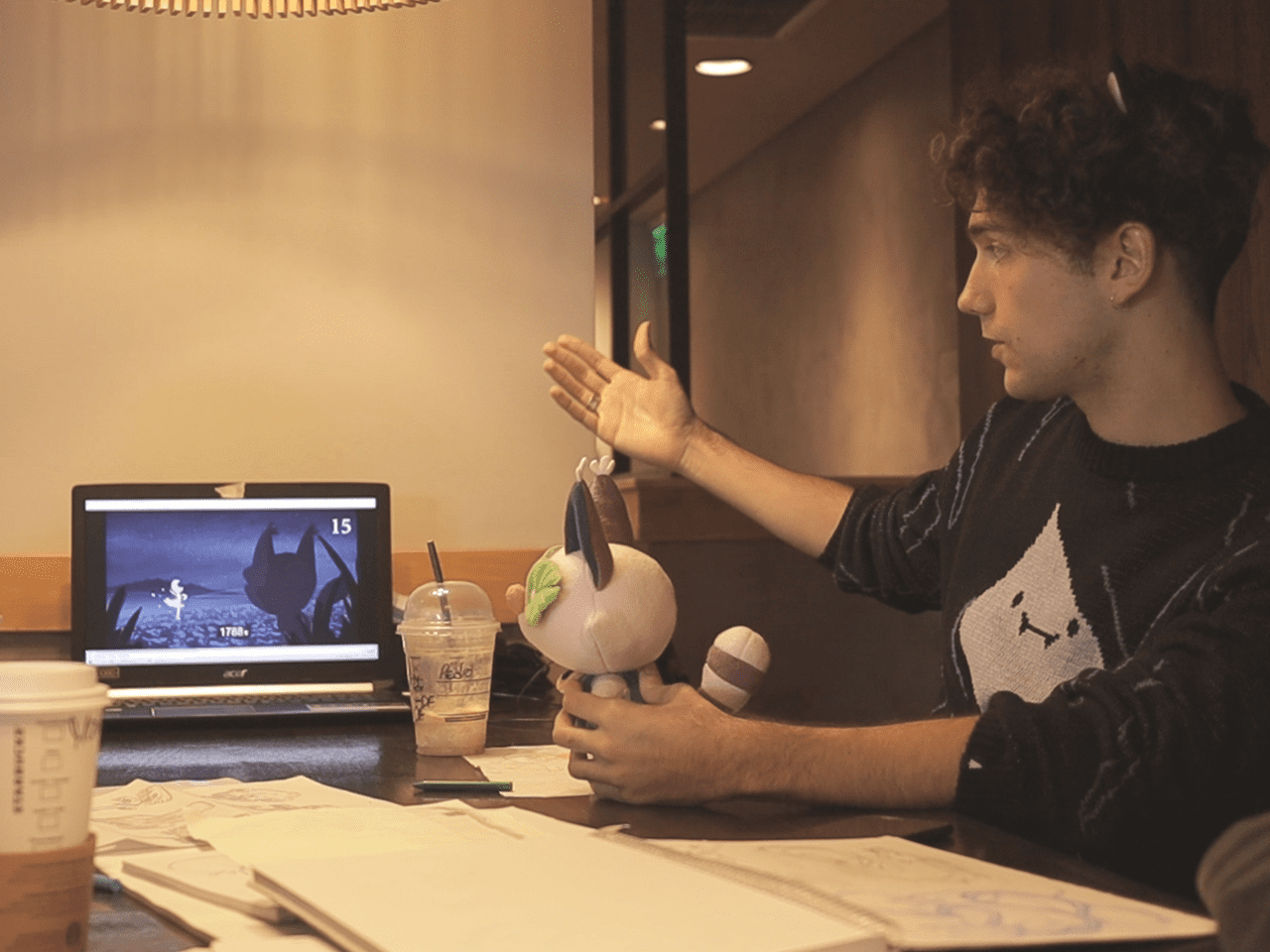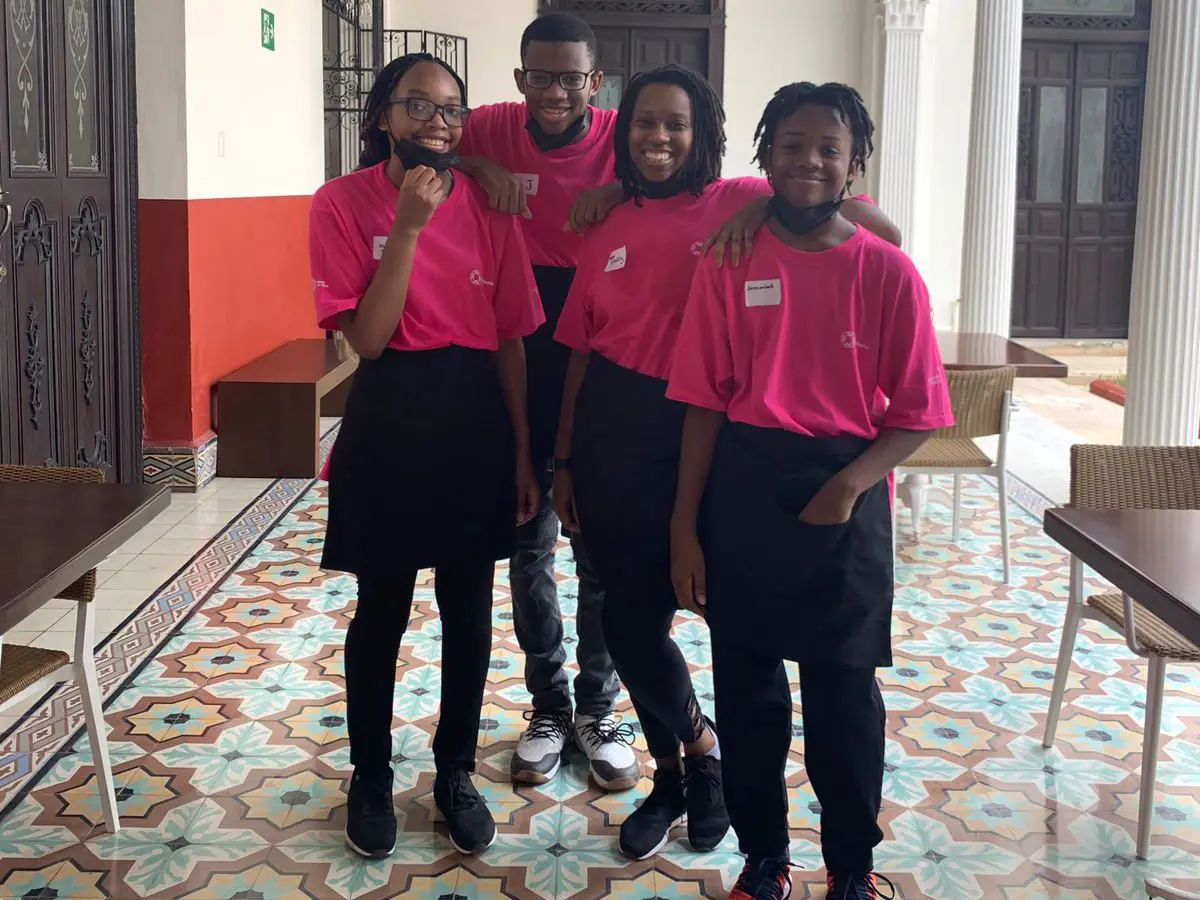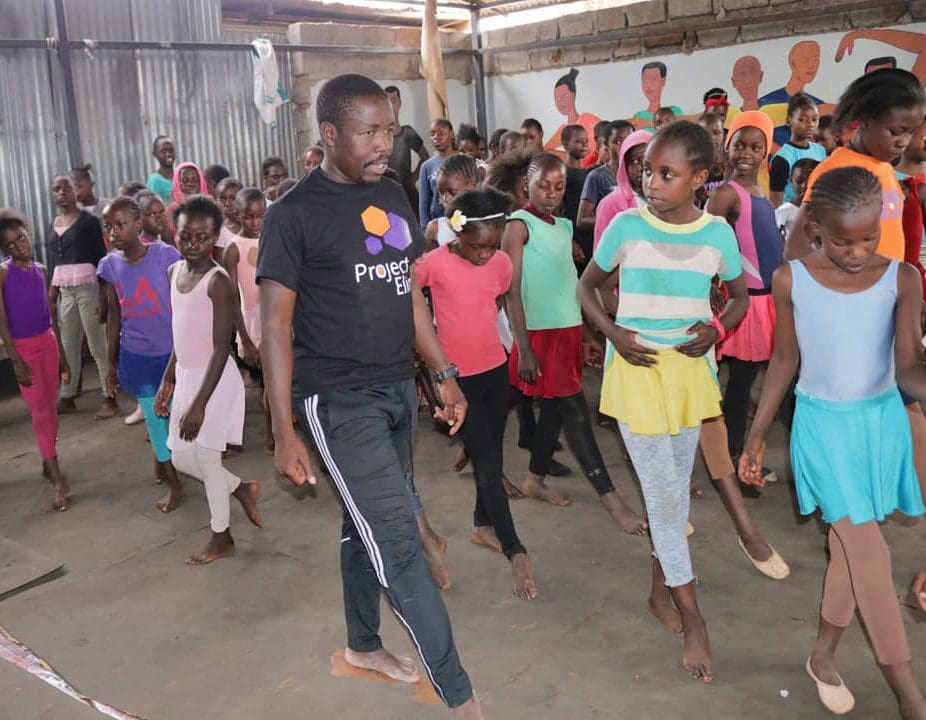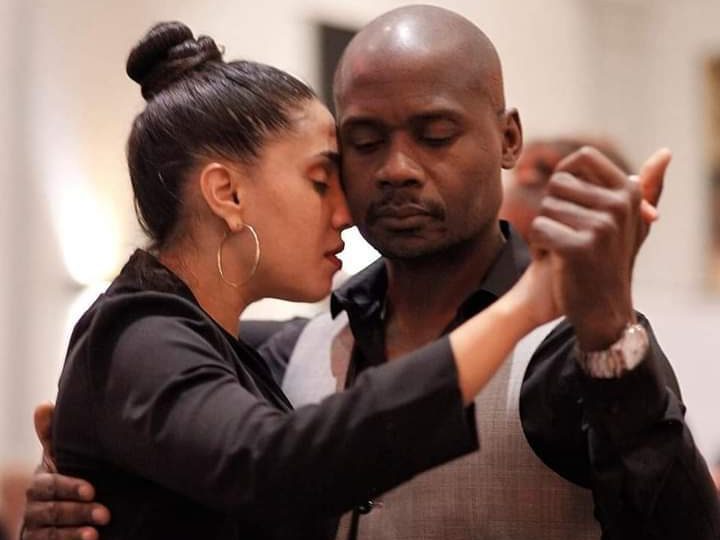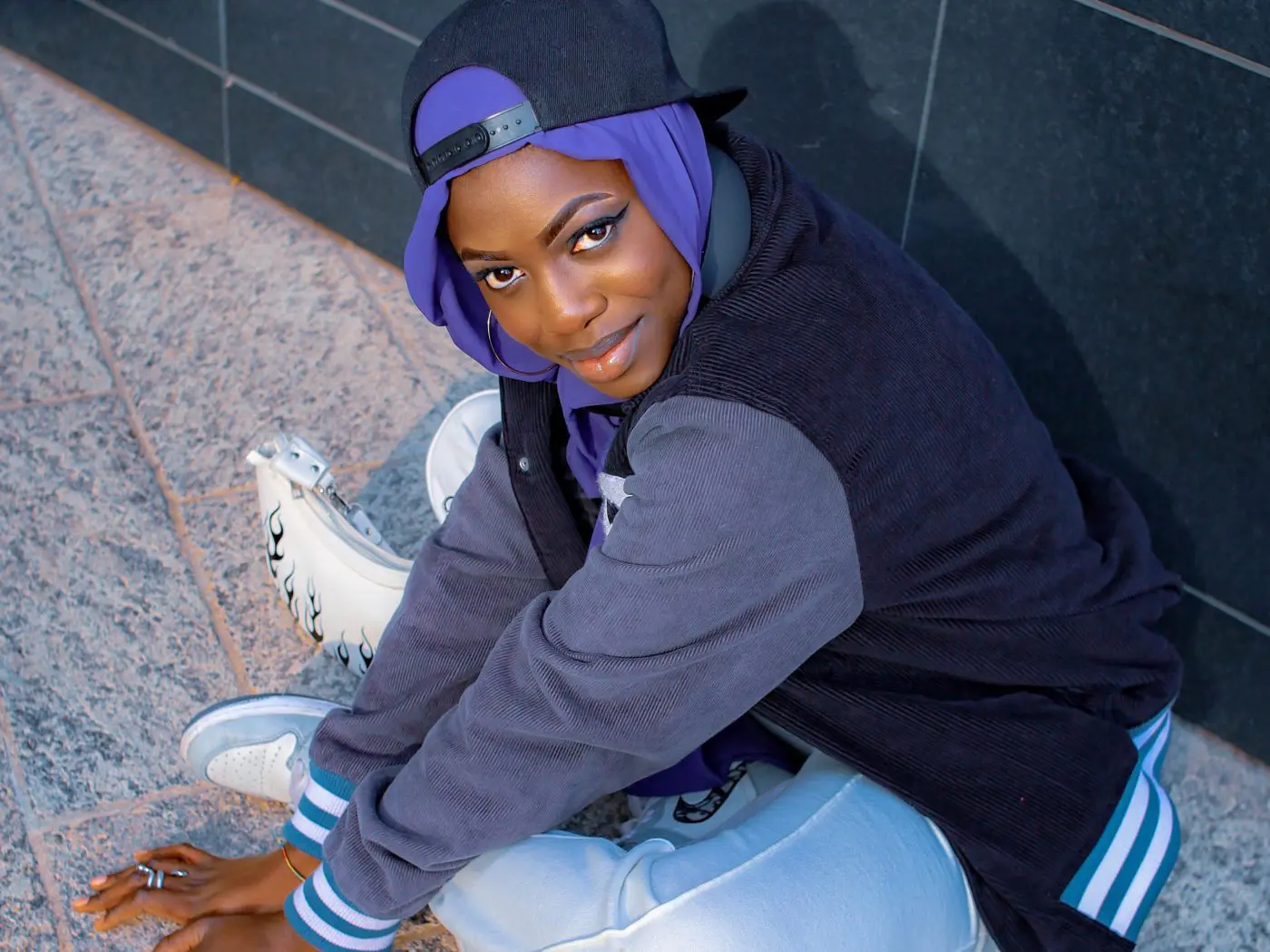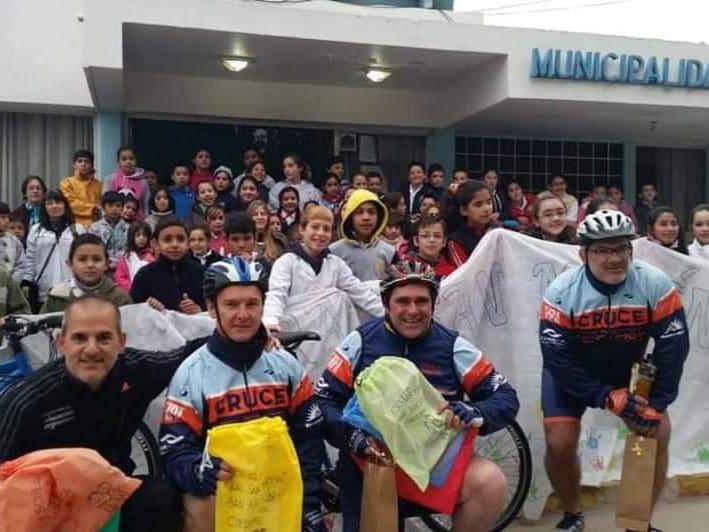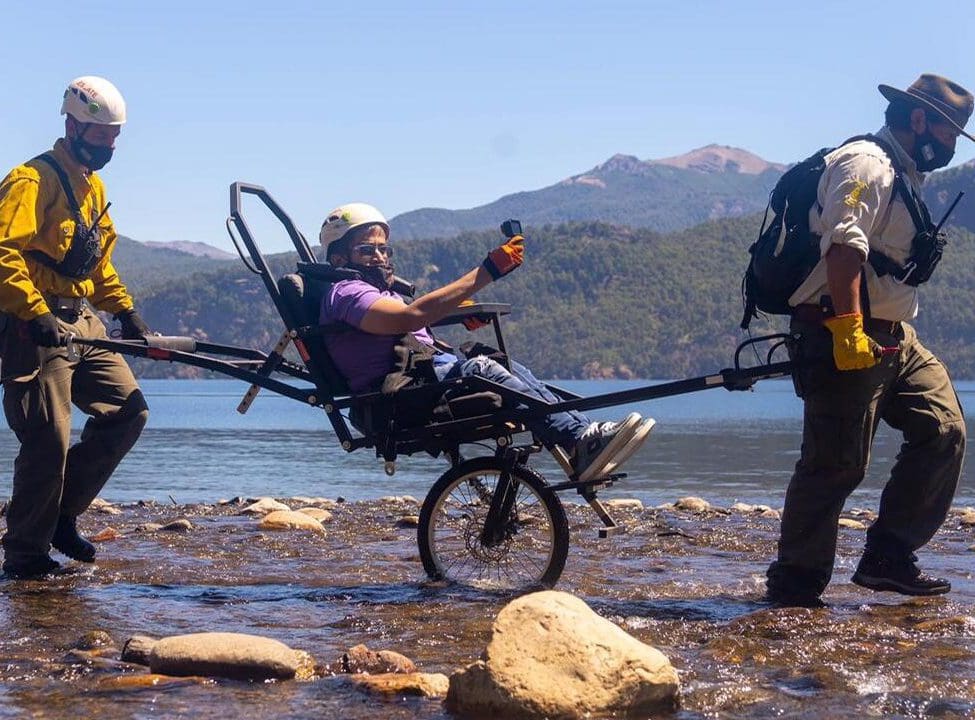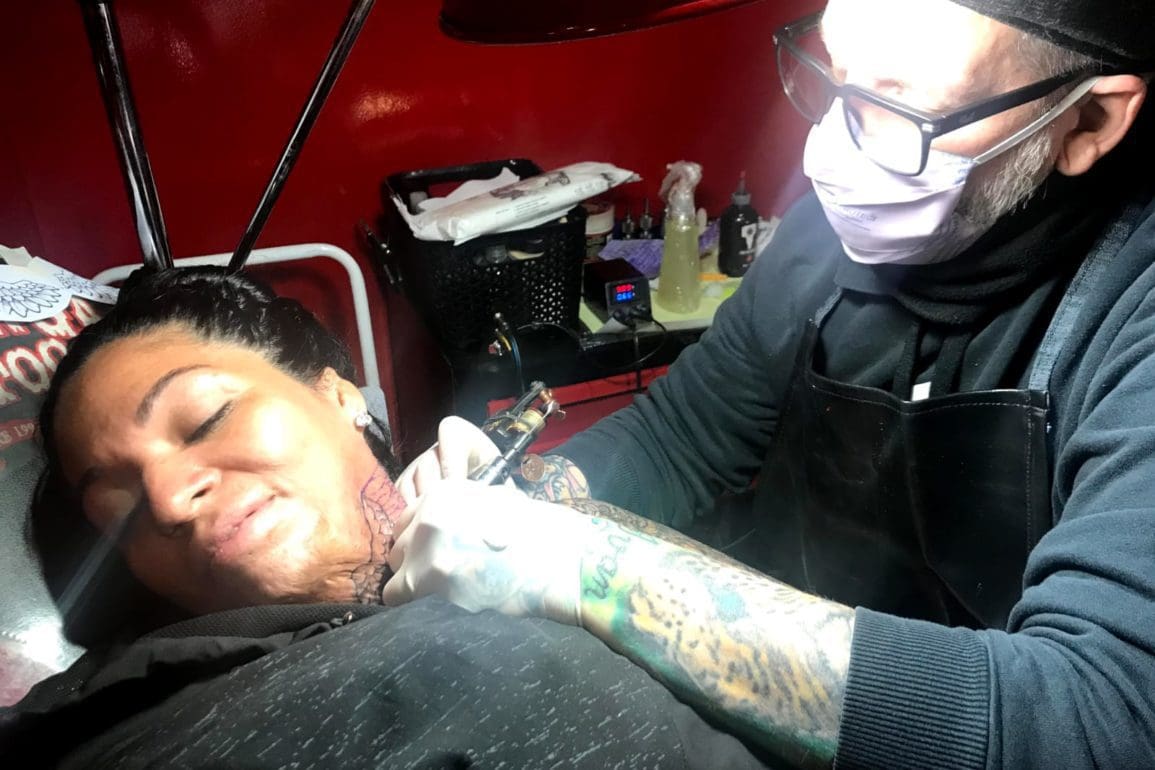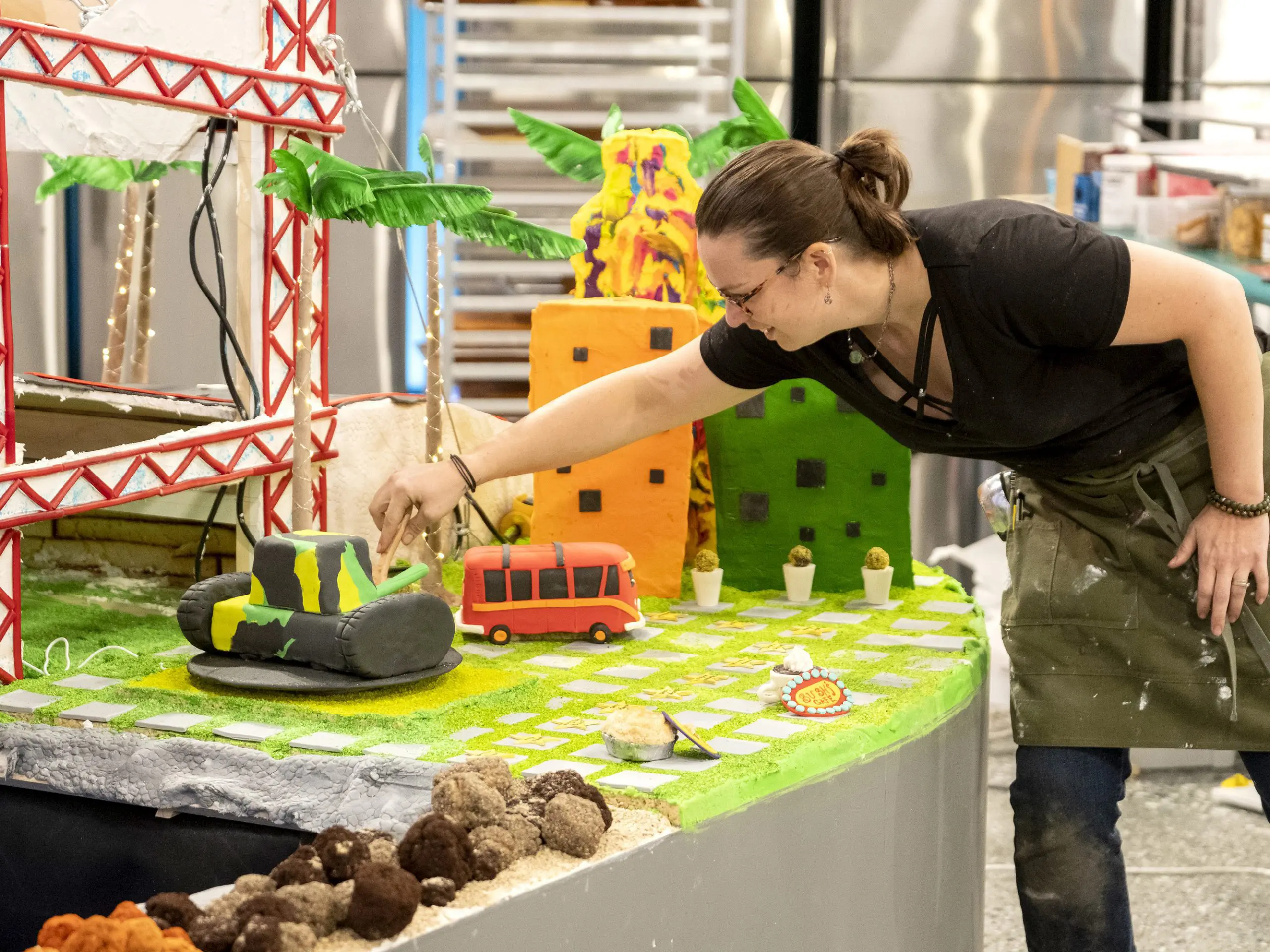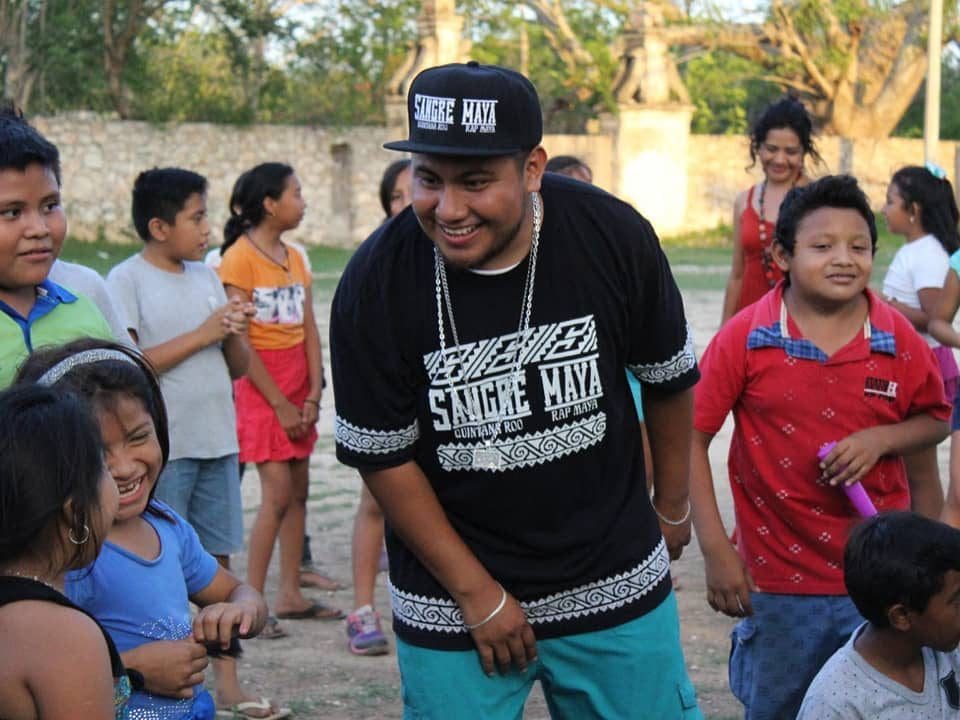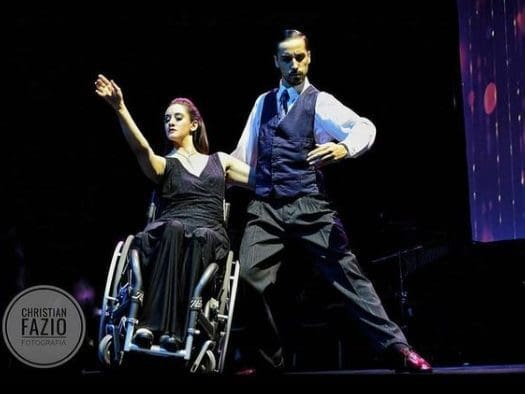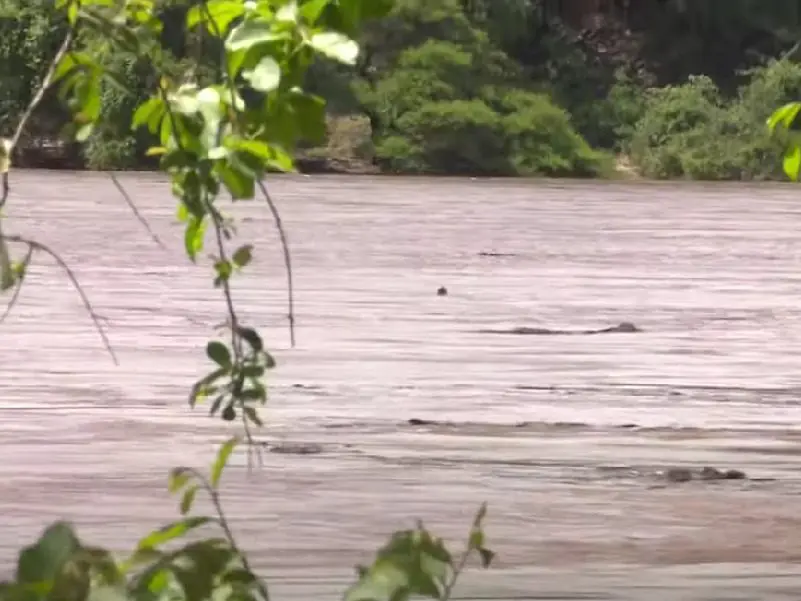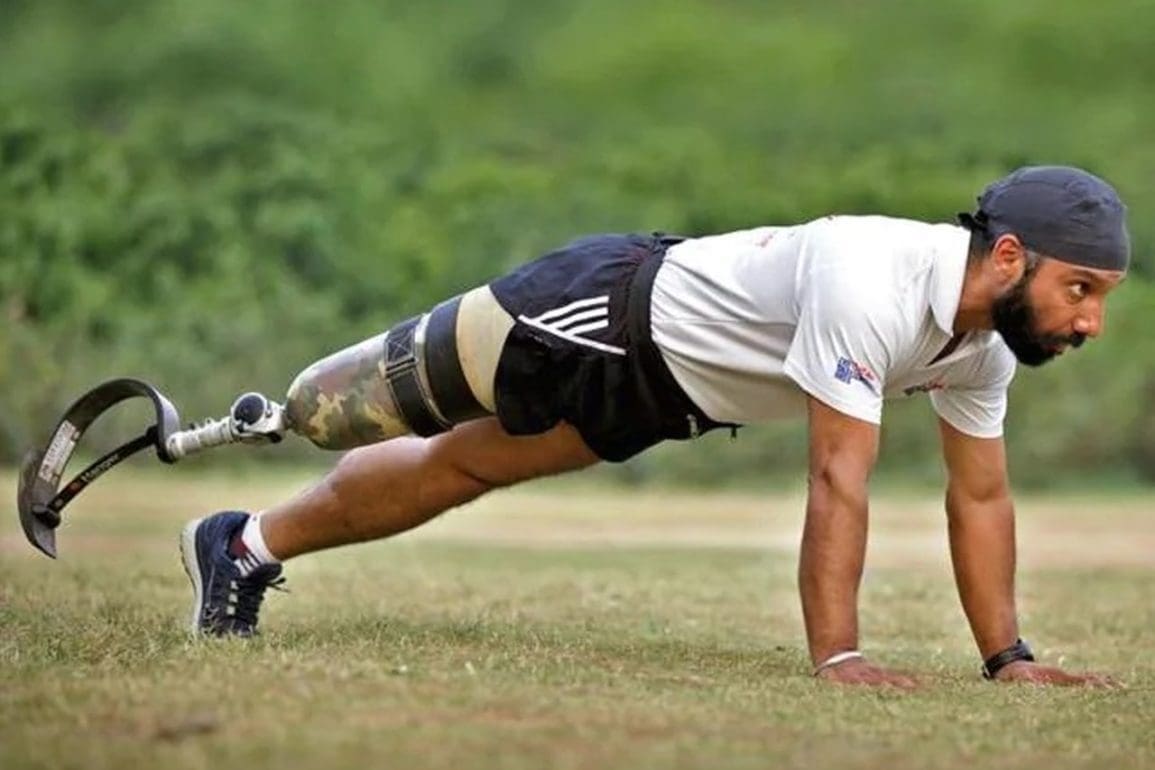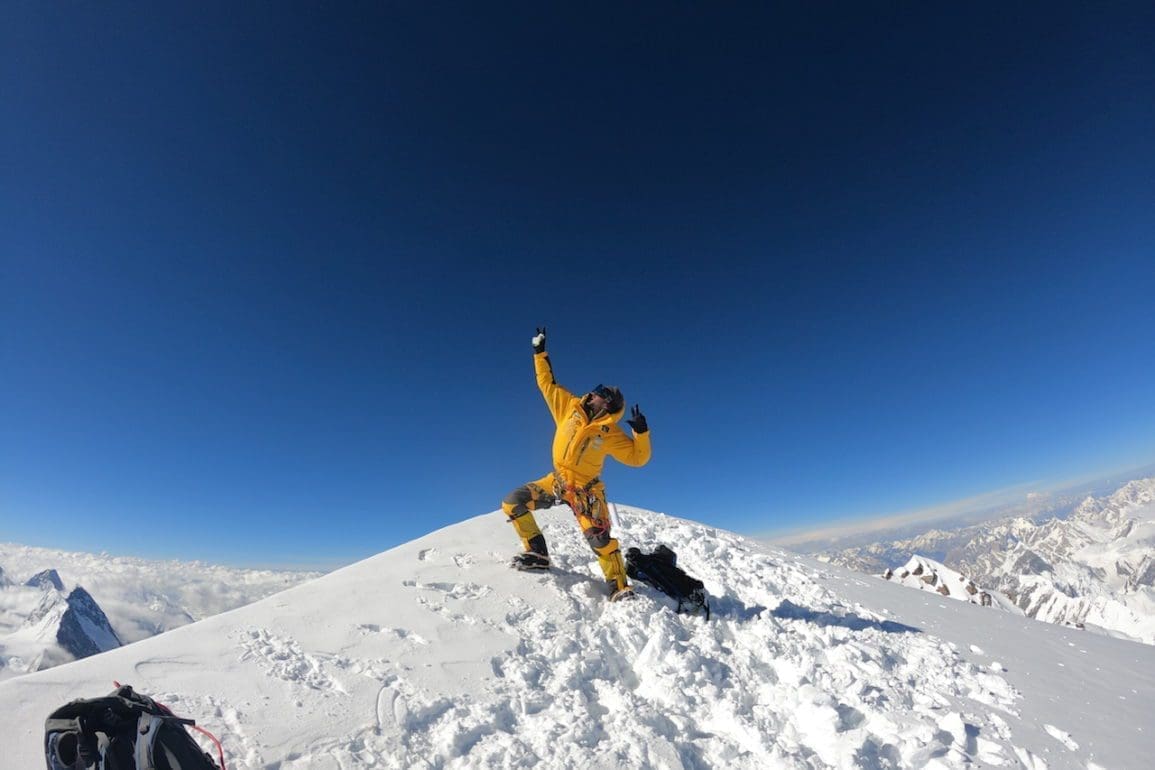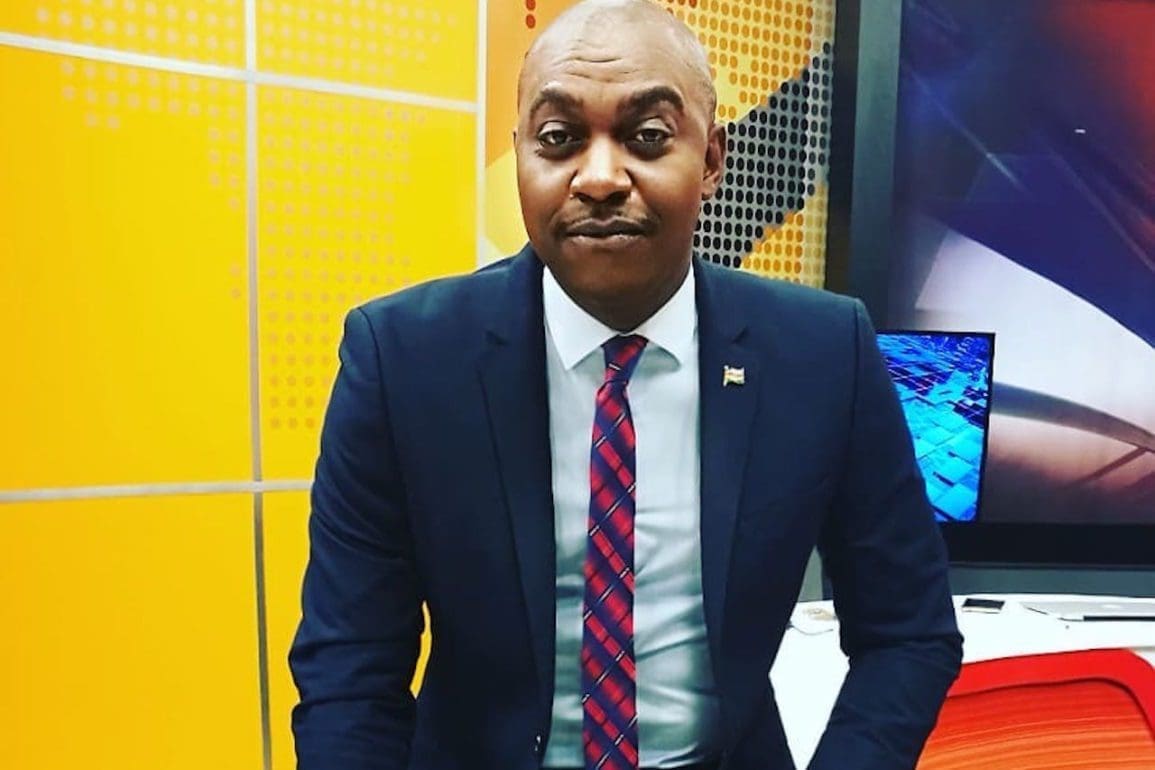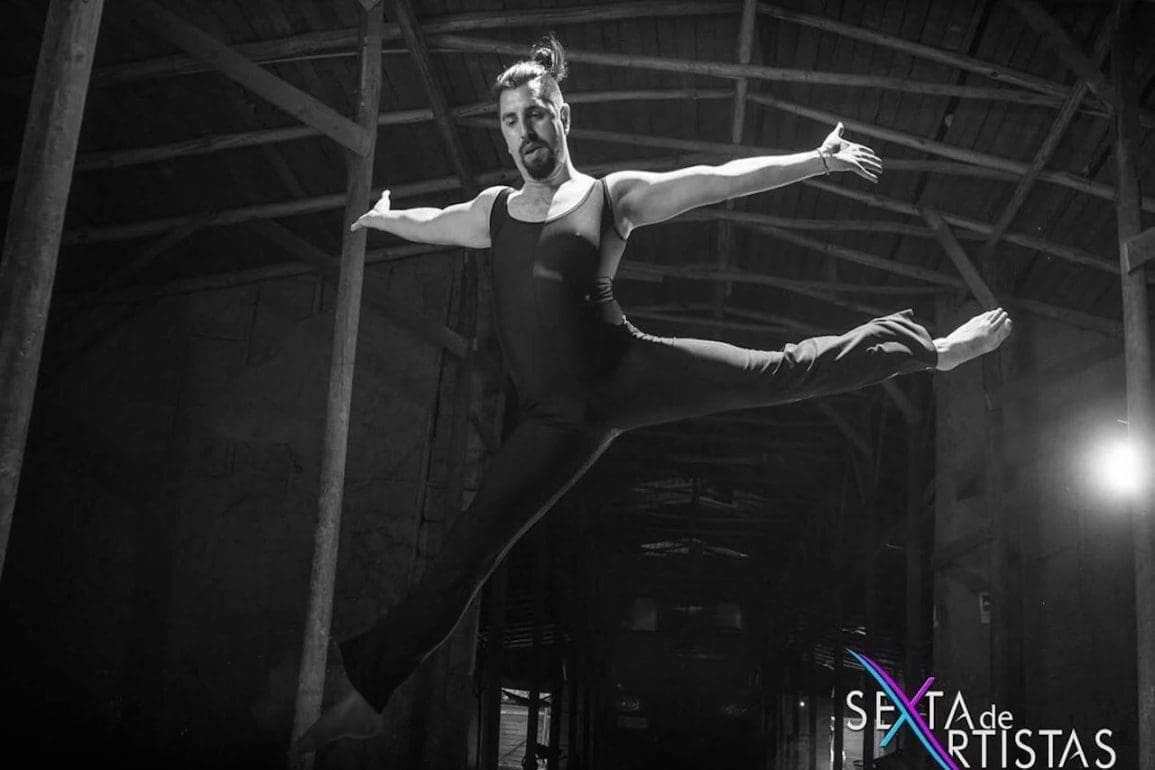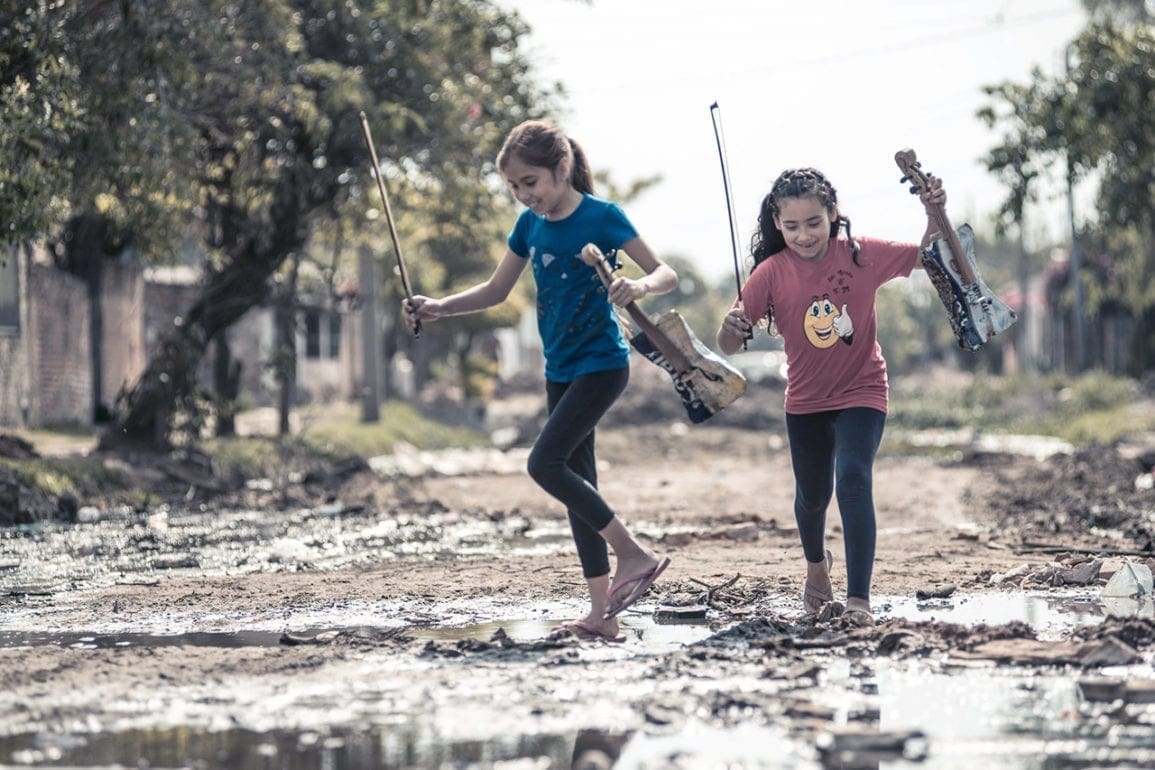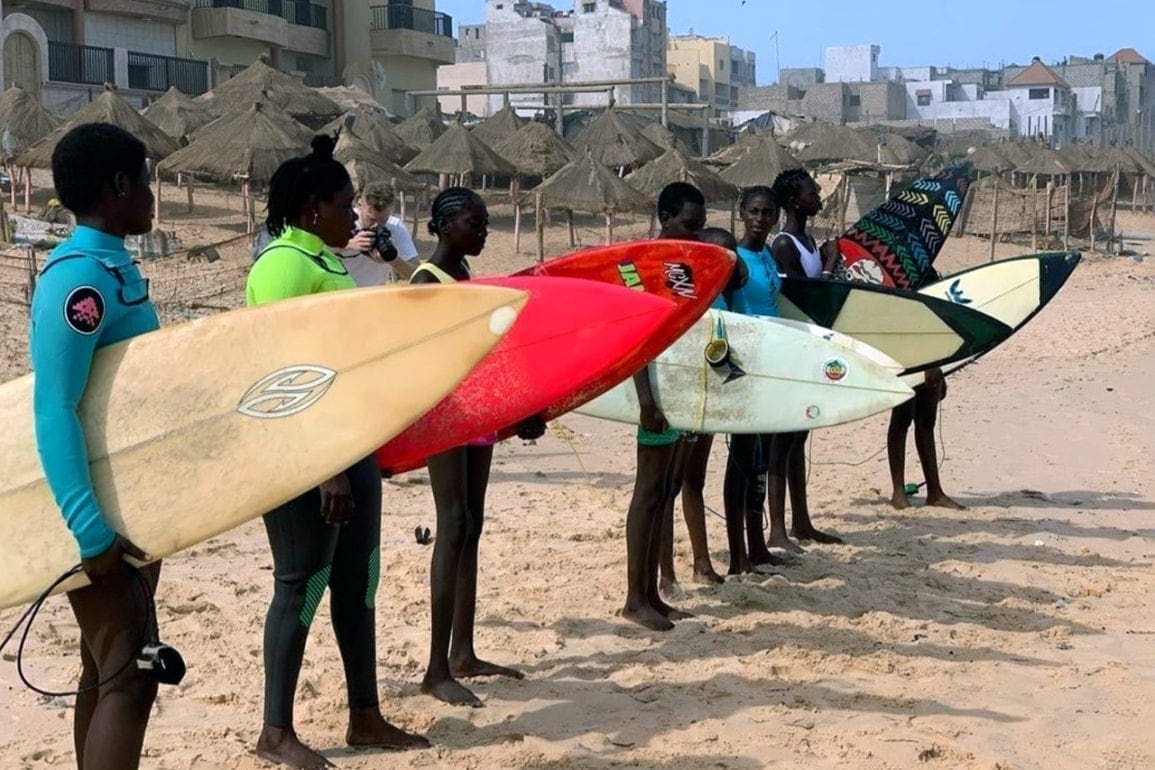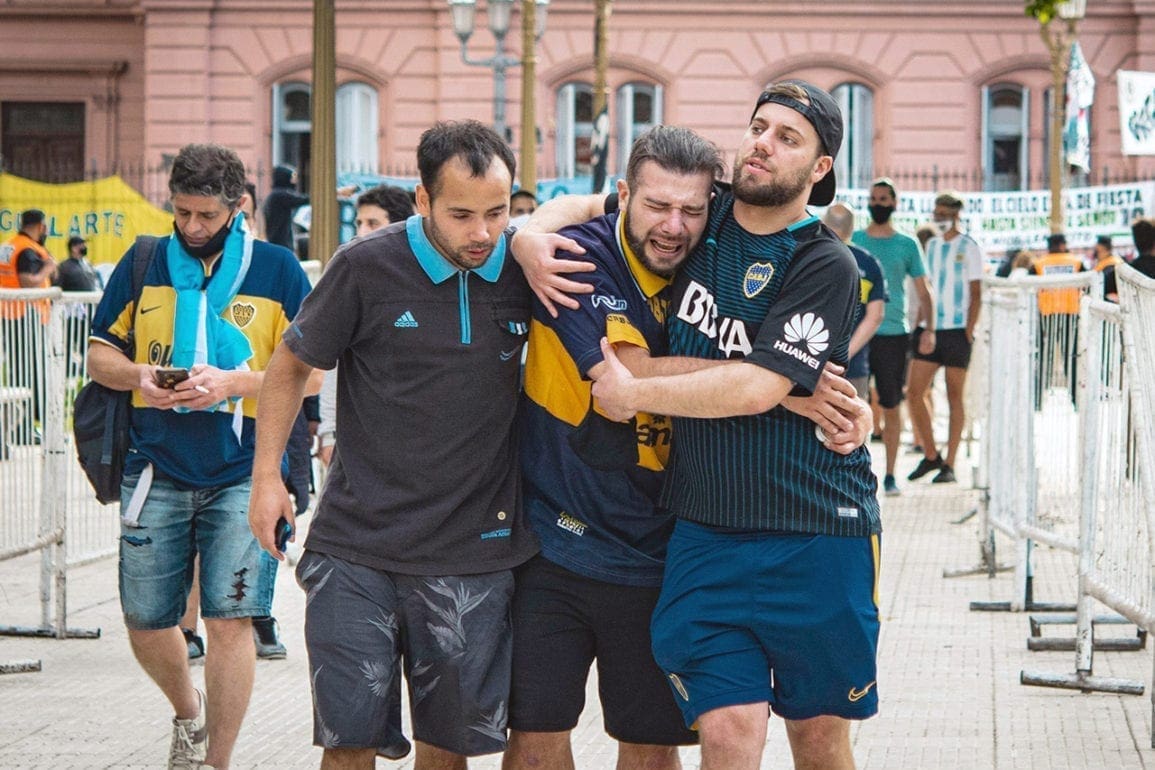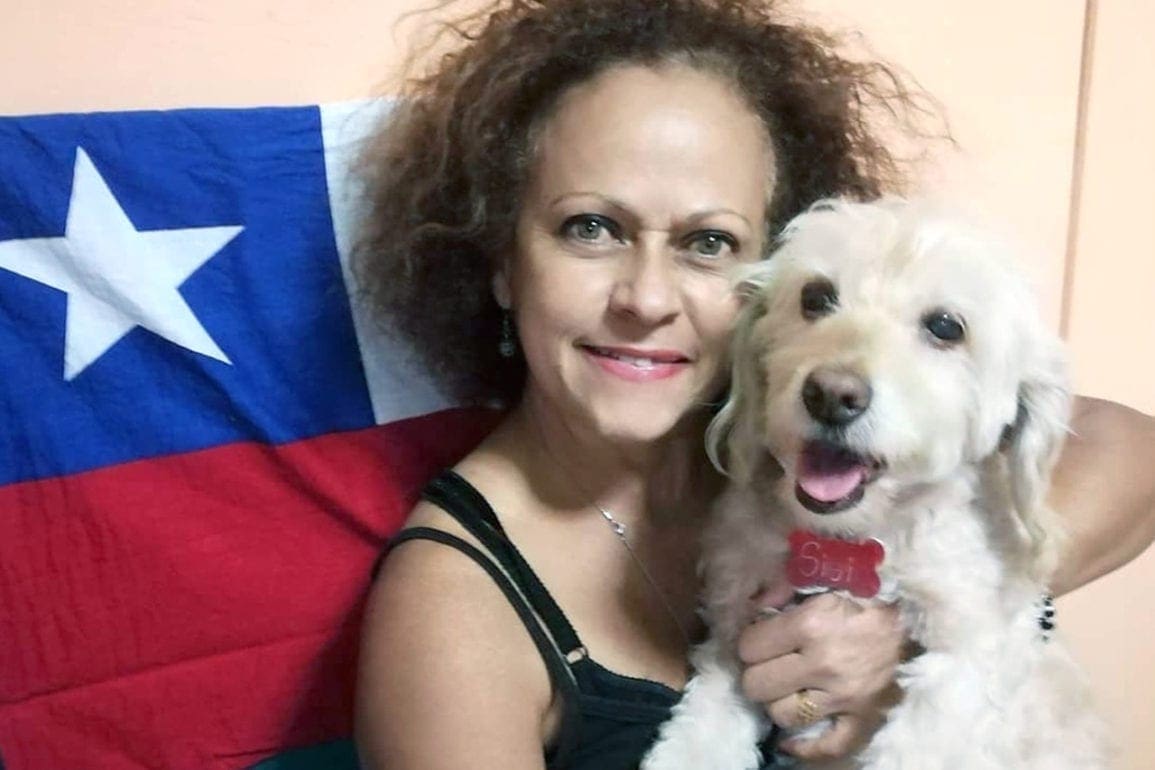Like a time machine, visiting the archeological sites of Orce, Spain reveals the mysteries of early European human history
There, in the arid terrain as the fog hovered and ran through the ravines and valleys, I often found myself in contemplation. It felt like a scene from a movie and the fog represented the water that ran through the region millions of years ago.
- 2 years ago
January 11, 2024
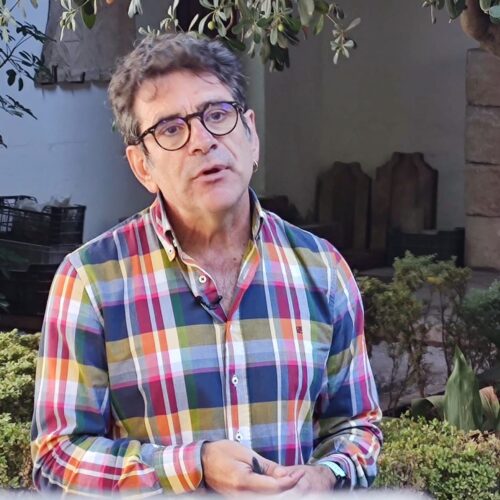
ORCE, Spain ꟷ In a small town in Spain in the province of Granada, the oldest Homo genus remains on the continent were found, dating back 1.4 million years. [Additional fossilized remains of large mammals determined to be 1.5-1.6 million years old, make the site an archeological masterpiece, according to BBC.] This incredible site remains an open book, revealing data and research on the first humans to ever inhabit the European continent.
The secret world of Orce began to unfold in 1976 when a farmer working his land found “stones” resembling bones. In the middle of his routine, this countryman knew he possessed something unique – possibly the fossilized remains of an extinct fauna. When professionals from the Institute of Paleontology from the Barcelona Provincial Council arrived, there before their eyes, they found a true paradise.
Now, nearly 50 years later, as a Professor of Prehistory and Archeology at the University of Grenada and the Director of the Orce Project, I have witnessed all stages of development in this incredible place. Year after year, I added to my learnings of prehistory and fell more in love with the unmatched wealth of Orce.
Read more archeology stories at Orato World Media.
There, in the arid terrain as the fog hovered, archeologist finds himself in deep contemplation
I dedicated my early adult life to music, but an insatiable curiosity to unearth the past gnawed away at me. So, at the age of 27, I changed my coursework and dove headfirst into prehistory. When I descended upon the charming lands of archeology as a volunteer and inquisitive intern, I found a place full of treasured mysteries.
The people responsible for various research areas sent us our assignments and described the campaigns. With a compass in hand, we studied the details and articulated everything needed to carry out the investigations.
We awoke early in the morning and ate breakfast under the explosive orange sunrise. By 7:30 a.m., as the sky turned blue, we set out for the fields where each person, according to their skill, moved to a particular location. There, in the arid terrain as the fog hovered and ran through the ravines and valleys, I often found myself in contemplation.
It felt like a scene from a movie and the fog represented the water that once ran through the region. That water, millions of years ago, served as the backbone to a garden, teeming with life. I traced the route of the fog with my eyes imagining the ancient scene before me. In the middle of a calm, deep silence, we worked tirelessly and patiently. We spoke little, allowing our discoveries to take center stage. What little conversation ensued sounded like small islands of murmurs.
At 2:30 p.m., we trekked back to town to eat and rest before beginning the field laboratory work. We catalogued, classified, and organized materials for shipping. While my role shifted in time from intern to researcher to the current director of the Orce Project, these years immersed in mystery proved to me that exciting research always lies ahead.
Orce presents a wonderland of treasure for visitors, curious learners, and scientists
As we turned our vehicles to the road, absorbed in the magical landscapes of Granada, the vibrant sky melded into shades of yellow, orange, and red as day faded into night. In this place, you can find researchers sharing methodological advances with eager students. We organize talks in town bars, sharing our work with visitors in a more colloquial way. Seeing each day’s findings fills me with emotion. Even more exciting is seeing adults and children exchange curious glances as their eyes fall upon artifacts.
Recently, we found many unique finds concentrating our efforts in three well-known locations in the basin: Fuente Nueva 3, Barranco León, and Venta Micena or cut 4. Without a doubt, the Fuente Nueva 3 site provides the most outstanding results.
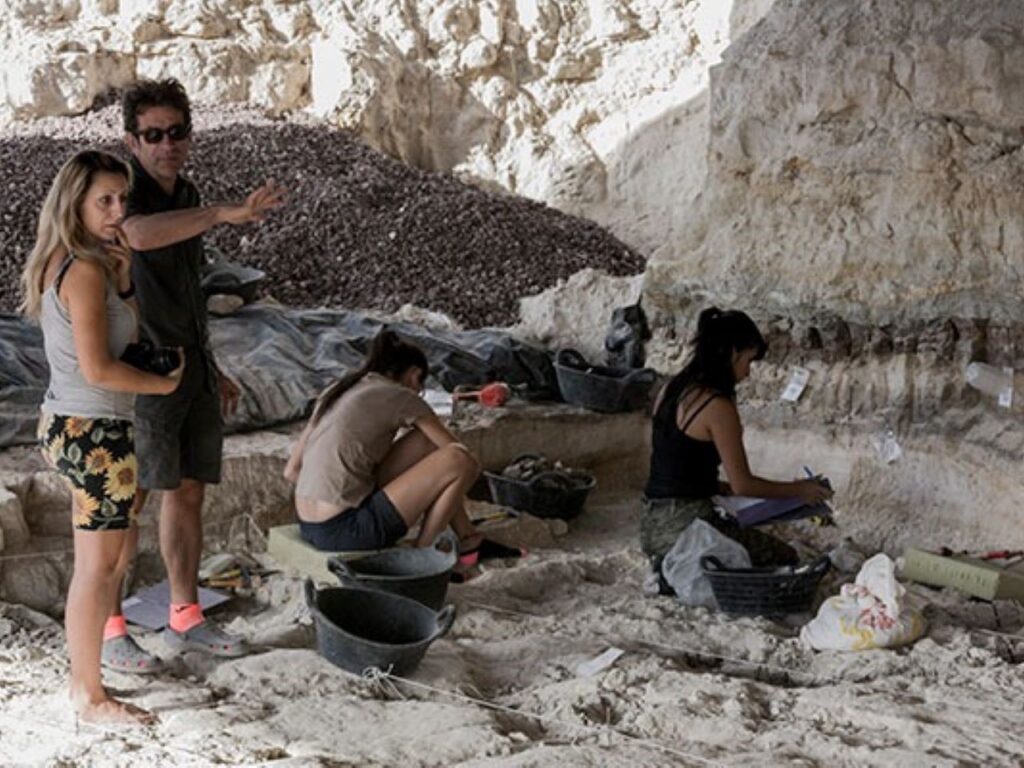
One day, I immersed myself in the dug-out area, surrounded by dust and rock. Suddenly, a quiet murmur broke the silence and soon, I heard my name. I sprang up and ran. Perplexed at first, I soon realized we unearthed outstanding archaeological evidence of humans – a spheroid or a utensil made of limestone.
Extremely rare in Europe, this almost perfectly rounded object was originally created by extracting small pieces of stone until faceting a ball. Producing a spheroid remains complex and denotes highly developed cognitive and psychomotor abilities.
After confirming the finding in the laboratory, we soared with excitement, but it wouldn’t be our only celebration. At the same site, we found the juvenile jaw of an extinct rhinoceros in an exceptional state. After tireless hours of work, when I heard, “Juanma, you have to see this,” a rush of adrenaline made me emotional and clumsy. Trying not to fall, I looked at my colleagues, their eyes full of tears, and I knew they had discovered something important.
Millions of years of human history is buried in the earth
Archeology is like finding a key that opens doors to an unknown universe. You remain present in this universe, writing new chapters of history and discovering things hidden for millions of years.
I will never forget standing in front of the tusks of the great mammoth known as the Pleistocene Titan. At four meters or 13 feet long, the tusks looked enormous and impressive. Amongst findings like this, we also discover tiny bones of lizards, snakes, frogs, and turtles trapped in the sediment.
There, in the storied ground, we encountered a varied set of lithic tools carved in flint and limestone by the first inhabitants of the European continent. In each mark, I imagine them working; and in each footprint I see a scar that tells a story. These postcards from the past add important pieces to the puzzle we are building.
With all these results, and many more not mentioned, the future of archeological research remains vibrant. With each new interpretation of human history, our team in Orce, Spain is making a big impact around the globe. Each day of my life, I have the privilege of asking questions like, “Who are we, where do we come from, and why are we here?” Then, I read the answers in the land.
Being Director of the Orce Project is like being the conductor of an orchestra. I give the entrance and the first sounds appear. Suddenly, all the musicians, each with their own instruments, begin to play. They know what they must do. I stand at the center, absorbed in the melody as it transports me to the past – to a living history with a beating heart. Like a time machine, the pathways through the sites stimulate my senses and reveal the mysteries of the past.




